












































To date, almost 3,500 solar panels have been installed across seven campus buildings. When the project is complete, the solar arrays will generate enough electricity to power approximately 400 homes. Some of that power will be sold into the District of Columbia’s Community Solar program, bringing revenue to the university while generating clean energy, reducing costs significantly, and providing critical resiliency benefits in the event of a grid outage.
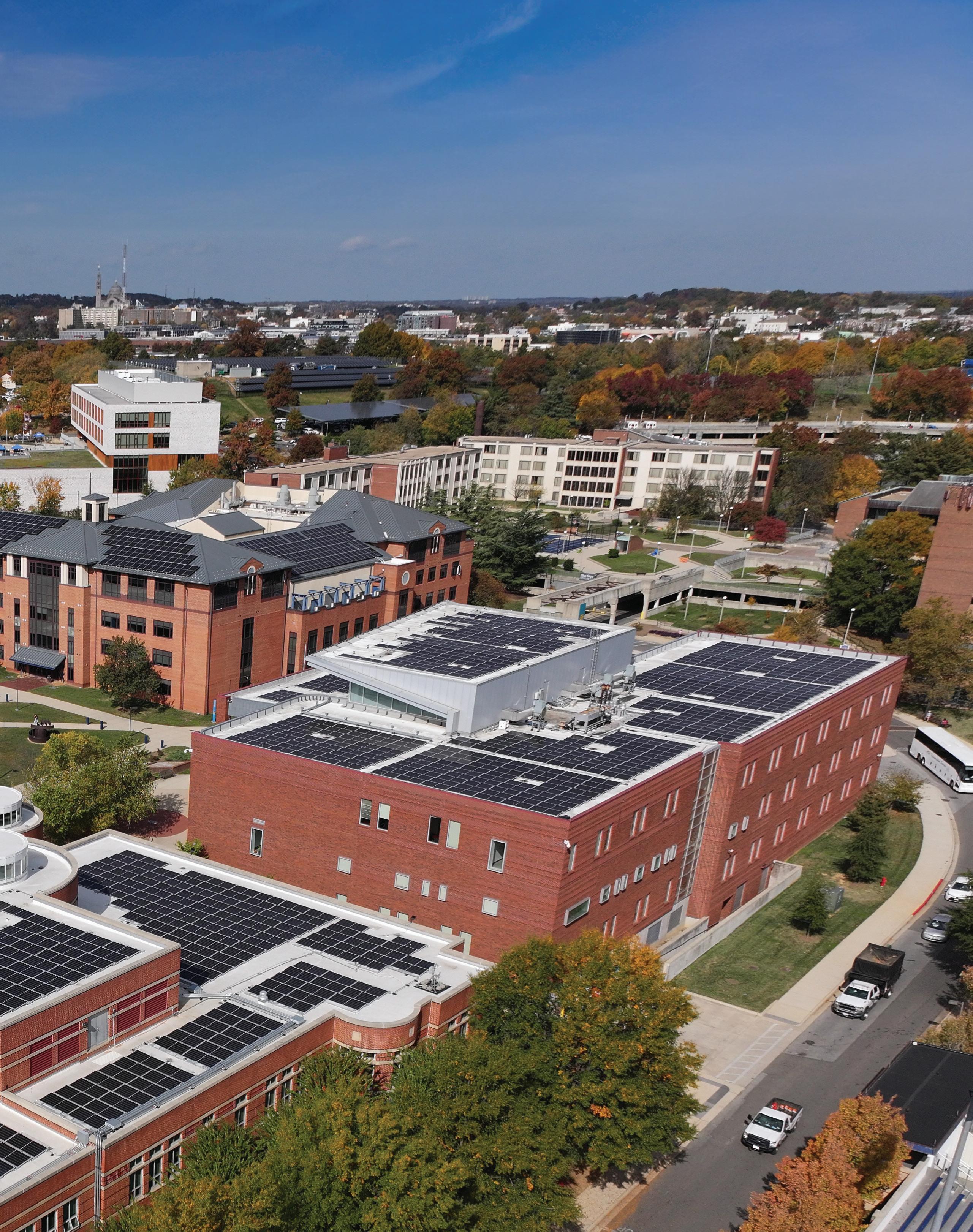
Gallaudet Today Magazine contains news and information for the signing community, including alumni and friends of Gallaudet University.
Editor
Robert B. Weinstock, ’77 & G-’83
Writers
Todd Byrd
Allison Gibbons
Victoria Hallett
Brandi Rarus
Rebecca Rydstrom, ’02
Frederick Scott, Class of 2026
Robert B. Weinstock, ’77 & G-’83
Designer
Meeya Tjiang
Photographers
Kerri Clark
Meeya Tjiang
PRODUCTION
Courtney Cannon
Bilal Chinoy, ’07
Glenn Lockhart, ’97
Elise Nye, ’94
WITH THANKS
John-Samuel Atkinson
Evon Black, ’87 & G-’96
Jeremy Brunson
Sarah Miller, G-’21
Guthrie Nutter, G-’15
Bruce Saperstein, ’11
UNIVERSITY COMMUNICATIONS
Chief Communications and Admissions Officer
Brandi Rarus
PRESIDENT
Roberta J. Cordano
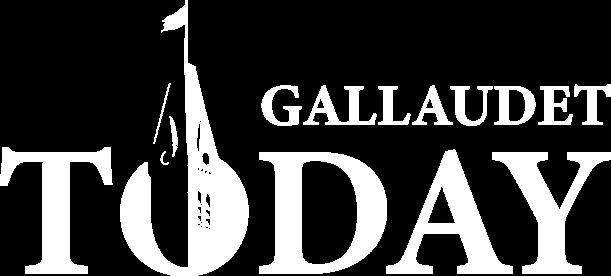
LOVE THIS PUBLICATION?
This twice-yearly publication is sent to all GUAA Life Members.
To subscribe to Gallaudet University news and stories, visit gallaudet.edu/subscribe.
Gallaudet University makes a significant impact on the lives of students, from making friends and meaningful connections, to learning and academic growth, to internship and job opportunities, and even to living in vibrant, exciting Washington D.C. When you make a gift to the University, you join thousands of alumni, parents, friends, students, faculty, and staff who support Gallaudet University each year.
Donate today at gu.live/donate
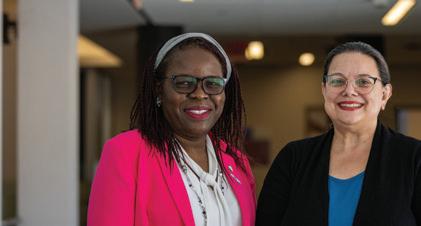
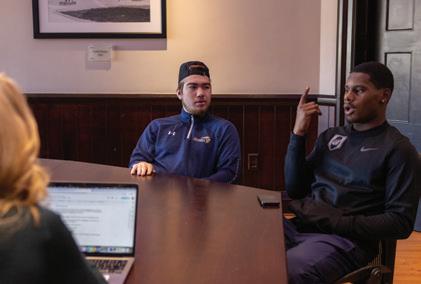
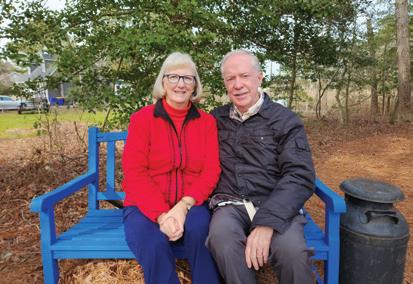
With generous funding from the Mellon Foundation, the new Deaf Studies Incubator will promote interdisciplinary work and create two positions for emerging scholars rooted in intersectional humanities.
An Interview with the Gallaudet Quarterbacks on the AT&T 5G-connected Football Helmet
Junior Brandon Washington and Freshman Trevin Adams give their take on the helmet of the future and having their faces shown on the screen in Times Square in New York City.
Retired but forever connected to Gallaudet, Dr. Barbara White, ’76, and Dr. Bruce White, established a scholarship fund in their names that will be offered for the first time in 2024-2025.
Alumna Leila Hanaumi featured in Barbie with ASL
The Deaf Printers
Extending the Reach of Deaf Studies to Japan
Gallaudet Hosts Interpreting Students of Color Summit
President Cordano and Professors Make Connections in Austria and Bulgaria
ASL Learning in Virtual Reality!
#IAmGallaudet
Google Live Transcribe Reaches One Billion Downloads
Bringing the World Together to Develop STEM Signs
Gesture Literacy Knowledge Studio: Map Explores the World of Sign
One-Stop Student Services Center
Sixth Annual Global Fair
Dual Enrollment Program Allows High School Students to Earn Gallaudet College Credit
Homecoming 2023
Cultivating a Home from Perseverance and Hope
Gallaudet’s Ambassador for Disagreement Wants to Know What You Think
Women’s Volleyball Shines On and Off the Court
Esports Begins League Play, Launches Youth Competition Series
Alumnus Zachary Ennis Founds Food Kitchen for Rochester Deaf Community
World Deaf Leadership Scholars From Gambia, Laos, and Ethiopia Named for 2023-2024
Alumni Chapter News
The enduring themes of curiosity and caring for each other have been especially important at Gallaudet this year. It is easy to feel the polarities of today’s world pull our focus in different directions. Through dialogue, questioning, and integrity with our faith in Gallaudet’s mission, we as a community are growing, learning, and adapting as we shape our future.
In this issue, we see evidence of the Bison spirit and resilience every day at both Gallaudet University and Clerc Center. Our staff, faculty, and teachers push the boundaries of knowledge and practice to build a stronger infrastructure to support our collective success:
A $1.5 million Mellon Foundation grant to our Deaf Studies Incubator Project, which will strengthen our diverse and multicultural faculty pipeline to enhance the quality of our bilingual, bimodal teaching and learning and research experiences for our students.
Dr. Kota Takayama’s research on Japanese Sign Language, in which he hosted an academic forum attended by 200 people.
The Technology Access Program’s work with Google’s Live Transcribe, which has reached one billion downloads.
The implementation of a nationwide “Charge Ahead” dual enrollment initiative that allows high school students to fast-track their degree completion.
Our $23 million Necessity of Now campaign, which underscores our commitment to create educational equity for everyone on our campus and in our communities.
We are creating a sense of belonging by ensuring that our communication is robust, transparent, and open. The Executive Team has hosted several #WeAreGallaudet conversations, an intentional series of events where students, faculty, teachers, staff, and administrators participate in profound dialogue about how we are moving forward as a university and acommunity.
We remain committed to being curious and seeking out opportunities to engage and learn in many different ways, both on campus and off. Curiosity is at the heart of our discovery, learning and excellence that is shaping our next phase of the GU Promise strategic plan being rolled out in 2024.
Learn more about the GU Promise strategic plan gu.live/IBGuj
This strategic plan provides a clear compass that will give us the momentum and direction to discover new avenues of success for our students and our communities for generations to come.
Our community fully embodies the Bison spirit, and though there are challenges in our midst, we remain resilient and focused on the journey ahead. It brings me pride to see our community move forward collectively, energized by our Gallaudet Bison spirit.
With deep gratitude,
 Roberta J. Cordano President
Roberta J. Cordano President
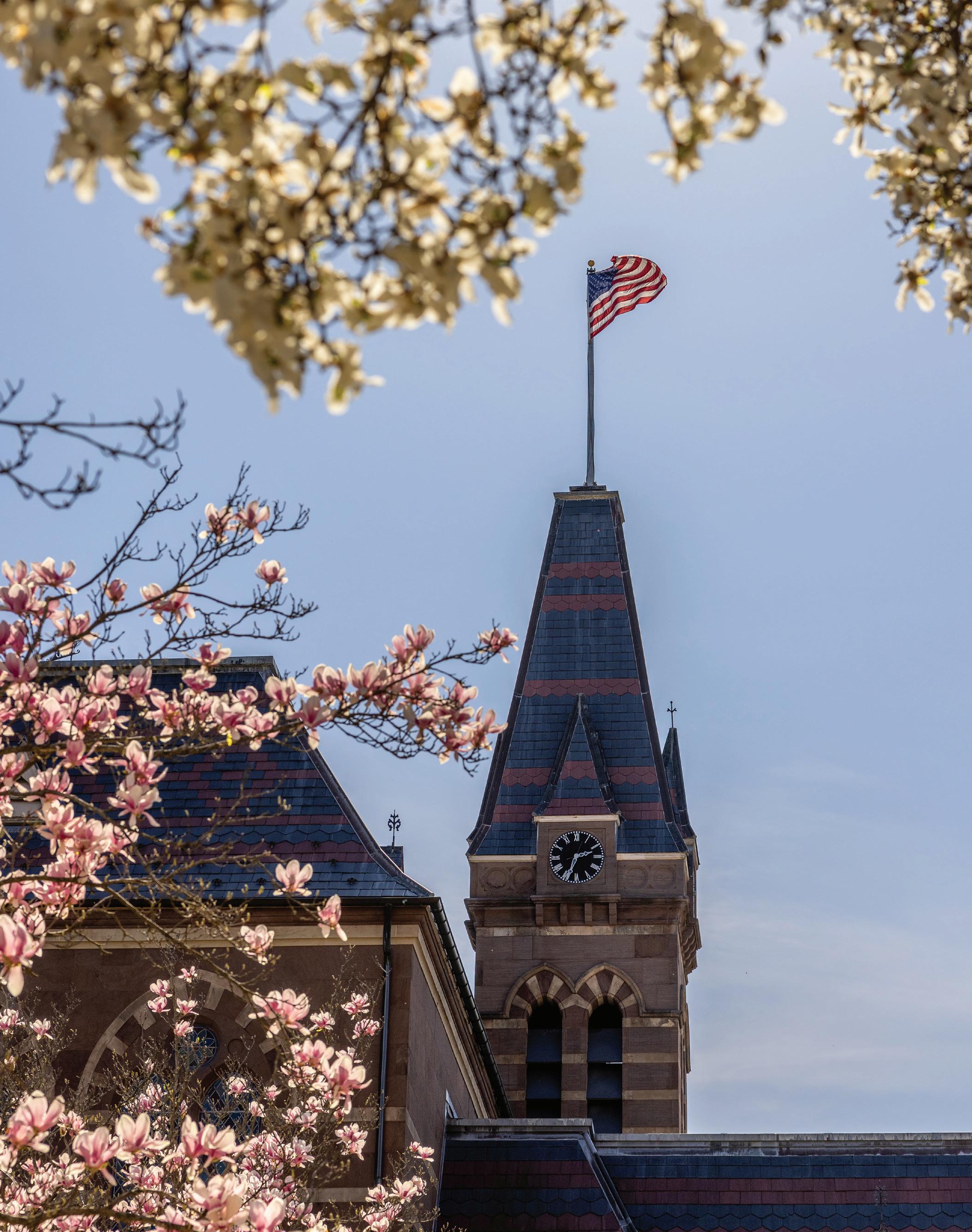
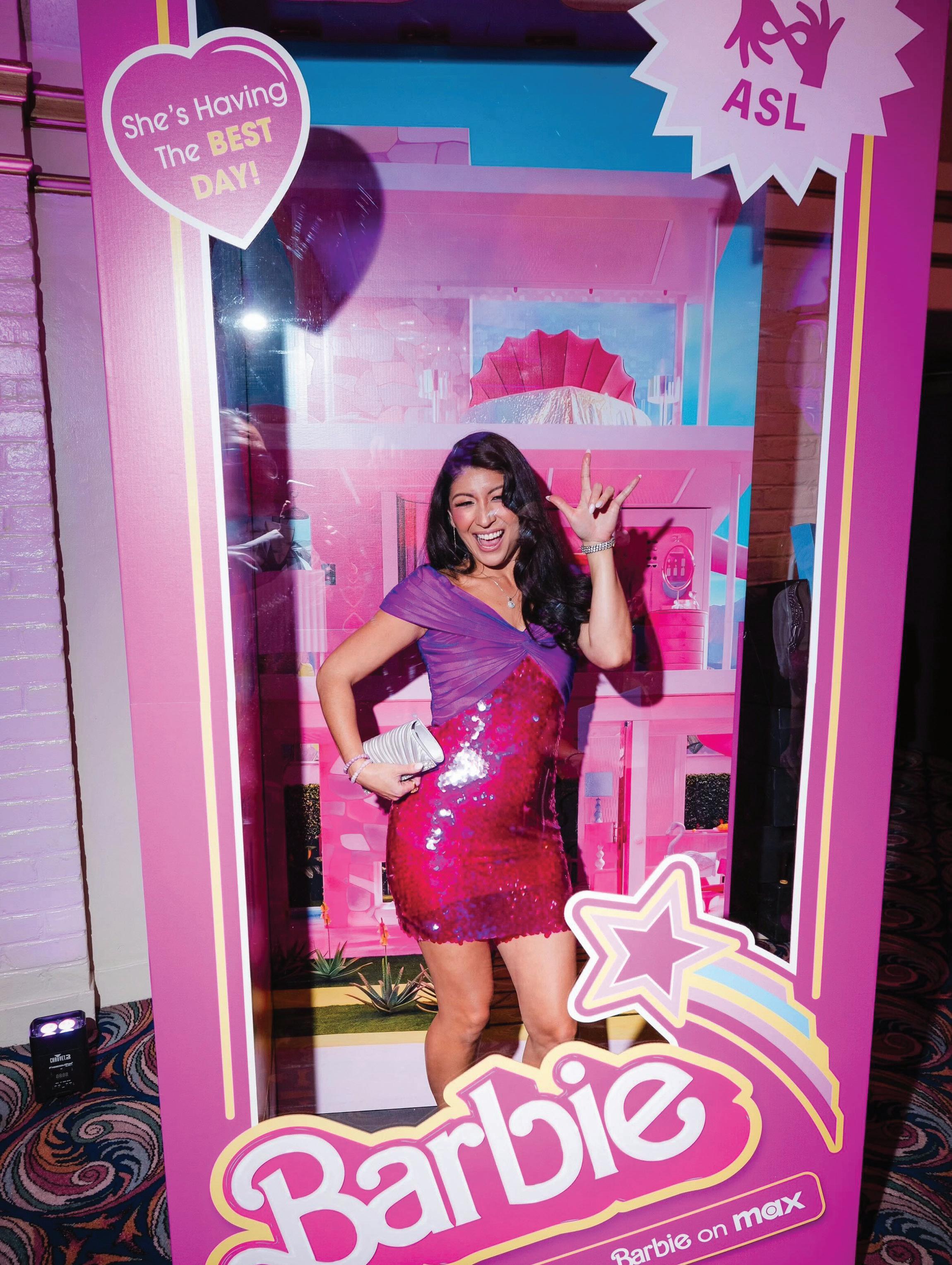
Barbie, the blockbuster Warner Brothers Pictures film that debuted on July 21, 2023, is now streaming on Max. There are two versions, one of which features Leila Hanaumi, ’12, rendering all cast members’ dialogue and songs in American Sign Language (ASL).
The studio says, “Grounded in research and feedback from the Deaf community, as well as counsel from community leaders, Barbie with ASL was produced for Max featuring ASL performer Leila Hanaumi (Deaf Austin Theatre’s The Laramie Project, ASL cover for Tove Lo in the True Romance music video). Barbie with ASL will be displayed as a unique title in-app and can be identified by its key art with the sign language symbol.”
Hanaumi and Margot Robbie, who played the title character in the film, attended a screening and conversation for the Deaf community on December 14, 2023 in Los Angeles. This event was in collaboration with Deaf West Theatre, “a celebrated Deaf institution in Los Angeles for over 30 years,” and RespectAbility, “whose mission is to fight stigmas and advance opportunities so people with disabilities can fully participate in all aspects of community.”
Barbie, which also stars Ryan Gosling as Ken and America Ferrera as Gloria, is Warner Brothers’ highest-grossing film ever. It has earned over $1.5 billion worldwide. The film was nominated for nine Golden Globe Awards and won two, in the newly created Cinematic and Box Office Achievement category and Best Original Song. It was nominated for eight Academy Awards. “What Was I Made For,” witn music and lyrics by Billie Eilish and Finneas O’Connell, won for Best Original Song.
by Robert Weinstock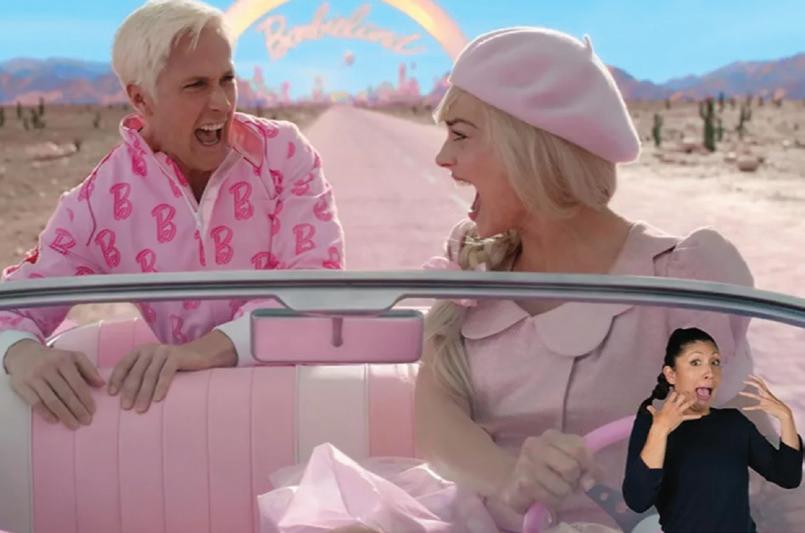

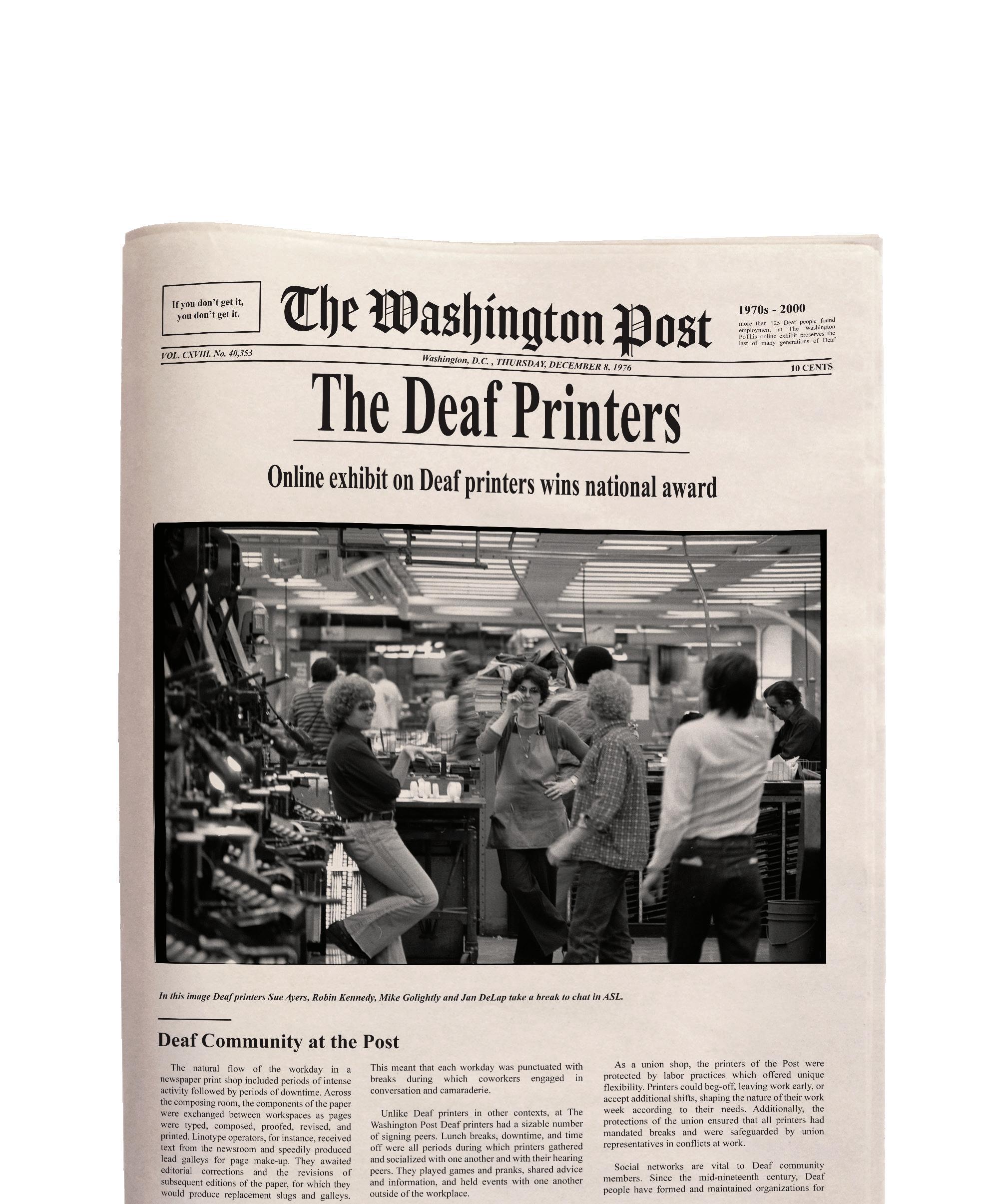
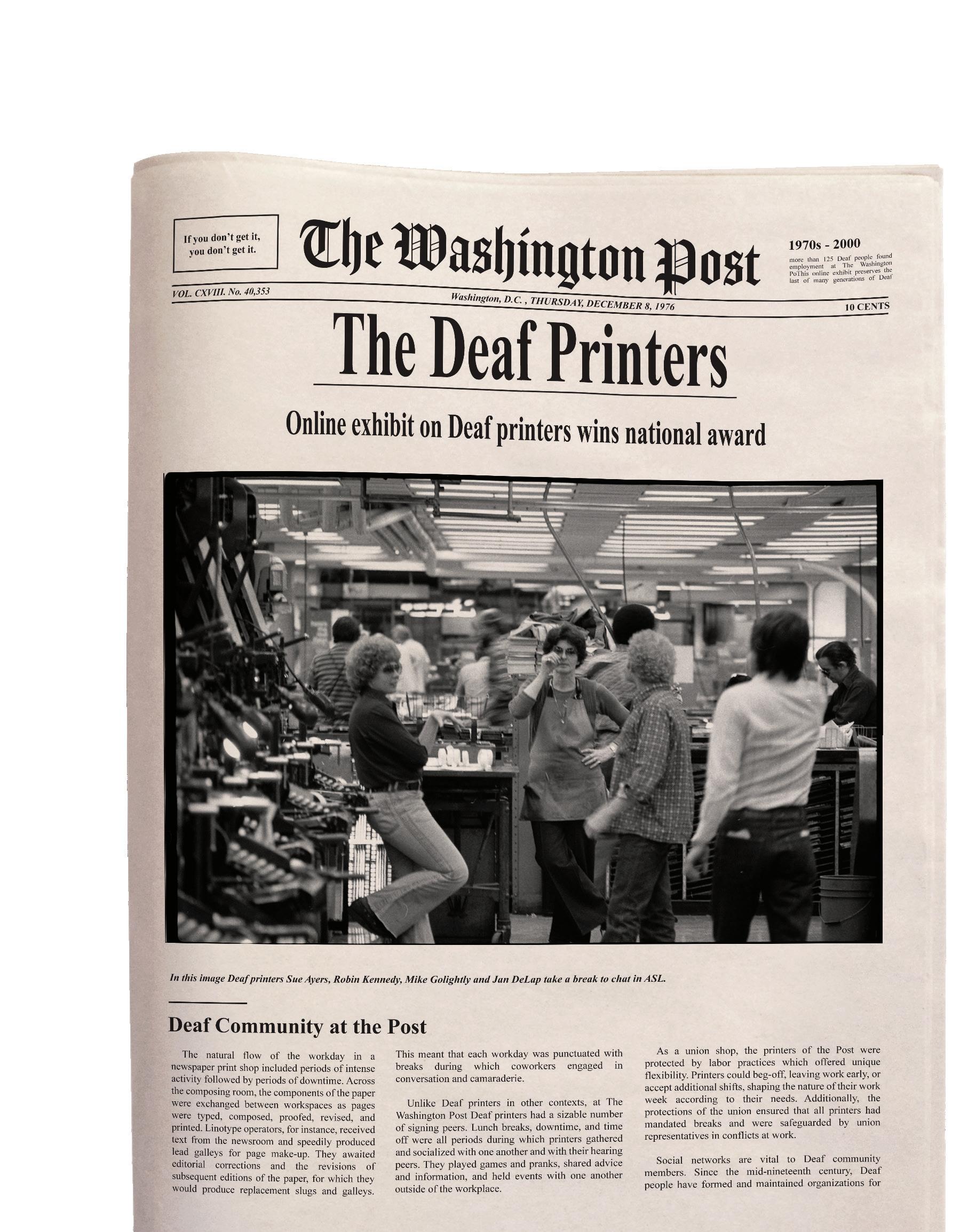
(deafprinters.com) is an award-winning digital exhibit launched by the Drs. John S. & Betty J. Schuchman Deaf Documentary Center. The exhibit documents the history of the last generation of Deaf printers at The Washington Post, a group which witnessed the transformation of the printing trade and the disappearance of printers at the Post and at small and large print shops around the country.

The Schuchman Center was established in 2014 and is one of the six research centers at Gallaudet. Its mission is to educate students in the documentary arts and shine a light on significant historical issues and endangered cultural knowledge specific to deaf people.
“This work is part of a legacy from the late Drs. John S. and B.J. Schuchman,” Dr. Brian H. Greenwald, ’96, director of the Center stated. “It was their vision to document and capture Deaf life experience…the knowledge we produce from this study enhances our understanding of how Deaf people have contributed to the humanities, here at Gallaudet and globally.”
The exhibition launched in October 2022 at the National Deaf Life Museum in Chapel Hall. The launch event was attended by retired Deaf printers, project advisors, and Schuchman Center staff. Roberta J. Cordano, president of Gallaudet University, and Donald E. Graham, former publisher of The Washington Post, welcomed the guests. The former printers, their family members, and other members of the Gallaudet community were the first to explore the online exhibit using tablets and projection screens.
Many of the printers were students, teachers, and alumni at Gallaudet University in the mid- to late 20th century. They used the social networks formed
at Gallaudet to gain advice on obtaining union memberships and locating favorable employers. Some Deaf printers at the Post were temporary workers who took substitute shifts in between classes at Gallaudet. Others were “situation holders,” regular employees at the paper.
For most of the 20th century, a significant proportion of the printers employed at The Washington Post were Deaf. Donald E. Graham, the Post’s publisher for much of this time, said, “There was nothing in the composing room, there was no job I can think of, that Deaf printers didn’t do.”
The Deaf Printers Pages presents the history of Deaf printers at The Washington Post through photographs, objects, interviews, and historical research. It also details the history of printing in residential Deaf schools, explores the significance of union membership to Deaf workers, and shares the unique experiences of printers in Washington, D.C.
The shared Deaf experience at the Post was unlike any other, “It was like being at a Deaf club,” shared Janie Golightly, ’69, who served as a senior advisor to the Deaf Printers Pages project. Both Golightly and her husband, Mike Golightly, ’73, worked at the Post
The project preserves and contextualizes the stories of these workspaces. Retired Deaf printers describe the contested introduction of professional interpreters at union meetings. They recall the language strategies they employed at work with hearing supervisors, union leaders, and peers. They remember the camaraderie they experienced with other printers, hearing and deaf, and describe the way Deaf printers formed a network for communication and support at work.
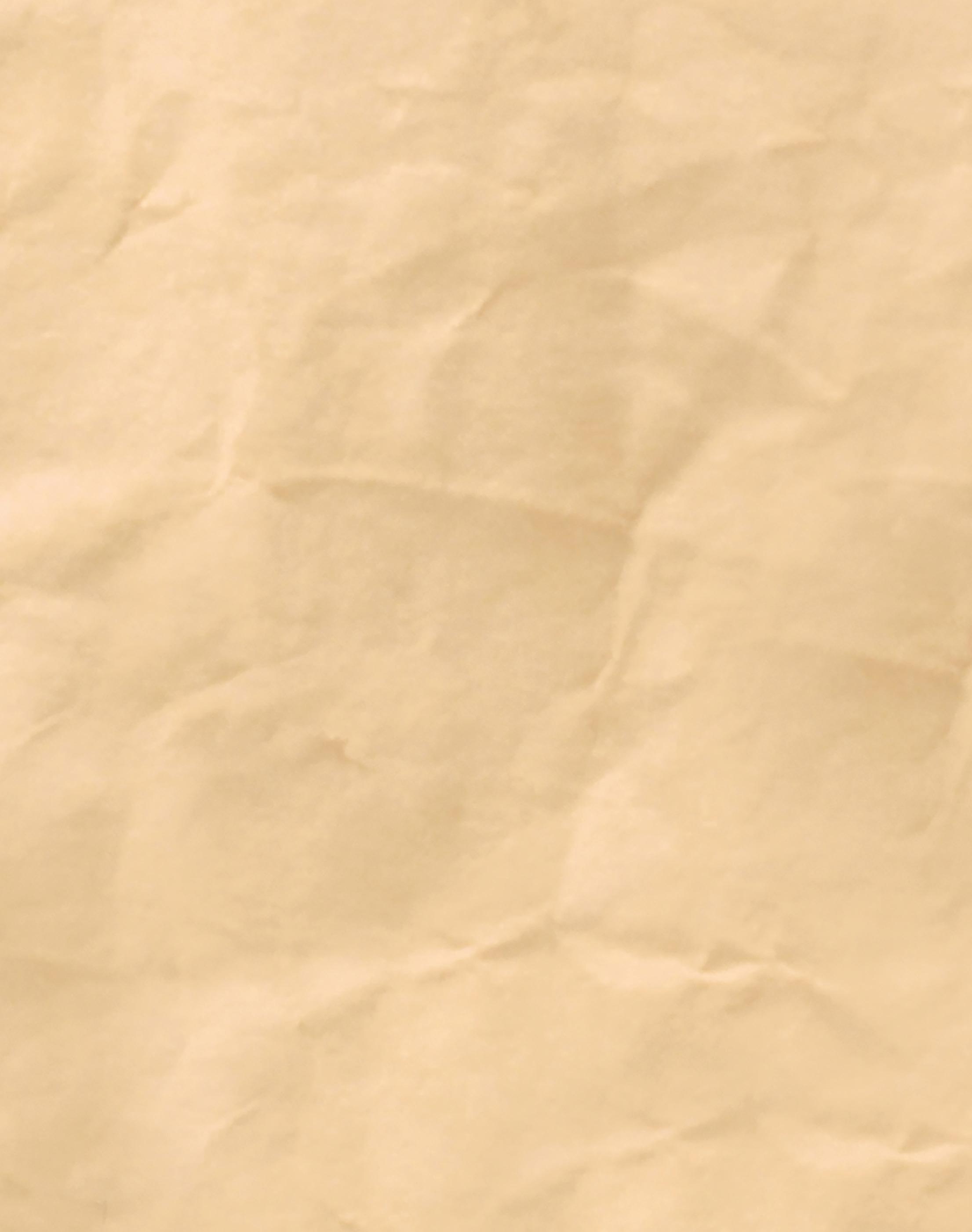

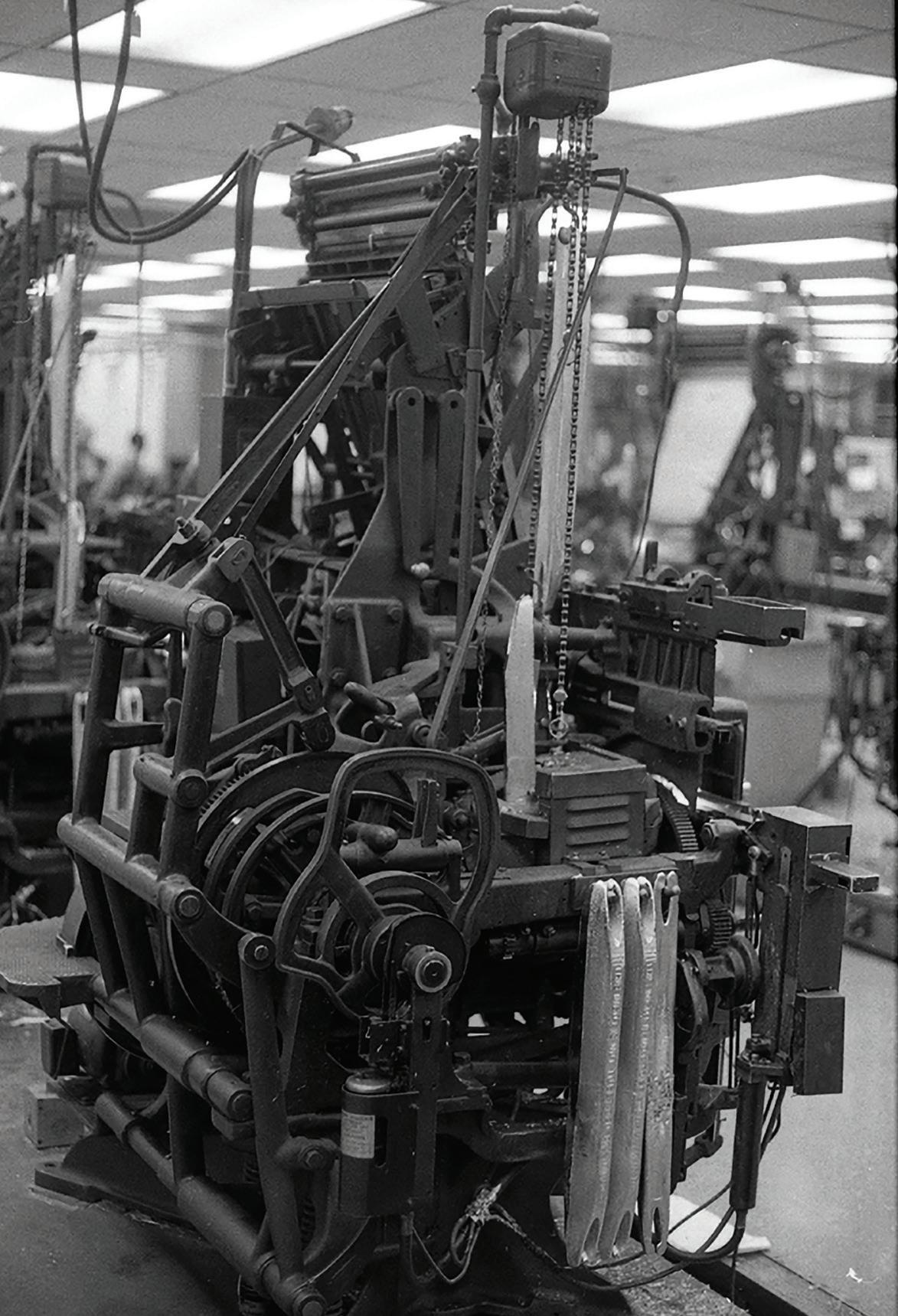

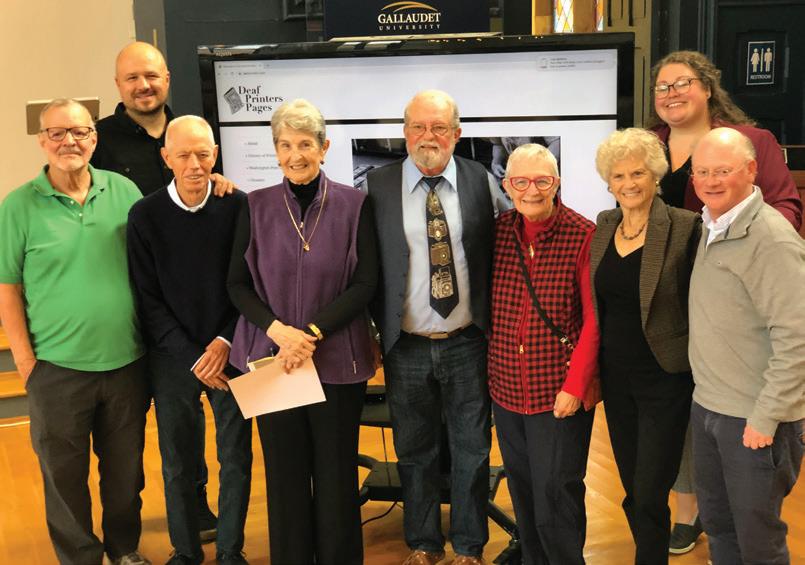
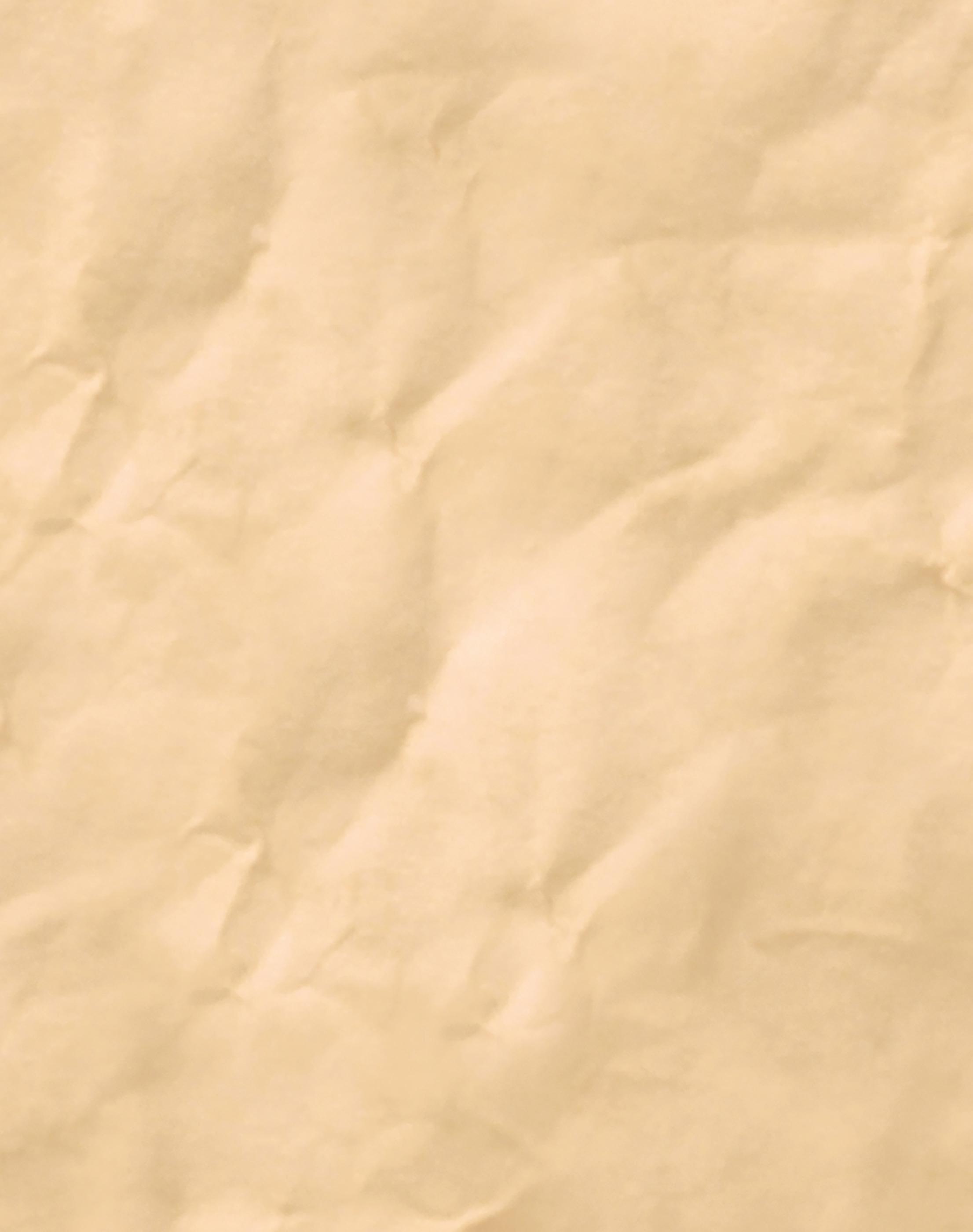
“It was like being at a Deaf club.”- Janie Golightly, ’69
In addition to preserving the stories of Deaf printers, the project also documents the unique vocabulary of signs used by printers. These signs were often learned at vocational training programs at residential Deaf schools and used at the Post and at newspaper shops across the country. Due to changes in the printing industry, the number of Deaf printers has dwindled and these signs are vanishing. The project’s glossary gives a definition, image, and video example of signs used to describe the tools, equipment, and practices used in printing.
The start of the project began in 2015 as Golightly filmed brief interviews with Deaf printers. “I saw that more and more Deaf printers were passing away and I wanted to preserve our histories,” Golightly stated. In 2019, following a reunion meeting at Gallaudet University, that idea grew into a plan for a digital exhibit and proceeded in several phases, which included research and digitization, 19 additional interviews with retired Deaf printers in Arizona, Florida, and Washington, D.C., and the building of the digital exhibit.
Said Dr. Jannelle Legg, G-’11, project manager, “This exhibit was the outcome of collaborative efforts that underscores the value of utilizing digital tools in enhancing our understanding of the deaf experience.”
In Spring 2023, a digital map of school publications known as the Little Paper Family, was completed by graduate research assistant Brenna Smith, ’22, and added to the project. “Working on this digital map further inculcated me into the world of using digital tools for historical purposes. I had never collected or worked with metadata before, nor had I ever worked with the Omeka website platform.” Smith shared. “From working on this project, the coolest thing I learned was there are many creative ways to present historical information. These presentations, like the interactive digital map, appeal to the wider public and invite them to engage with history in a fun way.”
Gallaudet student assistants were involved in each of these phases. Under the direction of the Schuchman Center and guided by the advisory team, students conducted research on the history of printing and the United States Deaf community, developed metadata for the digitized objects, images, and videos in the exhibits, and transcribed video interviews from ASL to English.
Aleah Nishizaki, ’20, research
Christy Pe, E-’22, transcriptions
Tyrone Curry, E-’23, transcriptions
Savannah Lynch, G-’22, transcriptions
Summer Dykstra, G-’22, transcriptions
Brenna Smith, ’22, graduate assistant
The project is the culmination of four years of work by the Schuchman Center and an advisory team of retired Deaf printers. Besides the Golightlys, this team included Jan DeLap, E-’62; Penny Herbold; David Herbold, ’74; and Dick Moore, E-’73. It was made possible through generous support from The Washington Post Corporation, Donald Graham and Amanda Bennett, Sorenson Communications, and about 20 individual donors.
In the fall of 2023, a year after the project launched, the Schuchman Center was one of three recipients of the Mason Multi-Media Award from the Oral History Association for the Deaf Printers Pages. This annual award recognizes innovative public oral history collections, exhibits, and projects. Greenwald shared, “Through collaboration with a group of former printers, this project bridges the past to the present by documenting their stories in ASL, their natural language, and using contemporary digital tools to build a website to share with
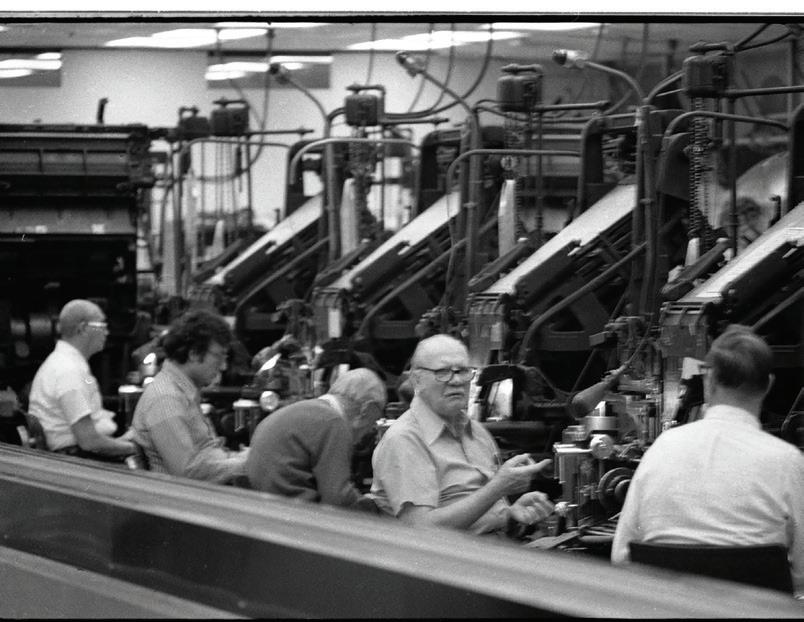
the widest possible audience. We hope that this fosters a deeper interest in documenting stories of endangered cultural knowledge while maximizing our expertise in cinematography to bring stories forward that are accessible to everyone.”
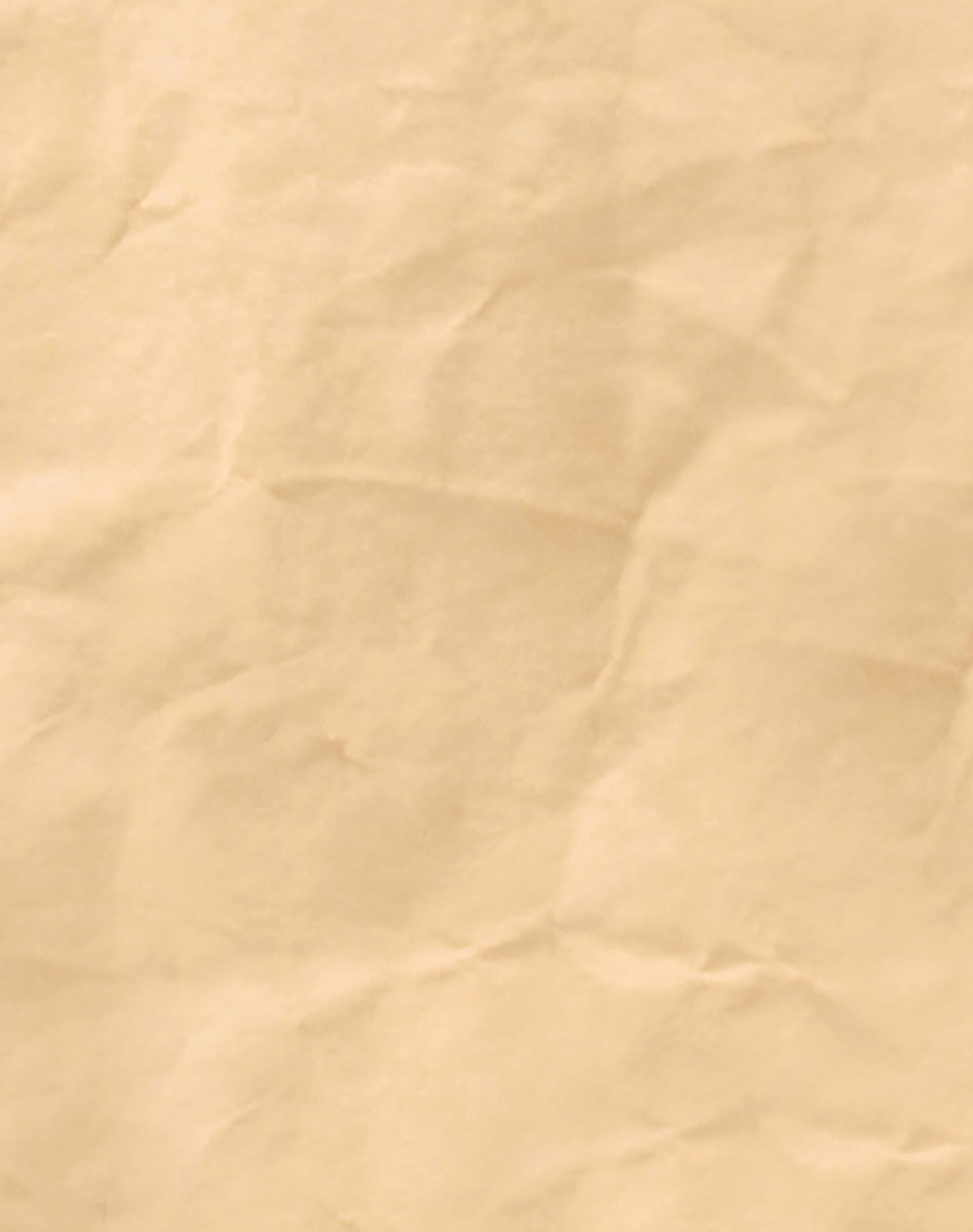 by Jannelle Legg
by Jannelle Legg
In October 2024, more than 200 participants from Japan took part in “Japan Deaf Studies Seminar – Future?”, an online academic forum organized by Dr. Kota Takayama, G-’09, a professor in Gallaudet University’s social work program in the School of Civic Leadership, Business, and Social Change. This two-hour session provided a platform for the group to discuss opportunities for shaping the trajectory of Deaf Studies in Japan.

“Japan has a rich history and culture in deaf communities, yet there has been a relative lack of dedicated academic attention,” Takayama says. To help change that, he set up and taught an “Introduction to Deaf Studies” class at Japan College of Social Work in Tokyo, Japan for five years. In March 2023, he led an online forum focused on the current state of Deaf Studies in Japan which attracted hundreds of participants. Now, there is momentum behind taking action. “This event signifies a crucial step in bridging the gap and elevating the importance of Deaf Studies in Japan,” he adds.
To provide a broader perspective, Dr. H-Dirksen Bauman, a professor in the Deaf Studies program in the School of Arts and Humanities, delivered a presentation titled “Deaf Studies:
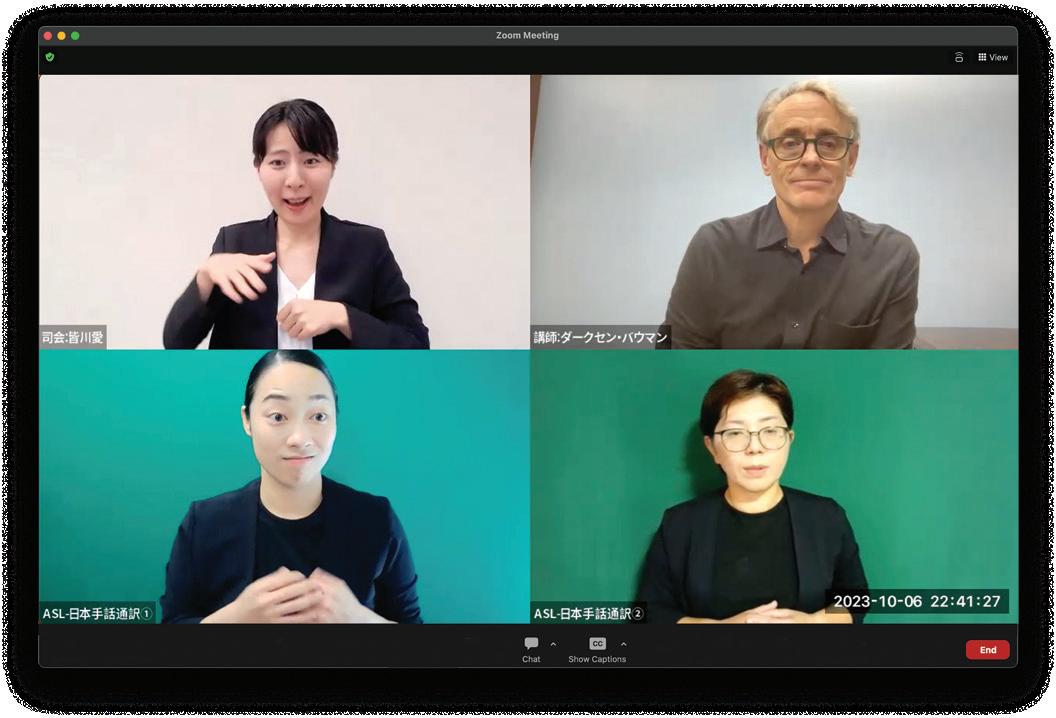
Origins, Evolutions, and Futures.” He shared insights gleaned from his personal and academic journey since joining the Deaf Studies program at Gallaudet in 1999. Bauman also expounded on the three foundational concepts of Deaf Studies — critique, create, and advocate — and proposed an approach to shaping an academic curriculum for Deaf Studies in Japan.
That was followed by an engaging discussion featuring Bauman and Ai Minakawa, G-’21, a graduate of the master’s degree program in Deaf Studies. Their extensive experience and reputations as leading scholars drew a substantial audience, adds Takayama, who notes
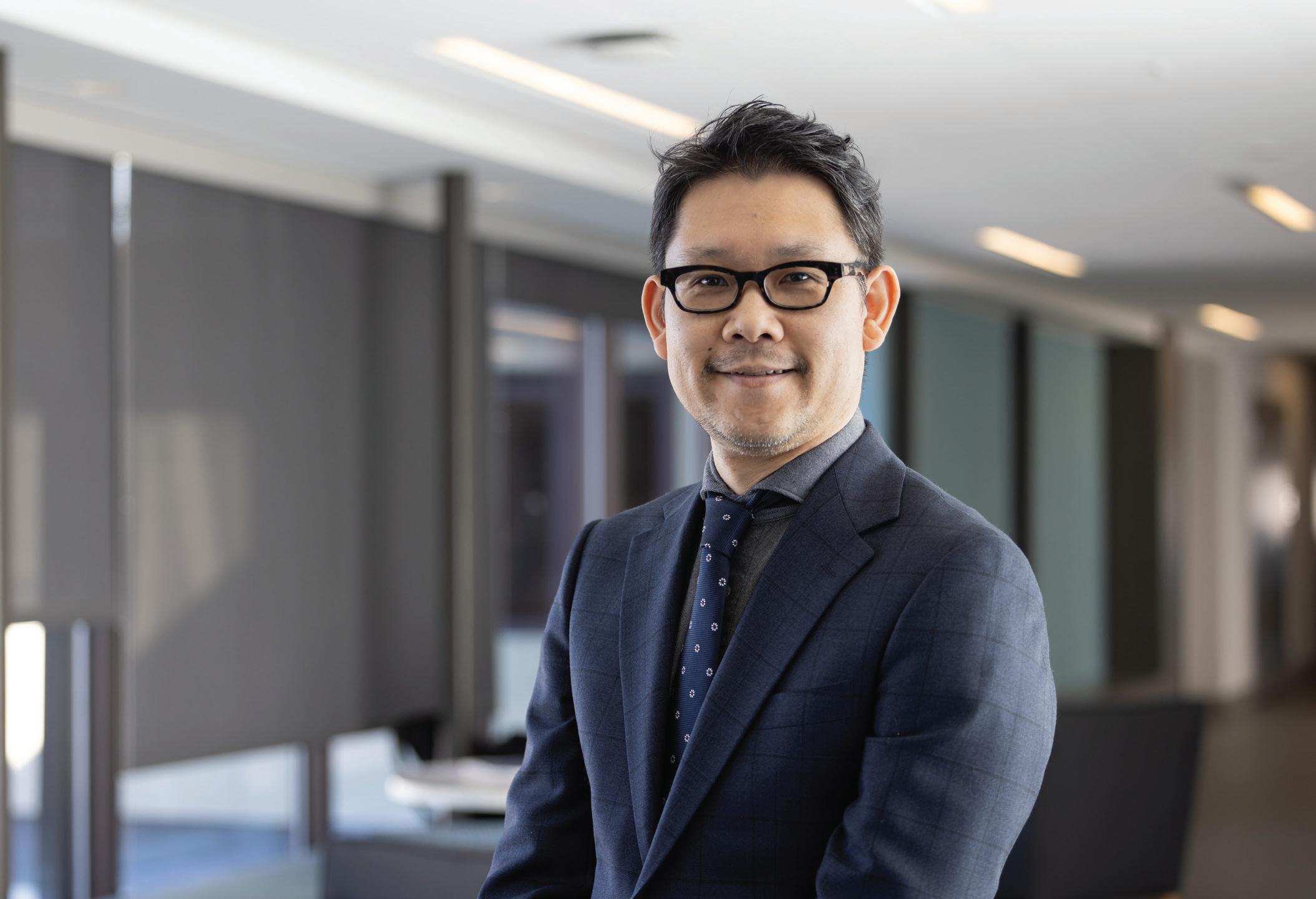
that there is a growing interest in issues related to Deaf communities in Japan.
A major factor hindering the development of the field in Japan is a lack of academic infrastructure and funding, which is why more programs, more deaf scholars, and more resources are essential, Takayama says. It is also critical to develop effective teaching methods and curriculums for Deaf Studies that can promote a quality education and new opportunities for deaf and hard of hearing people. Plus, he adds, there is an ongoing need for legal frameworks and awareness campaigns to advocate for the rights and inclusion of deaf individuals in all aspects of society, including employment, health care, and legal access.
Sign language interpreters Megumi Kawakami, G-’13, and Ikumi Kawamata, G-’16 — who are proficient in both Nihon-Syuwa (Japanese Sign Language) and ASL (American Sign Language) — ensured accessibility for all participants.
The event was made possible through the support of the Grants-in-Aid for Scientific Research: Kakenhi, which is funded by the Japan Ministry of Education, Culture, Sports, Science, and Technology. Takayama is principal investigator on this grant, which is focusing on the development and evaluation of a social work education curriculum and training modules designed for professionals working with deaf and hard of hearing populations in Japan.
Gallaudet’s campus is already known as the place for deaf experts from different fields to connect. So it is the ideal home for the new Deaf Studies Incubator, which will focus on promoting interdisciplinary, intersectional work. The project received a $1.5 million grant from the Mellon Foundation in November 2023.
“The School of Arts and Humanities (SAH) is excited that the Mellon Foundation recognizes and supports the importance of diversifying the Deaf Studies Department through the Deaf Studies Incubator. We look forward to expanding intersectional perspectives in the pipeline of Deaf/deaf/DeafBlind scholarship and teaching here at Gallaudet University and beyond,” says Dr. Teresa Blankmeyer Burke, Director of the school and co-principal investigator on the grant along with Dr. Erin Moriarty, an Associate Professor of Deaf Studies. The principal investigator is Provost Khadijat K. Rashid, ’90.
For Deaf Studies scholarship to remain relevant, it needs to evolve, explains Moriarty. Building on recent Gallaudet initiatives, such as the Center for Black Deaf Studies and the Center for Democracy in Deaf America, the Incubator is also filling two pre-tenure track faculty positions for emerging scholars rooted in intersectional humanities.
These faculty positions will be supported in conducting their dissertation scholarship, preparing publications, developing professional networks, and teaching. These faculty members
will be invited to join in activities with participants in the Incubator’s forthcoming fellowship program, which will bring in budding scholars. “The Incubator will offer early career scholars opportunities to be mentored, publish, write, and so on,” Moriarty says. Because of Gallaudet’s unique bilingual mission, all of the guidance they receive will be conducted in ASL and English, providing direct access and a vital language environment not found anywhere else.
Moriarty developed the idea for the Incubator while working as a research fellow with MobileDeaf, a project at Heriot-Watt University in Edinburgh led by Dr. Annelies Kusters. She focused on deaf tourism in Bali, studying the interactions between people of different language backgrounds and making an ethnographic film depicting how these groups communicate. Other members of the MobileDeaf team explored the experiences of refugees, migrants, and professionals.
“During my postdoctoral fellowship, I was fortunate to have received mentoring and opportunities to conduct research, as well as publish as a member of an all-deaf research team,” Moriarty says. “This is my chance to pay it forward. The work I did with Dr. Kusters and the team at Heriot-Watt was one of the inspirations for the Incubator, and I am excited to have this opportunity to support other scholars the way I was supported.”
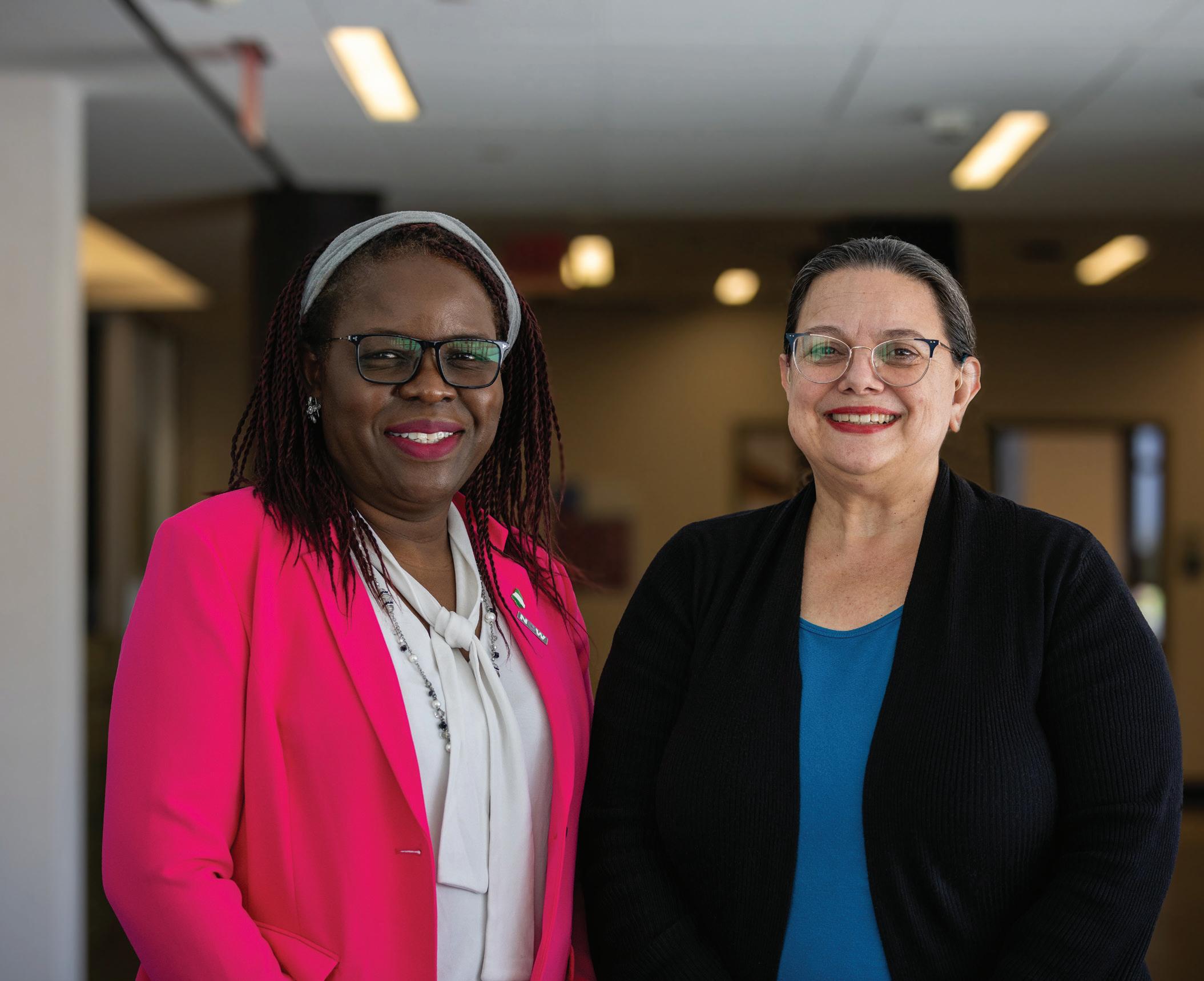
“We look forward to expanding intersectional perspectives in the pipeline of Deaf/deaf/DeafBlind scholarship and teaching here at Gallaudet University and beyond.”
Dr. Teresa Blankmeyer Burke, Director of the school and co-principal investigator
Dr. Carolyn Dinshaw, Mellon’s senior program officer for Higher Learning, looks forward to seeing what the Incubator is able to accomplish.
“We are delighted to support this innovative work, which importantly recognizes the impact of intersecting identities on Deaf/deaf/DeafBlind communities in the U.S. and thus crucially expands available narratives of American experience,” she says.
by Victoria HallettMore than 40 participants gathered at Gallaudet on November 4, 2023, for an Interpreting Students of Color (ISOC) Summit. It was the first group event for this community since the start of the COVID pandemic, according to Assistant Professor Dr. Pamela Collins, ‘07, G-’11, and PhD ‘20, an assistant professor In Gallaudet’s Interpretation and Translation program, who was thrilled to see folks come from Washington, D.C., Maryland, and Virginia, as well as other states.
Several attendees drove for hours so that they could be surrounded by students, professors, mentors, and community partners who look like them, notes Dr. Folami Ford, G-’05 & PhD ’21, a staff interpreter in the Office of the President. “Over 25 years ago, when I attended
my interpreter training program, I was the only student of color in my program. It is concerning that in 2023 there are still students that are navigating their educational journey as the only person of color in their program,” she says. “The experience of being ‘the other’ or ‘the only’ can be one that is both challenging and frustrating.”
Coming together makes these students feel less isolated and encourages them to reach out when they need support, adds Collins, a former president of the D.C. chapter of the National Alliance of Black Interpreters (NAOBI). Even if they are not studying or working at Gallaudet, she wants them to be able to tap into the resources they need. “It is important that we see each student, regardless of their university
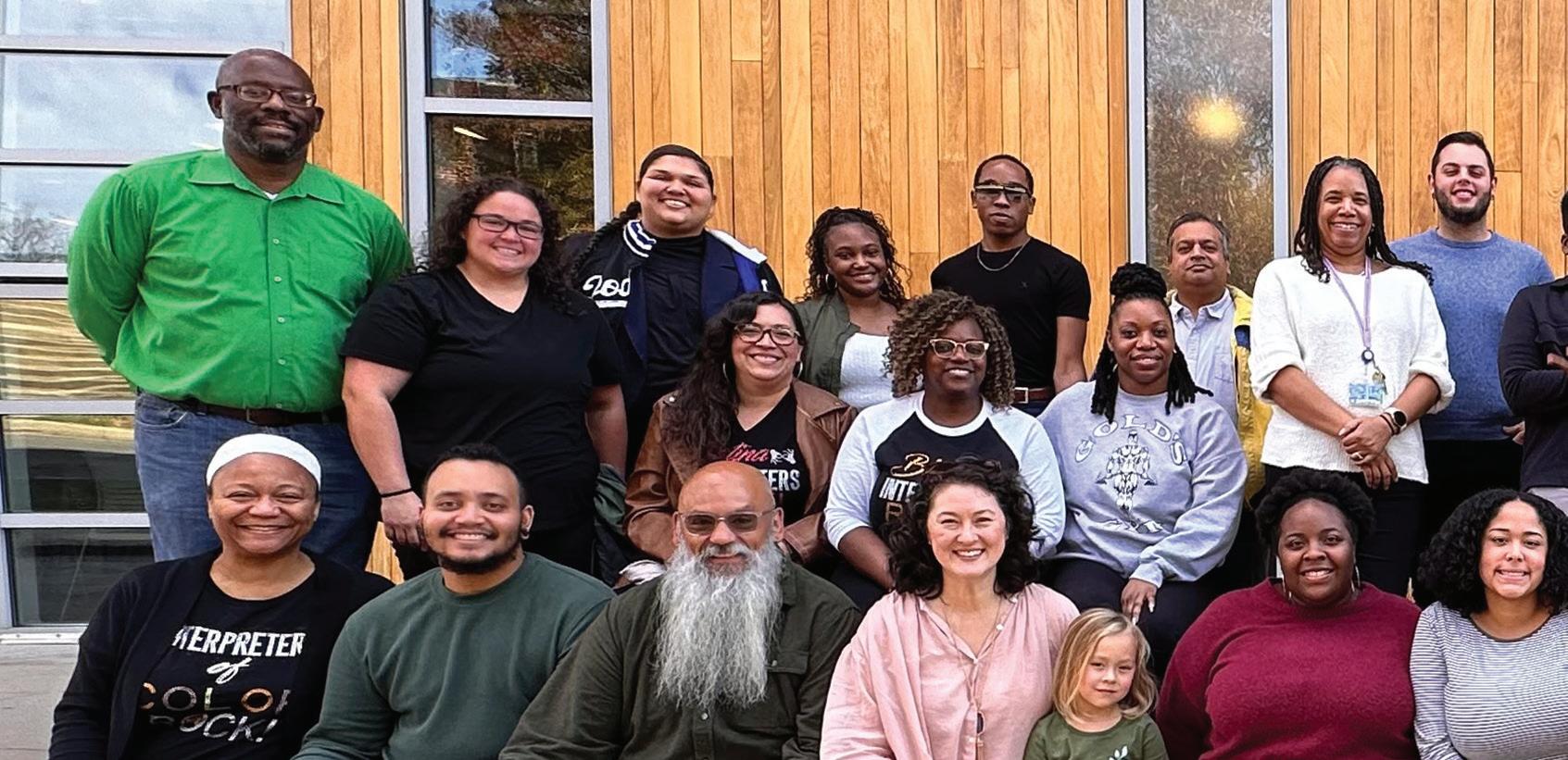
affiliation, as the next generation of interpreters. The classroom is not the sole answer for knowledge, skills, and practice — community connections, mentors, and practice outside the classroom is imperative.”
The program was structured to provide intentional opportunities to network, socialize, and focus on skill development. “First and foremost, the students got an opportunity to just be themselves. To be welcomed into a space and to instantly know that you belong because you see yourself reflected in the room is uplifting and affirming,” says Ford, part of the planning committee for the ISOC Summit, along with Collins, Krystal Butler, G-’18, Paris McTizic, ’17 & G-’20, MJ Jones, E-’19, and Nicole Shambourger, an adjunct faculty member in the Interpretation and Translation program.
Participants were invited to engage in an impromptu practice session and take in a panel featuring Deaf and hearing individuals. “Often students don’t have the opportunity to work with deaf interpreters and gain Deaf Community perspective,” Collins adds.
Several professional interpreters who were once in these students’ shoes came to offer their support. “We have stood on the shoulders of many and want to pay it forward,” Shambourger says. “I feel like it gives them the ‘I can do this because they did’ spirit. If their tank is empty, it gives them the fuel they need to continue running the race.”
For Collins, it brought back memories of 1998, when Dr. Jackie Bruce, G-’94, picked up Collins and other interpreting students at Georgia Perimeter College to take them to the first NAOBI conference in South Carolina. “We walked in to see over 200 faces like ours,” she says. “I cried! It’s how I got my nickname — crybaby.”
The 2024 ISOC Summit was held on April 13 at Community College of Baltimore County in Catonsville, Maryland. Gallaudet Interpretation and Translation adjuncts Su Kyong Isakson, Jones, and Shambourger coordinated the summit. Collins noted that all presenters, panelists, and the planning team were representative of the audience.
by Victoria Hallett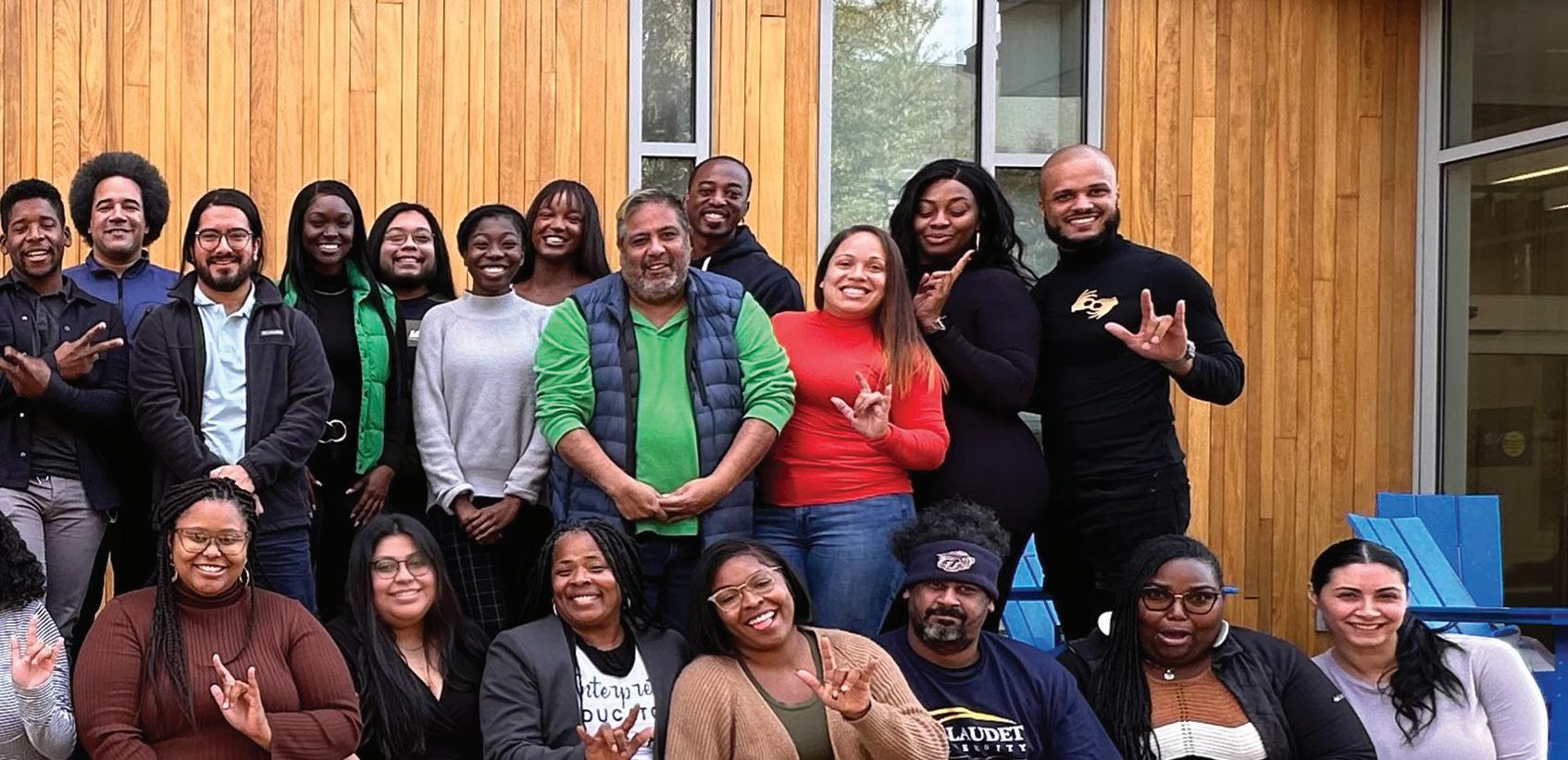
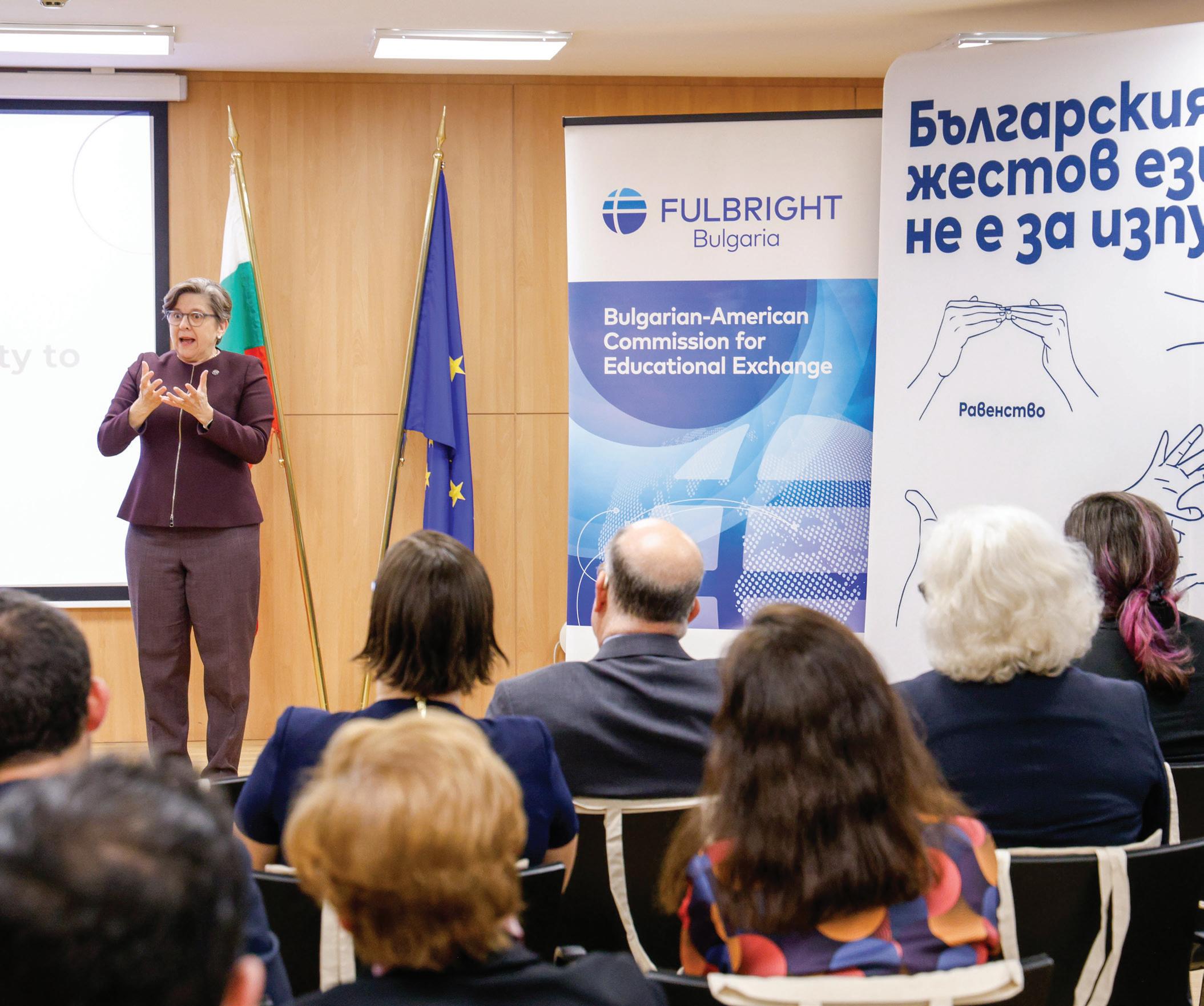


President Cordano went to Austria and Bulgaria in February 2024 to enhance Gallaudet University’s global visibility by showcasing its expertise and contributions on the international stage, with the President playing an active role in global initiatives and collaborations. These initiatives include recruiting international students to attend Gallaudet for their undergraduate and graduate studies, creating and implementing summer abroad programs, exchange and training programs, educational and research partnerships, and internship and international study opportunities.
In Austria, Cordano engaged with key figures in the Austrian Parliament, the United Nations in Vienna, the U.S. Embassy, and the Zero Project Conference. In a speech before the Austrian Parliament, she emphasized the Deaf community’s unique linguistic and cultural minority status and advocated for government investment in bilingual education. She highlighted Gallaudet University’s 160-year legacy, backed by federal funding, showcasing the value of sign language, and urged Austrian policymakers to recognize Deaf people as a vital linguistic and cultural minority. Wolfgang Sobotka, President of the National Council, echoed this sentiment, acknowledging the needs of Deaf signers and affirming their significance within the broader community. Helene Jamar, a former parliamentarian who is deaf, also supports this initiative.
At the United Nations Office in Vienna, Cordano met with Ghada Fathy Ismail Waly, directorgeneral of the office and executive director of the United Nations Office on Drugs and Crime and Director-General of the United Nations Office in Vienna, about reframing access for Deaf people and ensuring inclusive policies and programs.
Cordano had the opportunity to meet with Victoria Reggie Kennedy, the U.S. Ambassador to
Austria, and Martin-Shukrun Elizabeth, the Acting Deputy Chief of Mission, to discuss the pivotal role of language and cultural minorities in Europe and the importance of human rights of the global Deaf community.
Cordano also presented at the Zero Project Conference: Inclusive Education and ICT, on “Belonging and Bilingualism: Catalysts for Inclusive Education/Excellence in the 21st Century.” In this presentation, she highlighted the crucial importance of bilingual visual learning and language equity and the transformative power of sign language as a primary mode of instruction, facilitating linguistic equity, cognitive development, and cultural identity.
She also visited the Albertina Modern Museum and a deaf school.
Cordano then went to Sofia, Bulgaria to meet deaf and governmental leaders and give an address, “Why Sign Language Makes Us Happy: The Importance of the ‘AND Sign Language’ Approach for Deaf People Worldwide.” This trip builds on the December 2023 signing of a Memorandum of Understanding (MOU) between Gallaudet and Deaf.BG, an association for the rights and development of deaf people in Bulgaria. The MOU will establish and facilitate activities of mutual benefit to the University and Deaf Bulgarians, including a master’s degree program for deaf leaders in Bulgaria.
Accompanying Cordano at different times during her trip were Tawny Holmes Hlibok, Esq., ’05 & G-’10, associate professor of Deaf Studies and Language Planning and Policy Counsel in the Office of the Chief Bilingual Officer; Dr. Kenneth DeHaan, G-’15, associate professor in the American Sign Language Program; and Dr. Poorna Kushalnagar, ’93, Strategic Research Officer.

Cordano, Hlibok, and De Haan met with the country’s Deputy Prime Minister (soon to be Prime Minister), staff from the Ministry of Education, the Ministry of Labor and Social Affairs, the Ministry of Innovation and Technology, and representatives of the Sofia municipality, including the Mayor.
Much of the groundwork for the visit to Bulgaria was laid by Fulbright scholars Kathleen M. Wood, a professor in the English program in the School of Language, Education, and Culture; Hristina Katsipidou, a Fulbright Civil Society Researcher from Sofia University at St. Kliment Ohridski, Bulgaria, who was an international visiting scholar at Gallaudet for the 2022-2023 academic year, and Ashod Derandonya, chief operating officer of Deaf.BG and a current Fulbright Scholar in Gallaudet’s Master of Public Administration program.
Cordano expressed special thanks to the U.S. Ambassador to Bulgaria, Kenneth Merten; President of American University in Bulgaria Dr. Margie Ensin; President of the America for Bulgaria Foundation, Mrs. Nancy Schiller; head
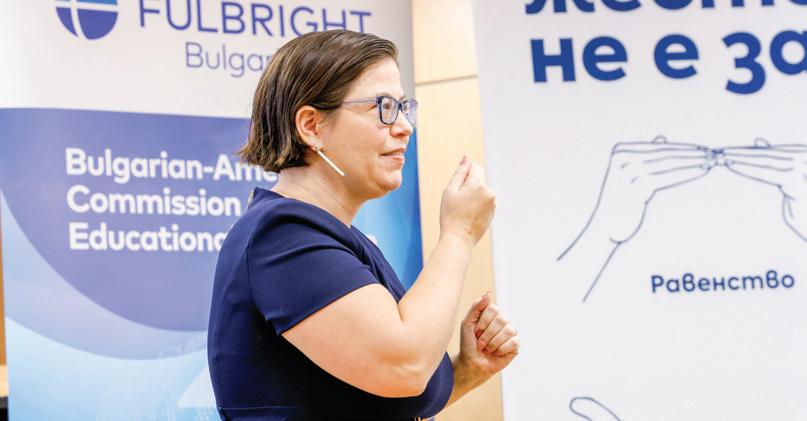
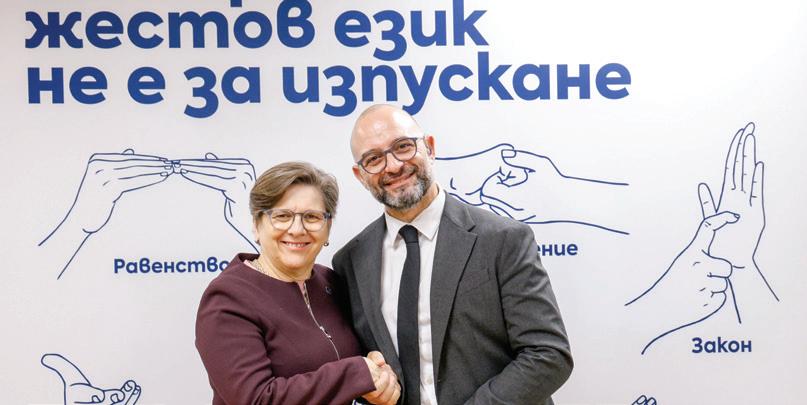
of the EC Representation in Bulgaria, Mr. Boyko Blagoev; and Kosta Karakashyan and Aleksander Yanev, the Bulgarian Youth Delegates to the United Nations, for their presence and support. “Through enhanced international cooperation and improved access to higher education and innovations, we shall enhance the language and cultural rights of Deaf people in Bulgaria, EU, and worldwide.”
Bulgarian Television reporter Kristina Gazieva conducted a far-ranging interview with Cordano, and also appeared on another news program, proudly wearing a Gallaudet University scarf, to describe her experience.
This strategic collaboration promises to create a pathway for Deaf people to actively engage in global initiatives, contributing to their empowerment and inclusion on a global scale. Overall, Cordano’s enriching experience in Vienna has provided new insights and opportunities for Gallaudet University to make significant contributions to global initiatives supporting Deaf communities worldwide.
by Robert Weinstock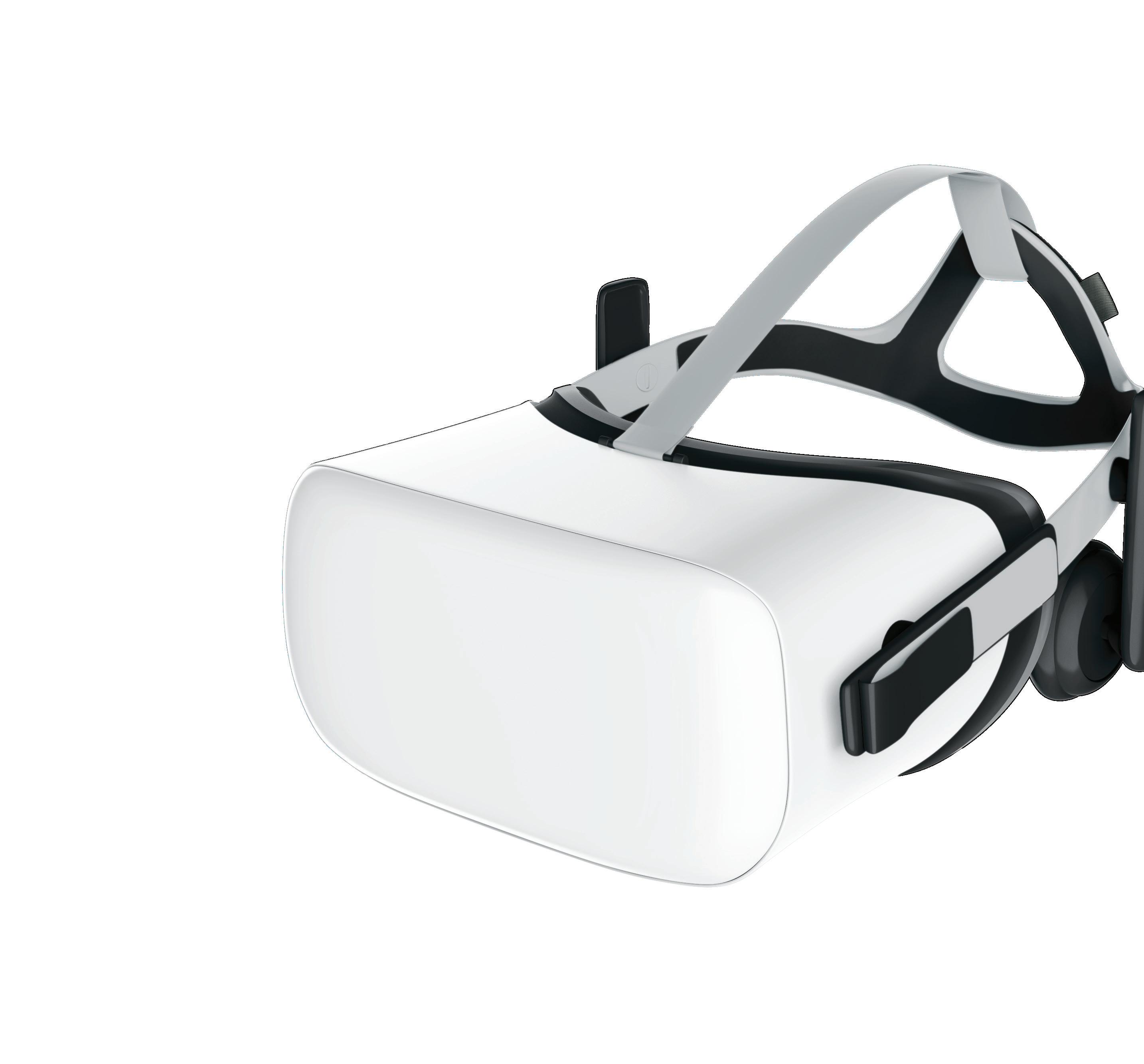
Read their ScienceDirect article gu.live/ynxSq
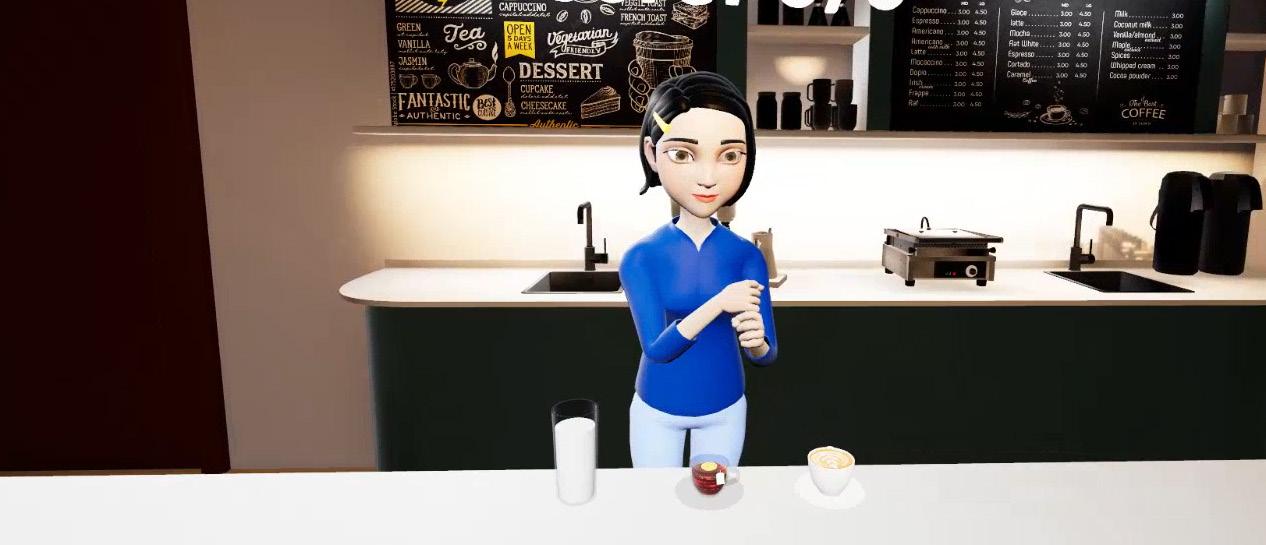
#IamGallaudet is much more than a hashtag. It is a grand celebration of the many personalities that comprise Gallaudet University and an ever-changing snapshot of the current spirit that shows why Gallaudet is unique, exciting, vibrant, welcoming, vital, and full of opportunities.
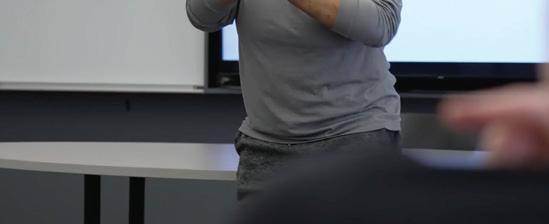
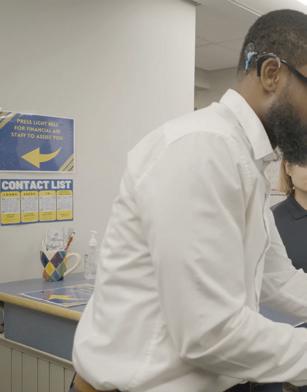
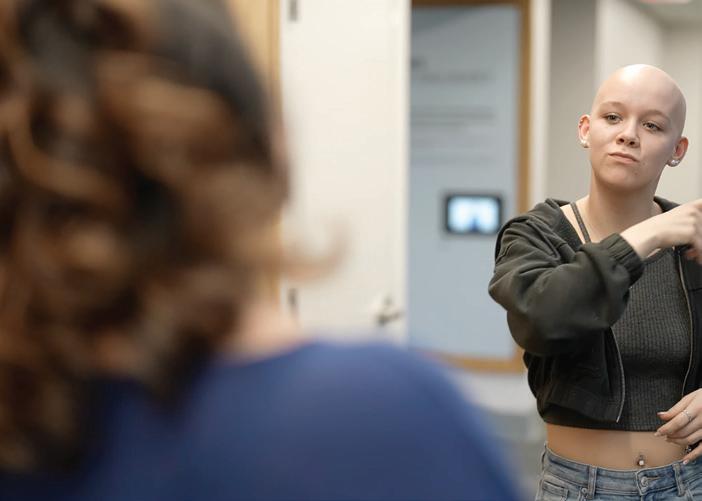
#IamGallaudet interviews began in 2022 as a social media showcase of students, faculty, staff, and alumni who carry on our traditions while redefining the Gallaudet experience. The profiles – nearly a dozen to date – include a new signer, a DeafDisabled student, a track and field standout, a student with hair loss, a graduate student whose path took many turns, and a student who was initially resistant to coming to Gallaudet. They all found a sense of identity and a home at Gallaudet. Their personal stories reflect the pride, promise, and power in every one of us when we say #IamGallaudet.
Prominent alumna and social media influencer Melissa Yingst, ’00, has conducted all the #IamGallaudet interviews to date. A former anchor for the student news show What’s Up, Gallaudet?, today she has her own popular online show, MELMIRA. “I am truly grateful for where it all started for mem here at Gallaudet – where I realized my love for media and community. I will always be grateful to Gallaudet for igniting my inner flame.”
#IamGallaudet is led by Bilal Chinoy, ’07, Director of Creative Services in the Office of University Communications, and an all-deaf team of designers and videographers. The campaign received an honorable mention in the Communications and Campaigns: Brand Reputation Campaign category at the PRNEWS Platinum Awards gala on October 18, 2023, in New York City.
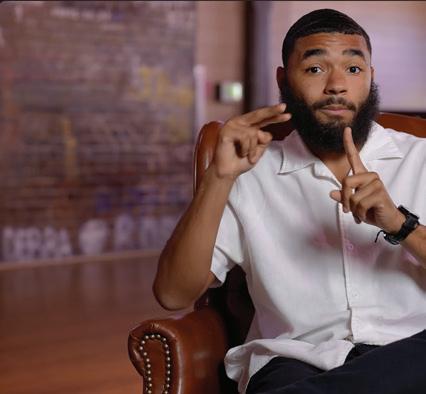

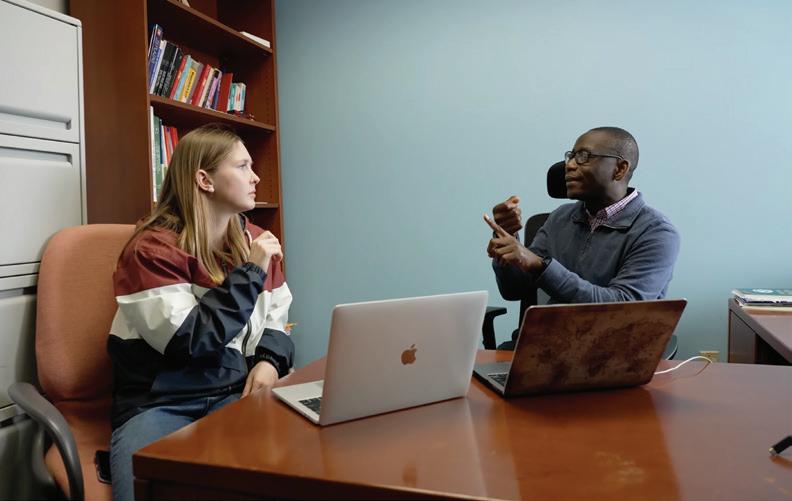

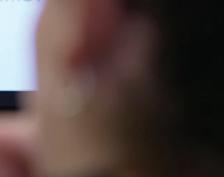
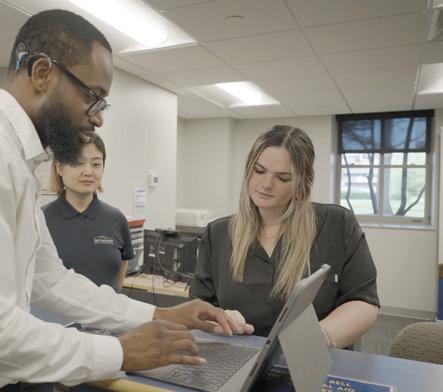
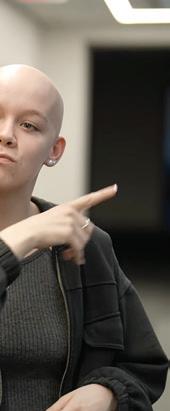
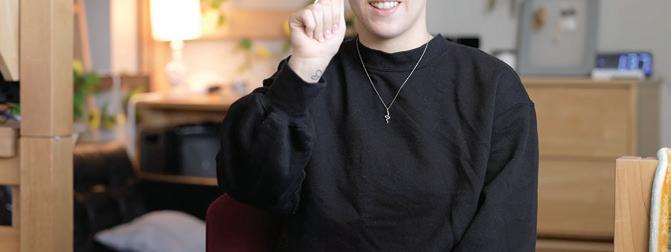
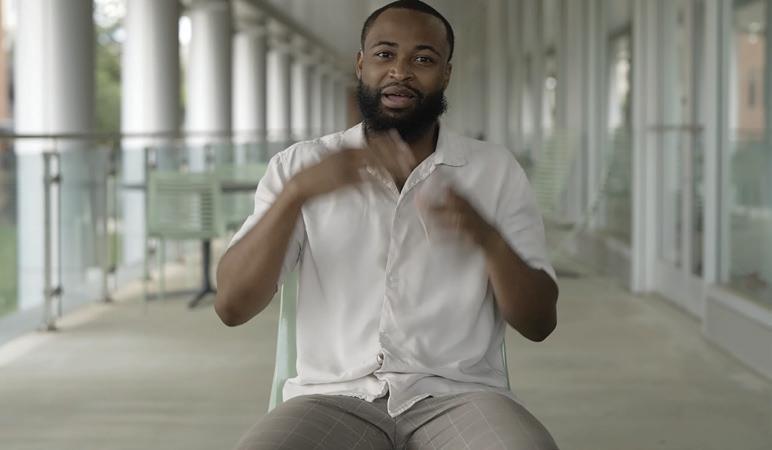
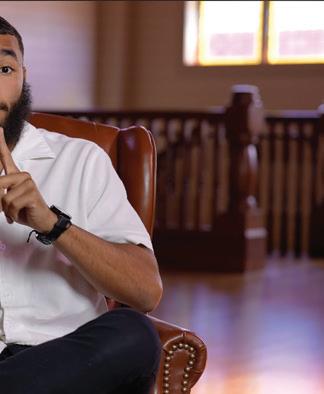

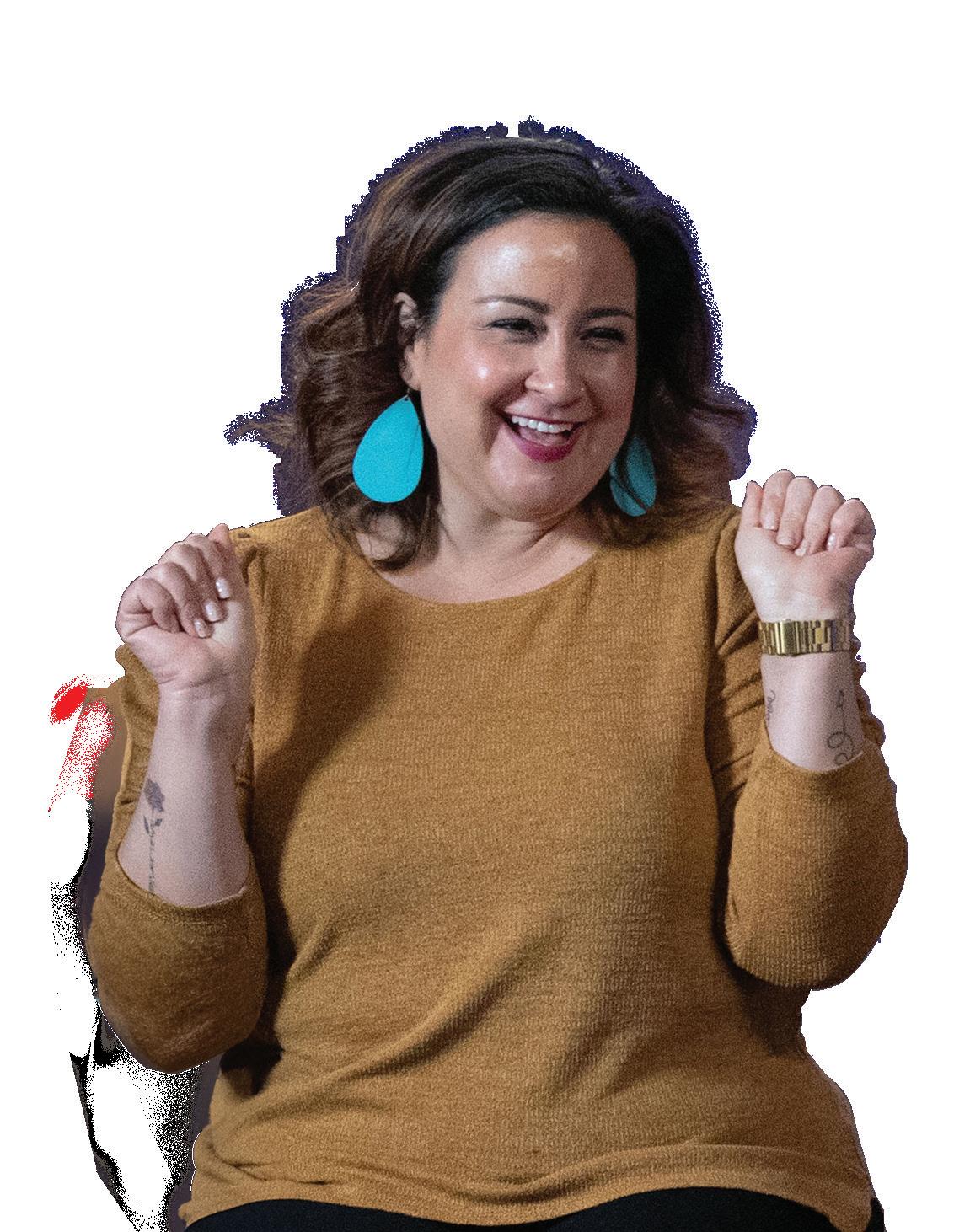
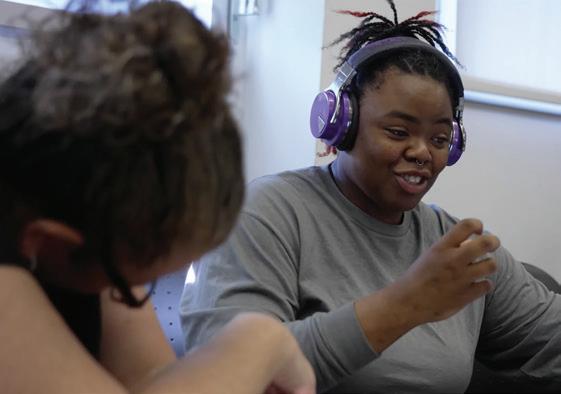
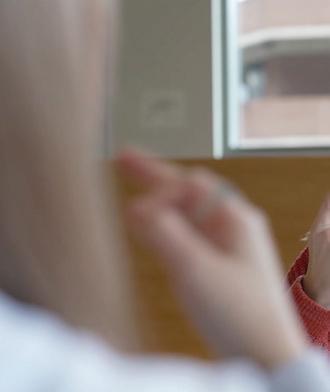

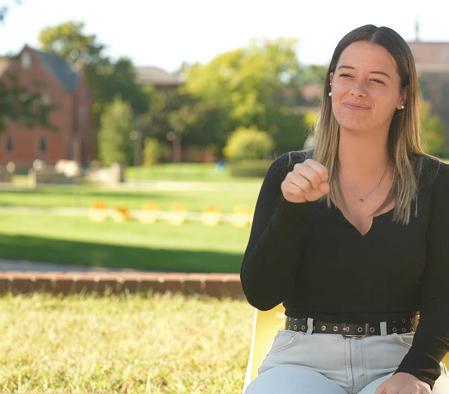
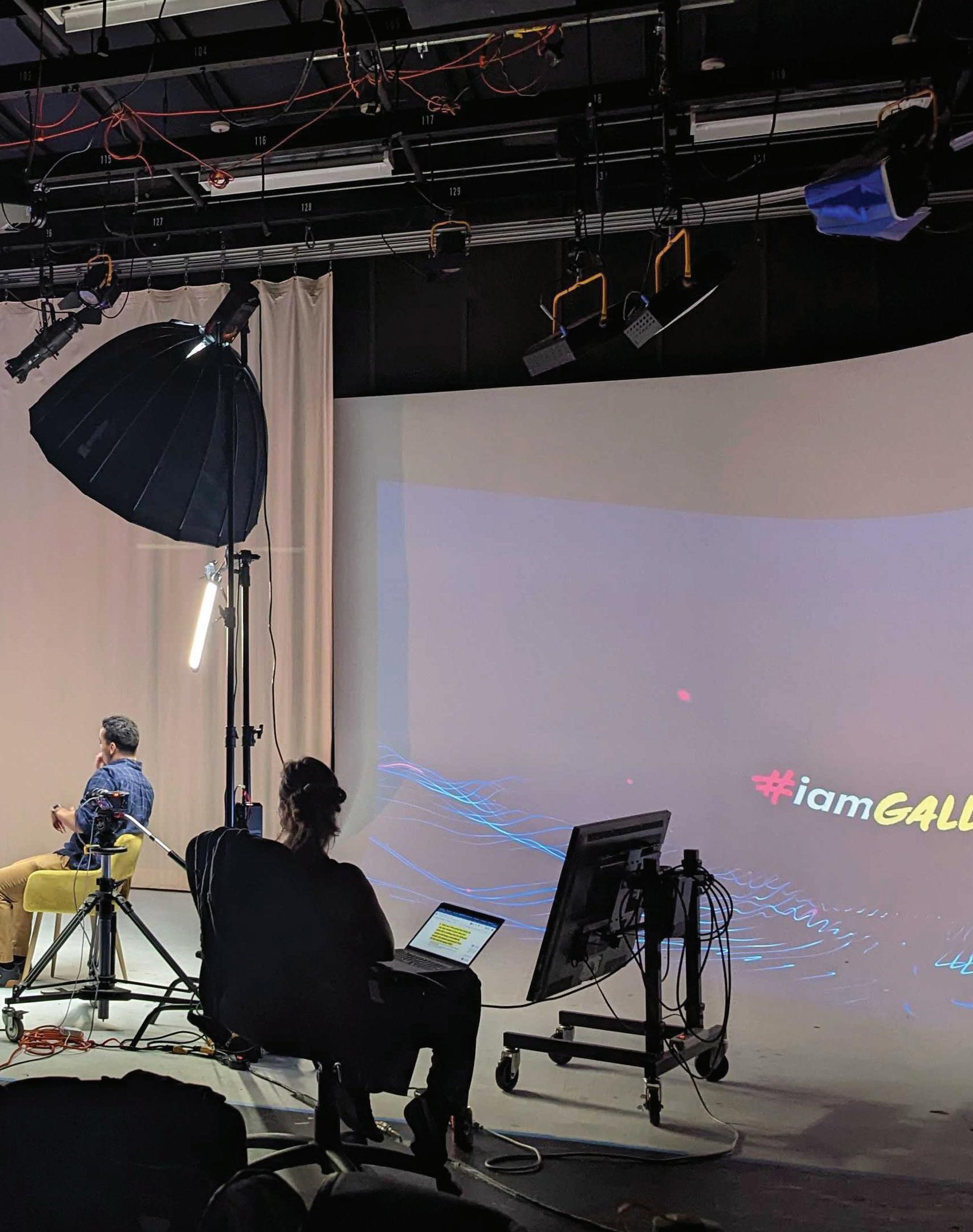
Midajah Davis is a physical education and recreation major from Roanoke, Virginia. When she came to Gallaudet, she knew that she wanted to be a student athlete, but she had not formed an identity beyond that. “I tried to hide.” Over time, she developed four identities: Female. Black. Deaf. Athlete. She shattered school records in the shot put in both indoor and outdoor track and field, and has twice been named All-Region for the South Region by the United States Track and Field and Cross Country Coaches Association. Midajah’s next goal is to represent the United States in the Deaflympics during the summer of 2025, and to win gold against international competition.
Watch Midajah’s video interview! gu.live/qdXYr


New York and Virginia

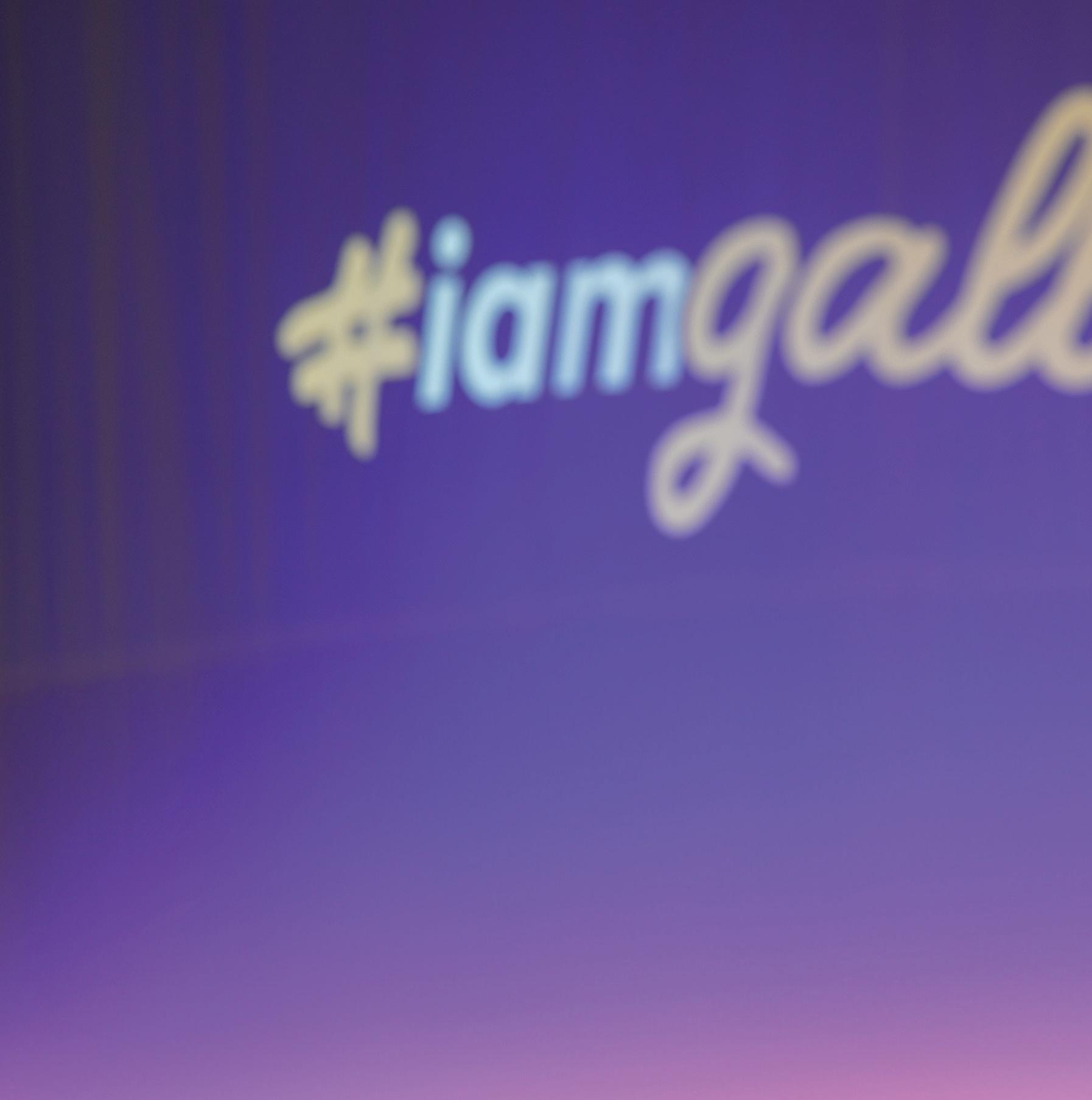
Payton DeGraw, ’23, majored in international studies. Hailing from Salt Lake City, Utah, she attended JumpStart, the university’s five-week immersion program the summer before her freshman year, and learned ASL and Deaf culture while acclimating to college life. JumpStart had such a profound impact on her that she later became a peer leader, then senior peer leader for the program. She played soccer for the Bison and was named a conference scholar-athlete all her four years. Peyton felt welcomed from the moment she arrived on campus, and this allowed her to develop her identity through JumpStart, be a student-athlete, and take on leadership roles at Gallaudet.

Watch Payton’s video interview! gu.live/OSOko

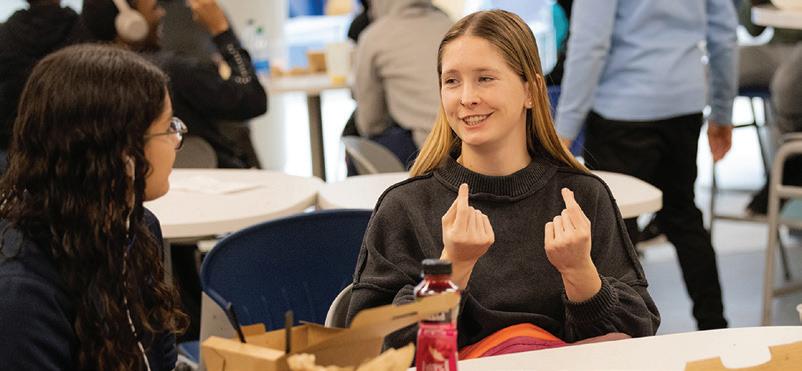
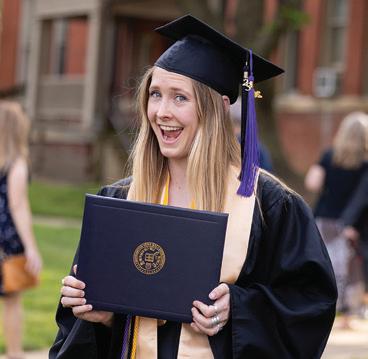

Deaf Studies and Spanish Major
Massachusetts
Erisette Cruz, ’23, graduated in 2023 with a double major in Spanish and Deaf Studies. She came to Gallaudet from Massachusetts. Identifying as Latine and DeafDisabled, she excelled as a student and was involved in several on-campus and community organizations. She tried to downplay these involvements, but they were significant and impactful. Erisette said she drew inspiration from faculty members who share her background. Her future goals include becoming a teacher and earning her doctorate.
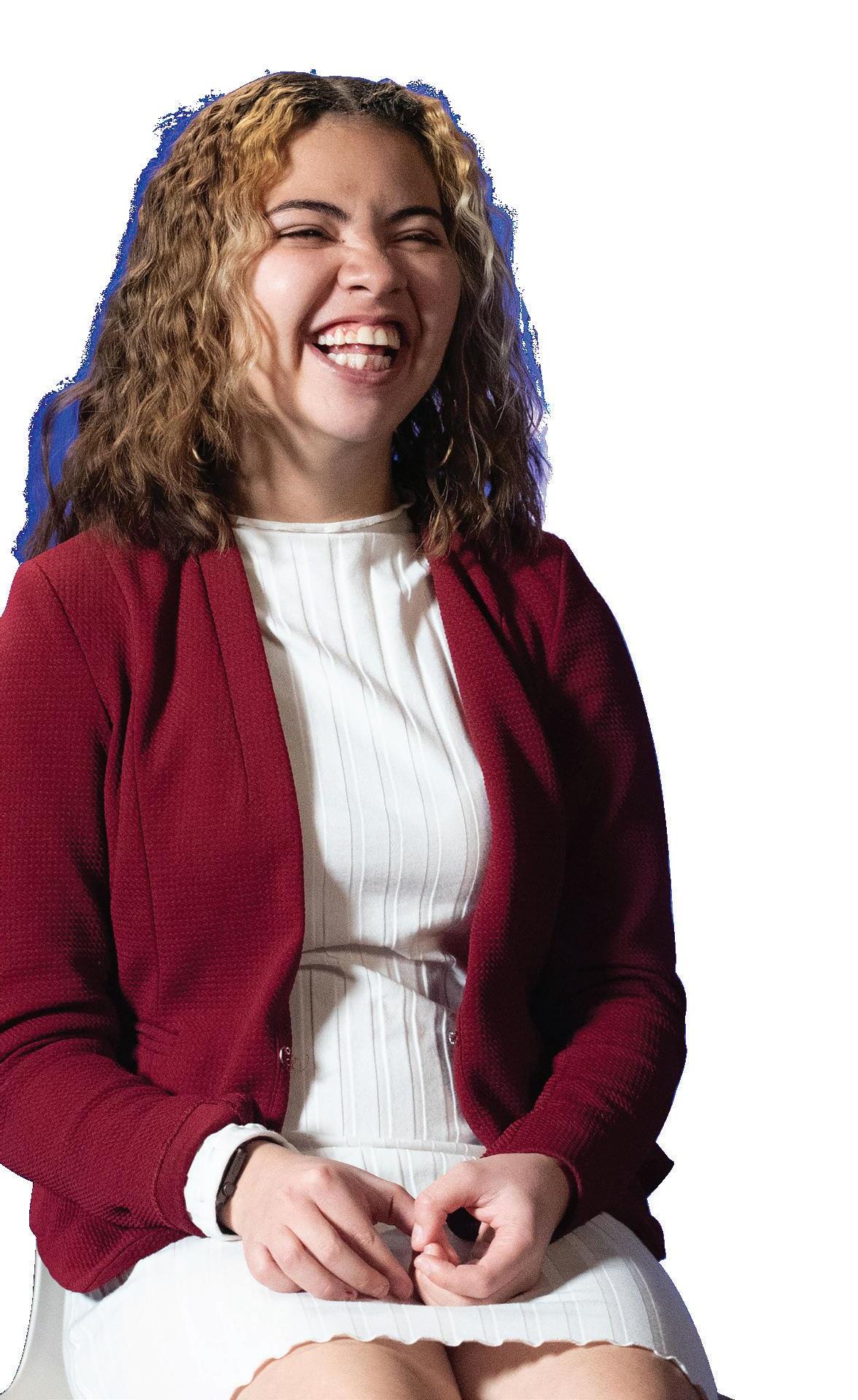
Watch Erisette’s video interview! gu.live/sdMJH

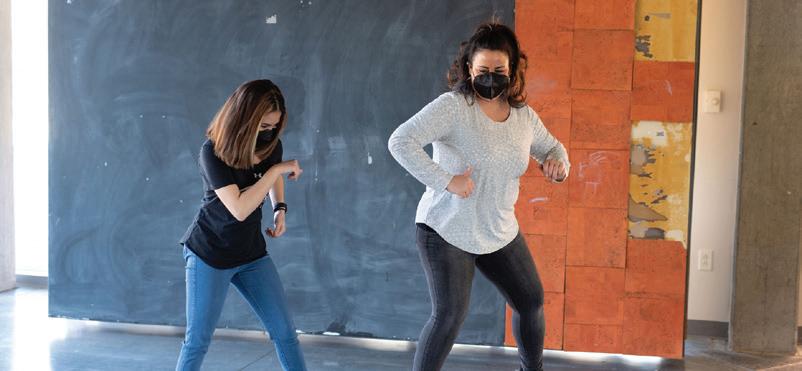
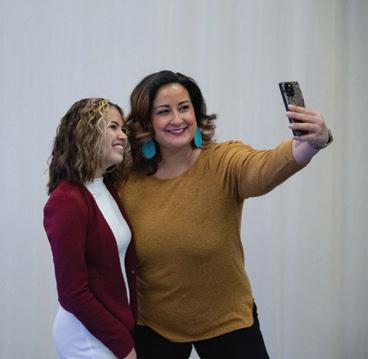
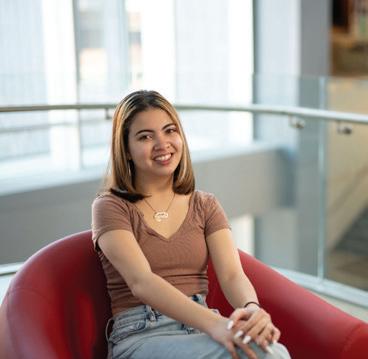
Annabelle Scroggins, ’24, from Austin, Texas, is a senior, majoring in sociology. She chose Gallaudet over a large state university. As a result, she enjoys direct communication and the ability to interact directly with her professors and peers. Coming to Gallaudet instilled so much confidence in her that she quickly planned out the next four years of her academic career. She has also been active in student leadership activities; these have led to even greater confidence. Her hair loss journey has not fazed her in the slightest. “Confidence comes from within,” says Annabelle.
Watch Annabelle’s video interview! gu.live/pylMt
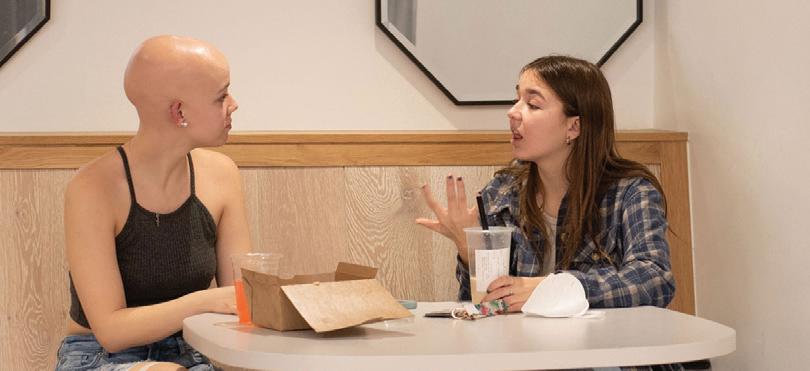
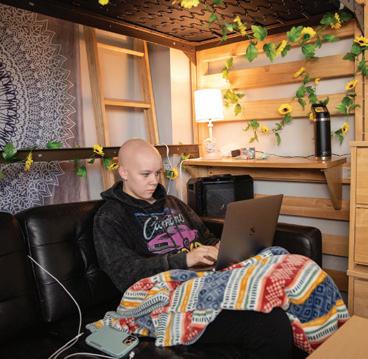
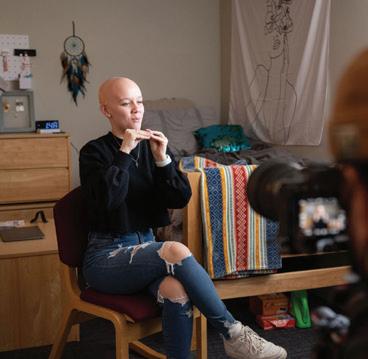
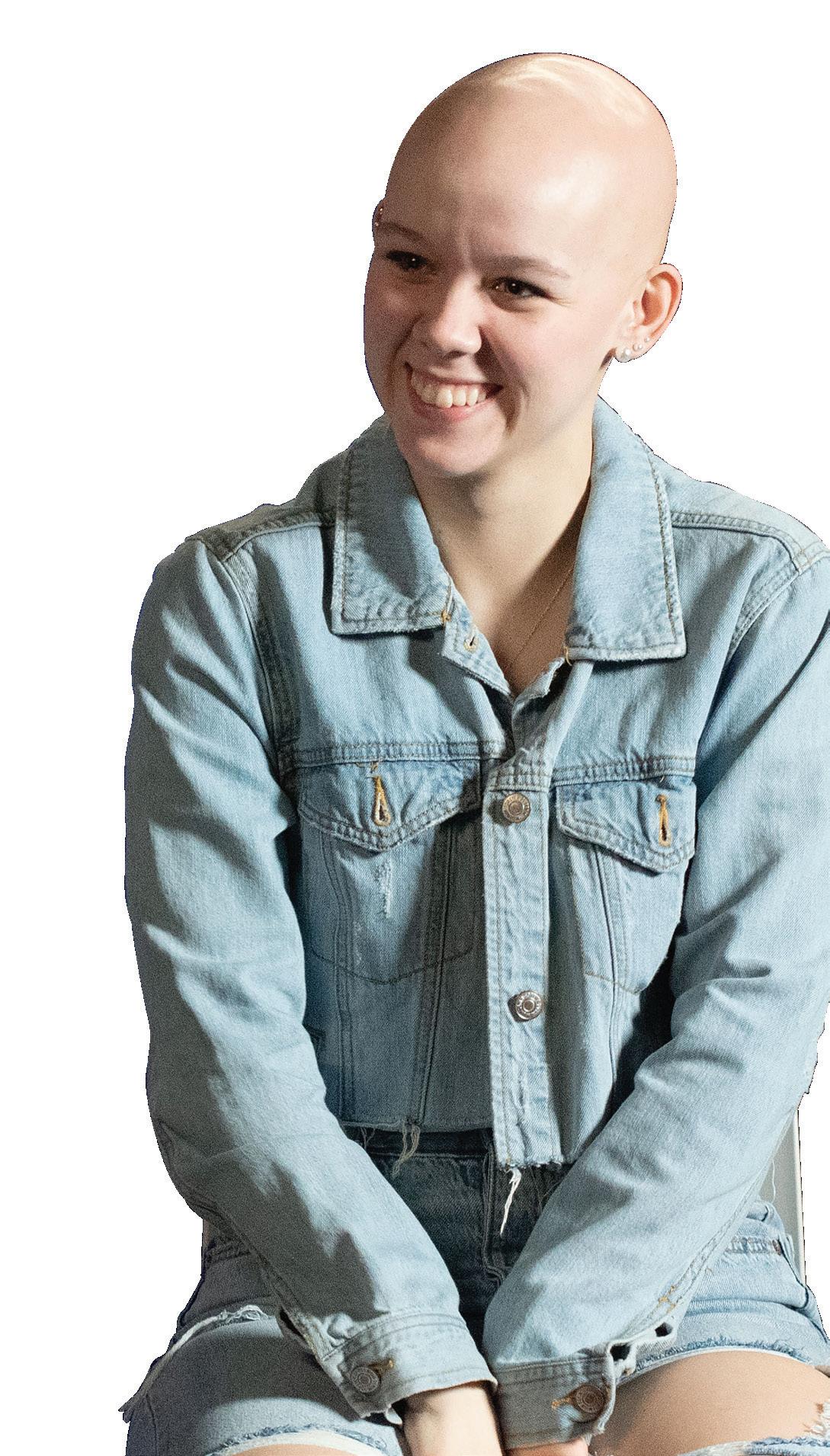

Elijah Henderson, ’22, is living proof that students invest in schools, and schools invest in students. Elijah had to pause his educational journey due to finances, but Gallaudet did not give up on him. Elijah received financial aid that allowed him to complete his degree, and career services that landed him an internship at the Federal Aviation Administration, and ultimately a full-time job with the U.S. Department of Labor. His time at Gallaudet was also one of self-discovery. He became involved in the Black Student Union, and performed at and hosted ASL Poetry Nights at Busboys and Poets. Elijah is now a graduate student in the Master of Public Administration program.
Watch Elijah’s video interview! gu.live/KEIVe

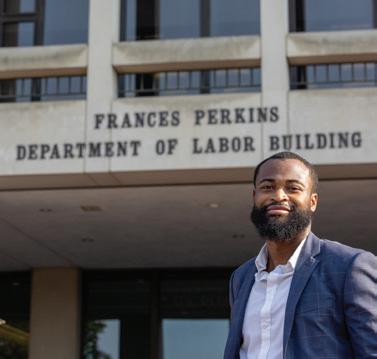
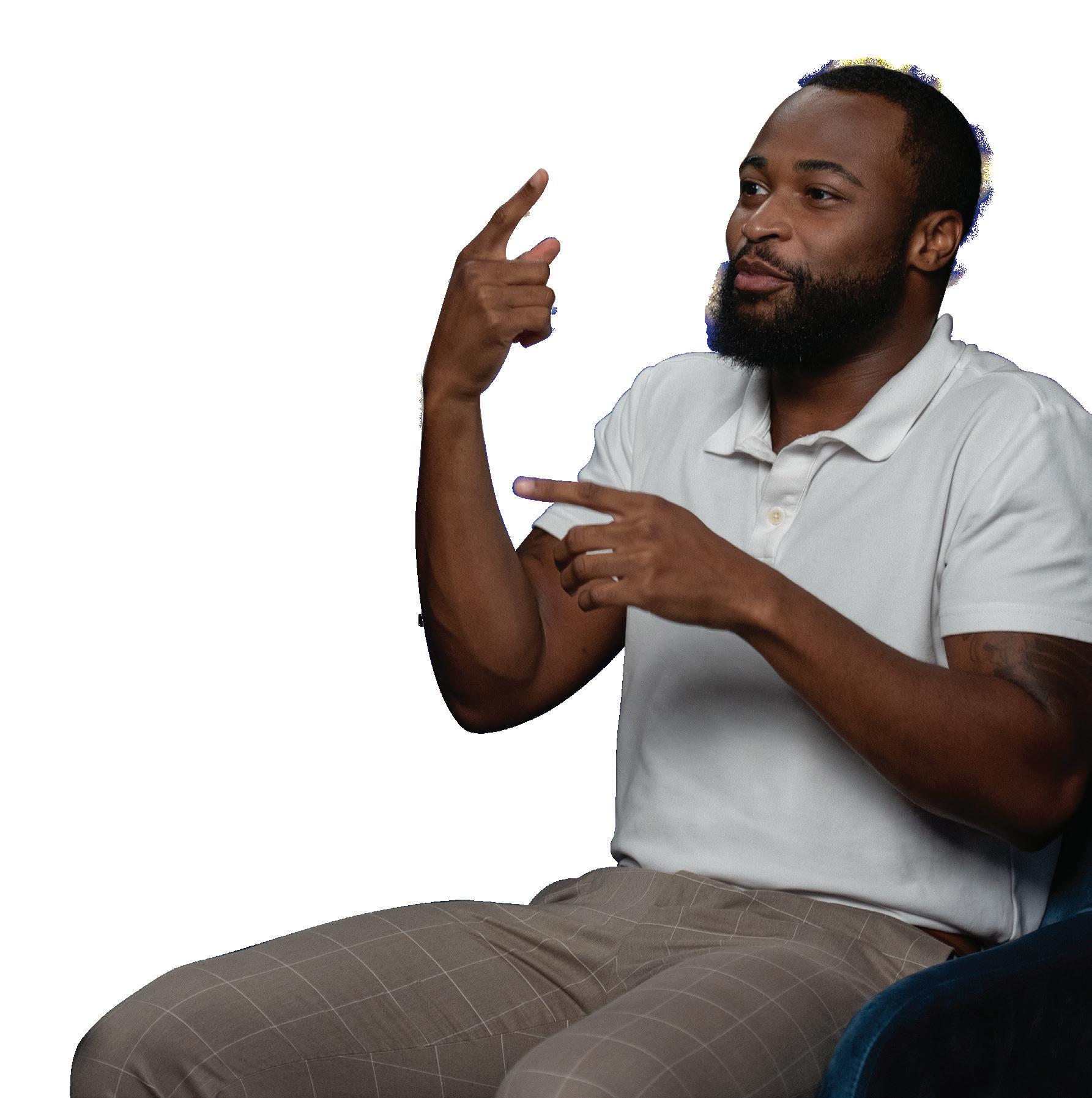


Budget Analyst
Belarus and Arizona
Sabina Shysh, ’19 & G-’21, had her heart set on attending a different school. At her mother’s encouragement, she attended a Summer Youth Camp at Gallaudet. She immediately knew that she would end up at Gallaudet for her college and athletic career. Born in Belarus, Sabina came to Gallaudet from a small school in Arizona and felt welcome from the moment she set foot on campus, seeing the “Welcome to Gallaudet” banner. She found a community in athletics, playing basketball, and still does today as an assistant coach for the women’s basketball and soccer teams.
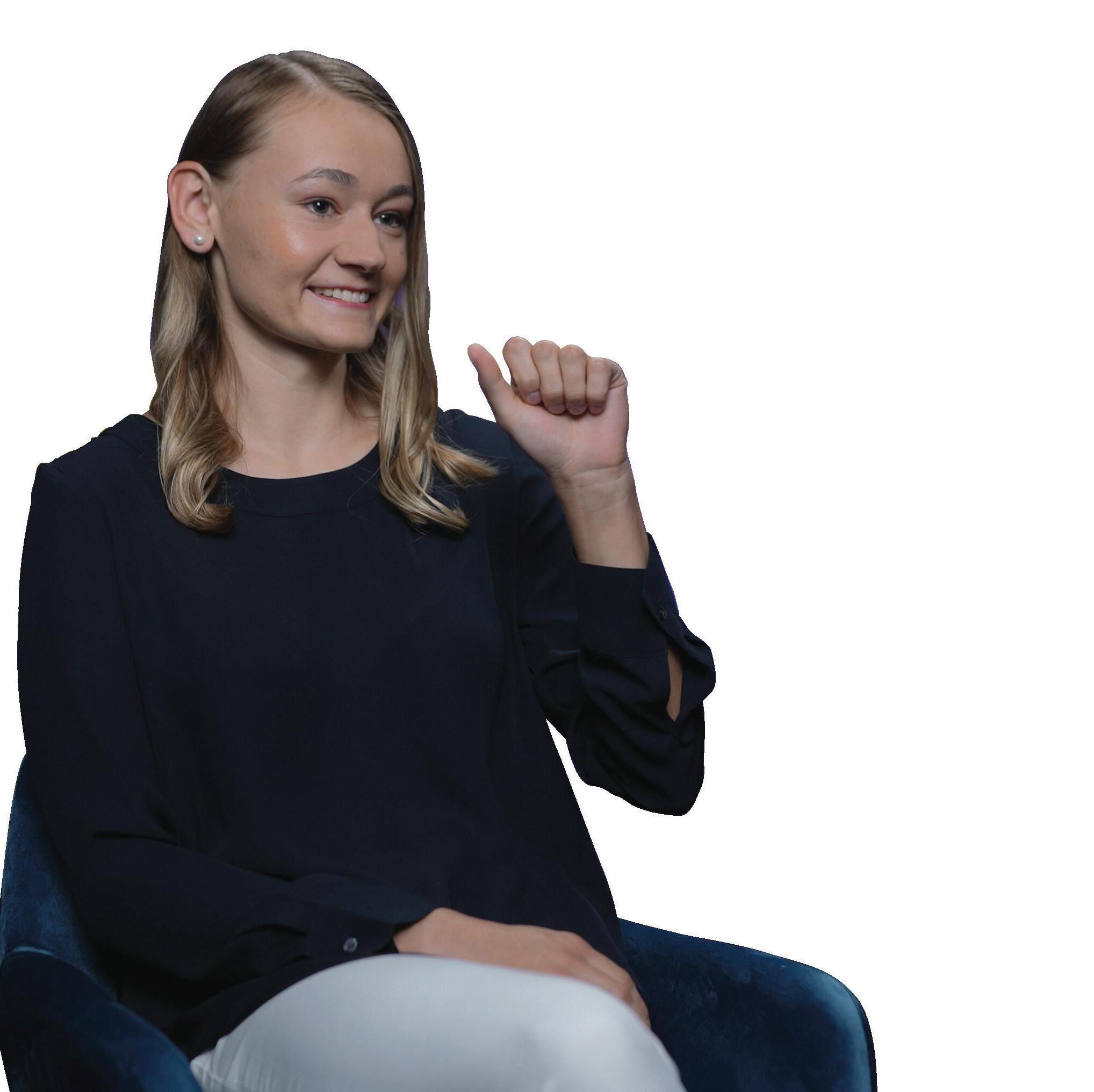
Watch Sabina’s video interview! gu.live/Trvdj

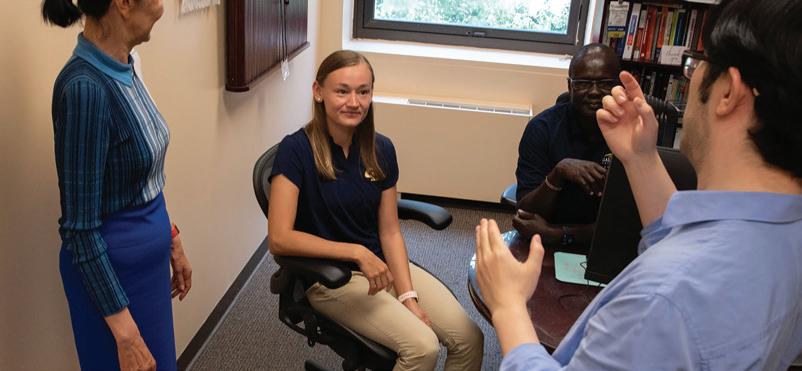
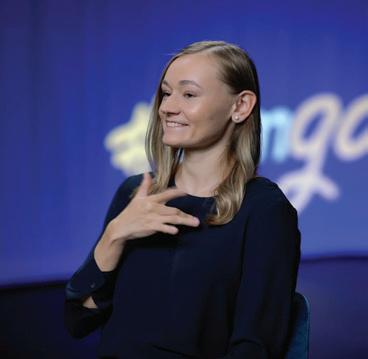
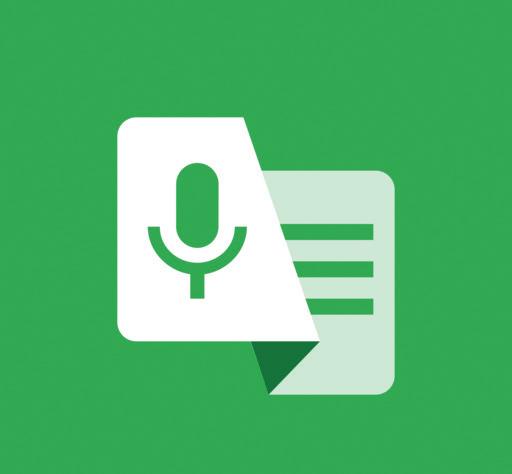

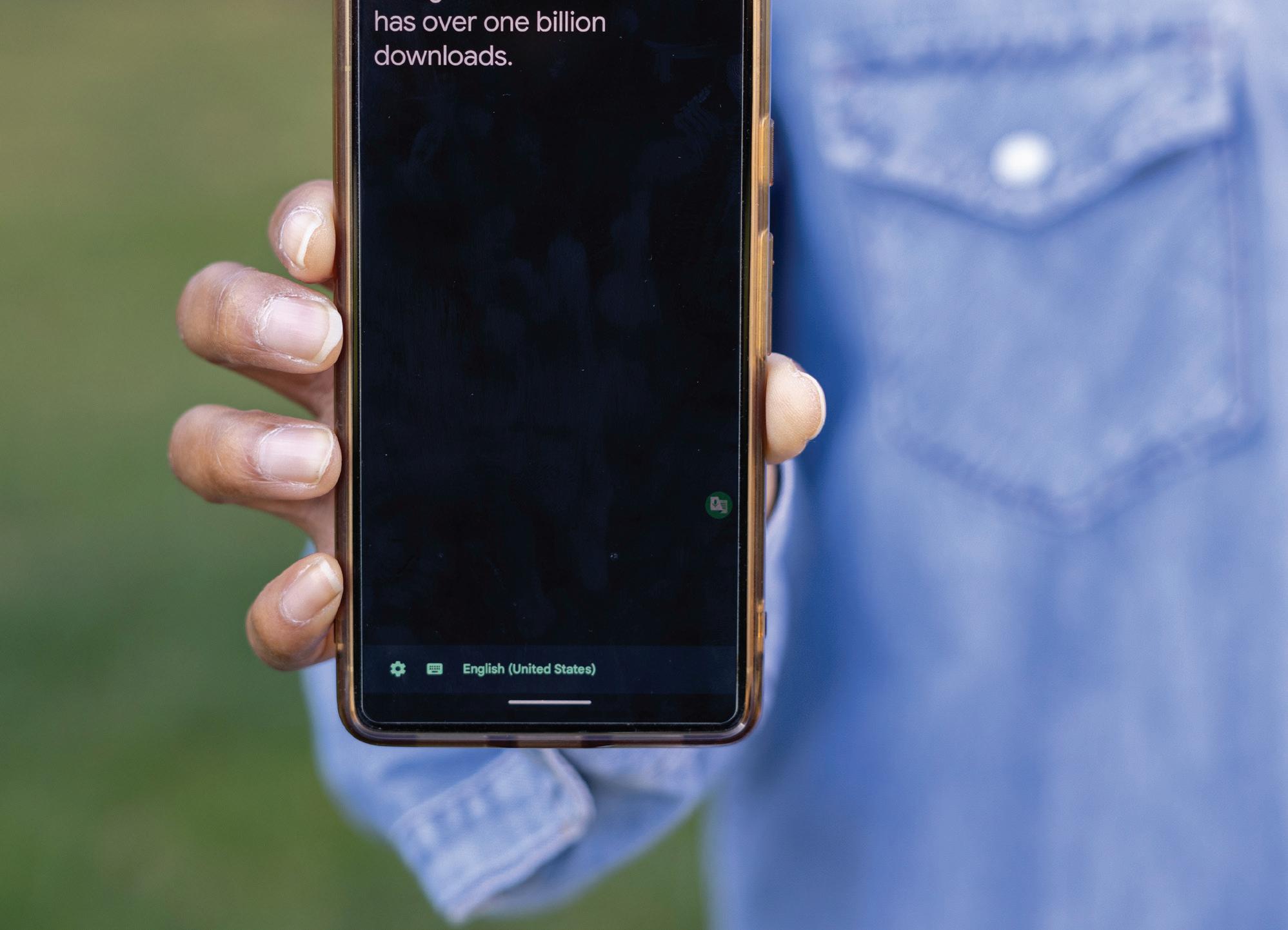
Any time Dr. Raja Kushalnagar steps into a store, he pulls up the Google Live Transcribe app on his phone. Developed through a collaboration between Google and Gallaudet, the app — which was released in 2019 — activates with a single tap. He can read what a hearing sales clerk is saying. He can type out a reply. He can see the beeps as his order is rung up. “I use it every day. It’s reliable, fast, and easy,” he says. “It’s changed things.”
With over one billion downloads and counting, the app has changed things for a whole lot of people. And it’s proof that there is a huge demand for products made with deaf users in mind, says Kushalnagar, director of the B.S. in Information Technology and M.S. in Accessible Human Centered Computing programs. The app
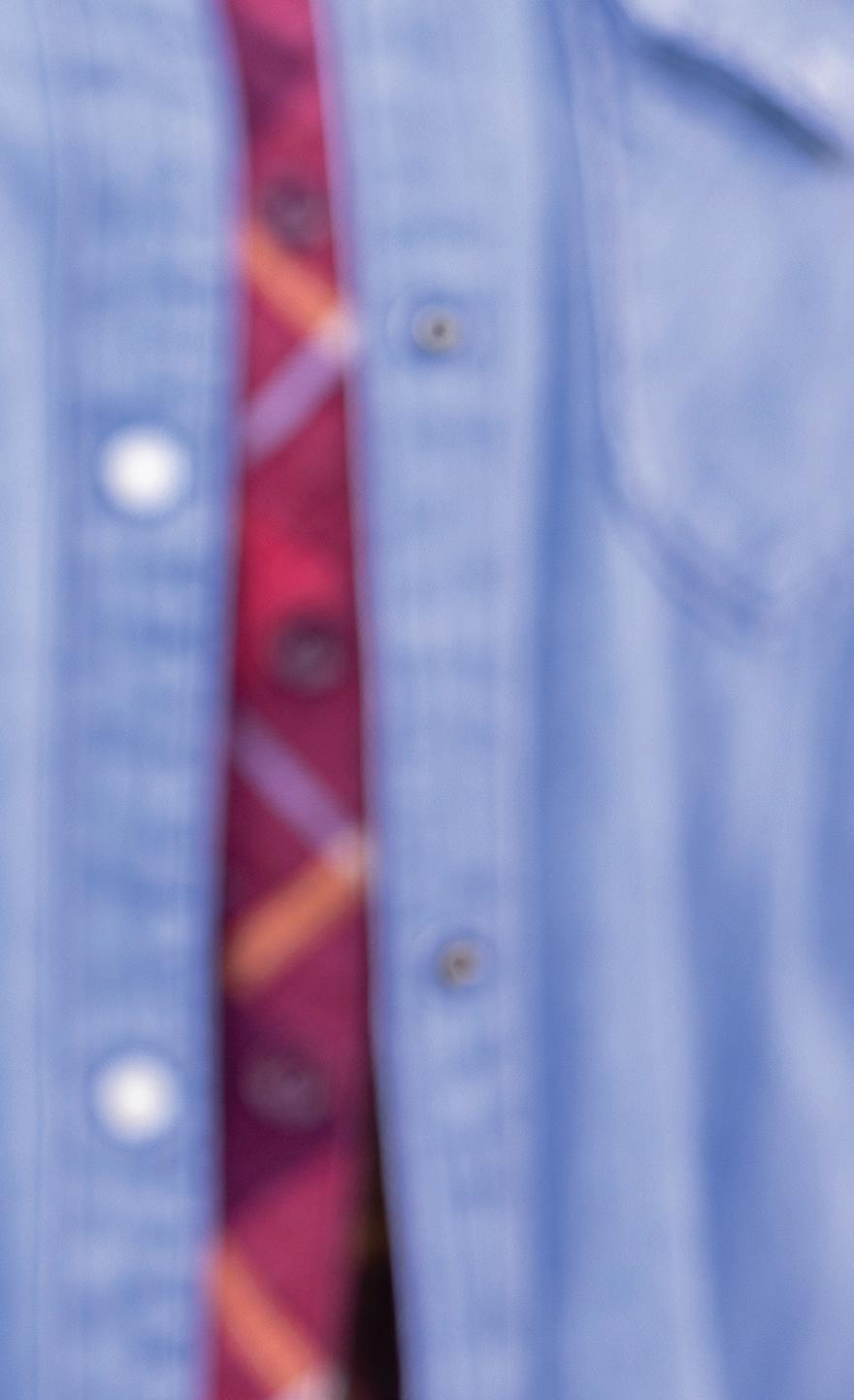
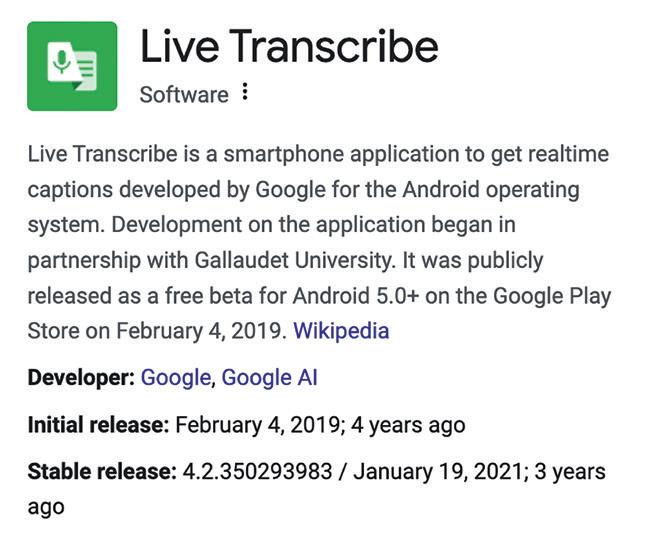
began as an internal prototype for a deaf Google engineer who doesn’t sign, explains Dr. Christian Vogler, Director of Gallaudet’s Technology Access Program (TAP). When a Google team including the engineer visited campus, Vogler and his colleagues immediately recognized the potential for this kind of product. “We said that there’s a wide need for this and we need to figure out how to release this to the public,” he says.
Working with Gallaudet to develop the app made sense. “This is the place where deaf experts get together. It’s a hub,” Kushalnagar says. The community not only offers a concentration of talent, but also perspective.
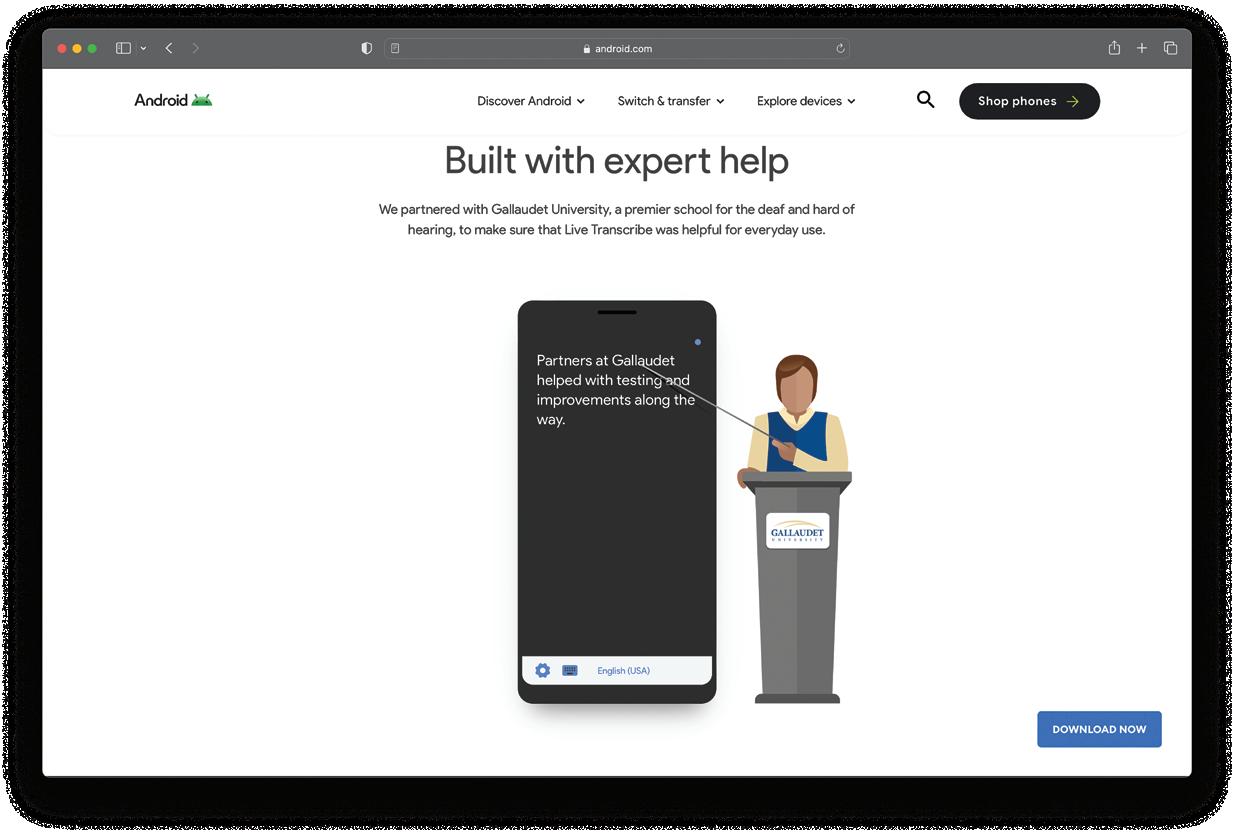
The TAP team, including Vogler, Kushalnagar, Norman Williams, ’91; Paula Tucker, EdS ’03; and Linda KozmaSpytek, helped test the app, and shared research on which features would be most critical for deaf users. “It can detect if someone calls your name, like at a doctor’s appointment,” Vogler notes. It also shows how much background noise is present and indicates with icons when there is wind, barking, or clapping, Kushalnagar adds. A message at the bottom of the settings screen for Google Live Transcribe reads, “Google gratefully acknowledges the help of Gallaudet University.”
by Victoria Hallett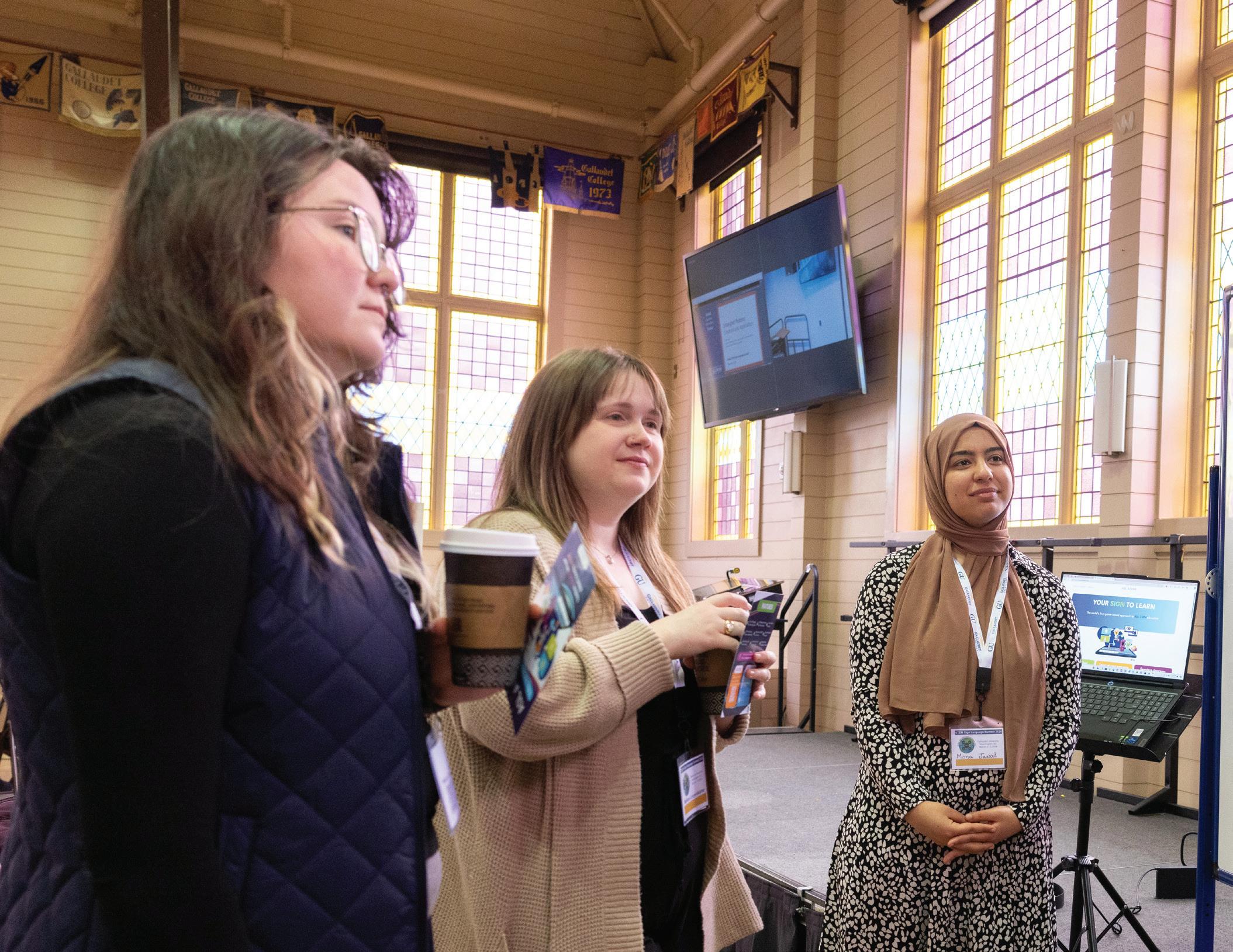
Nearly 300 people from across the United States and the world attended a Global STEM Sign Language Summit in early March 2024 at Gallaudet University.
The four-day conference was the culmination of a year-long effort, funded by the National Science Foundation (NSF), exploring how scientific concepts are communicated in different signed languages and how that impacts education and career outcomes for deaf people.
Welcoming such a large group of STEM-focused signers – both in person and virtually – creates a unique environment, explains co-principal investigator Christopher Hayes,’12, assistant professor of mathematics, who organized the summit with principal investigator Alicia Wooten, associate professor of biology, and co-principal investigator, Caroline Solomon, Dean of the Faculty.
“It’s been an amazing experience gathering together these Deaf STEMists, educators, interpreters, linguists, and more, to not only discuss the development of communicating STEM in sign language, but also to get experts


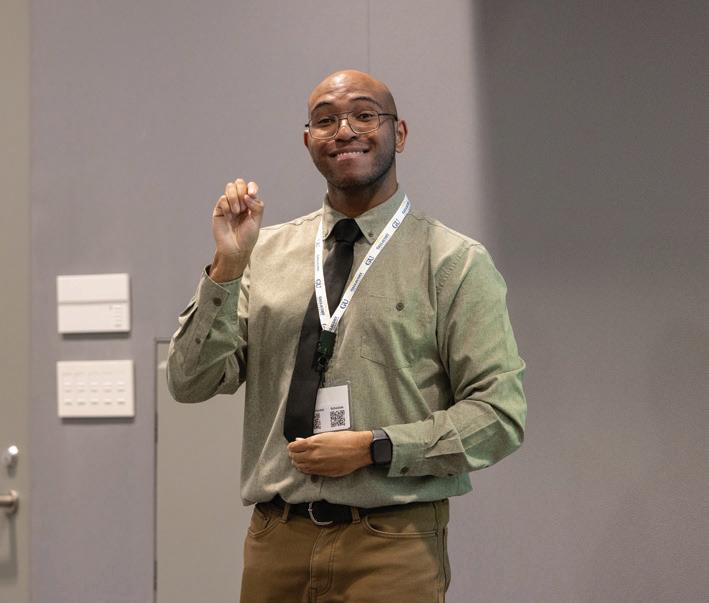
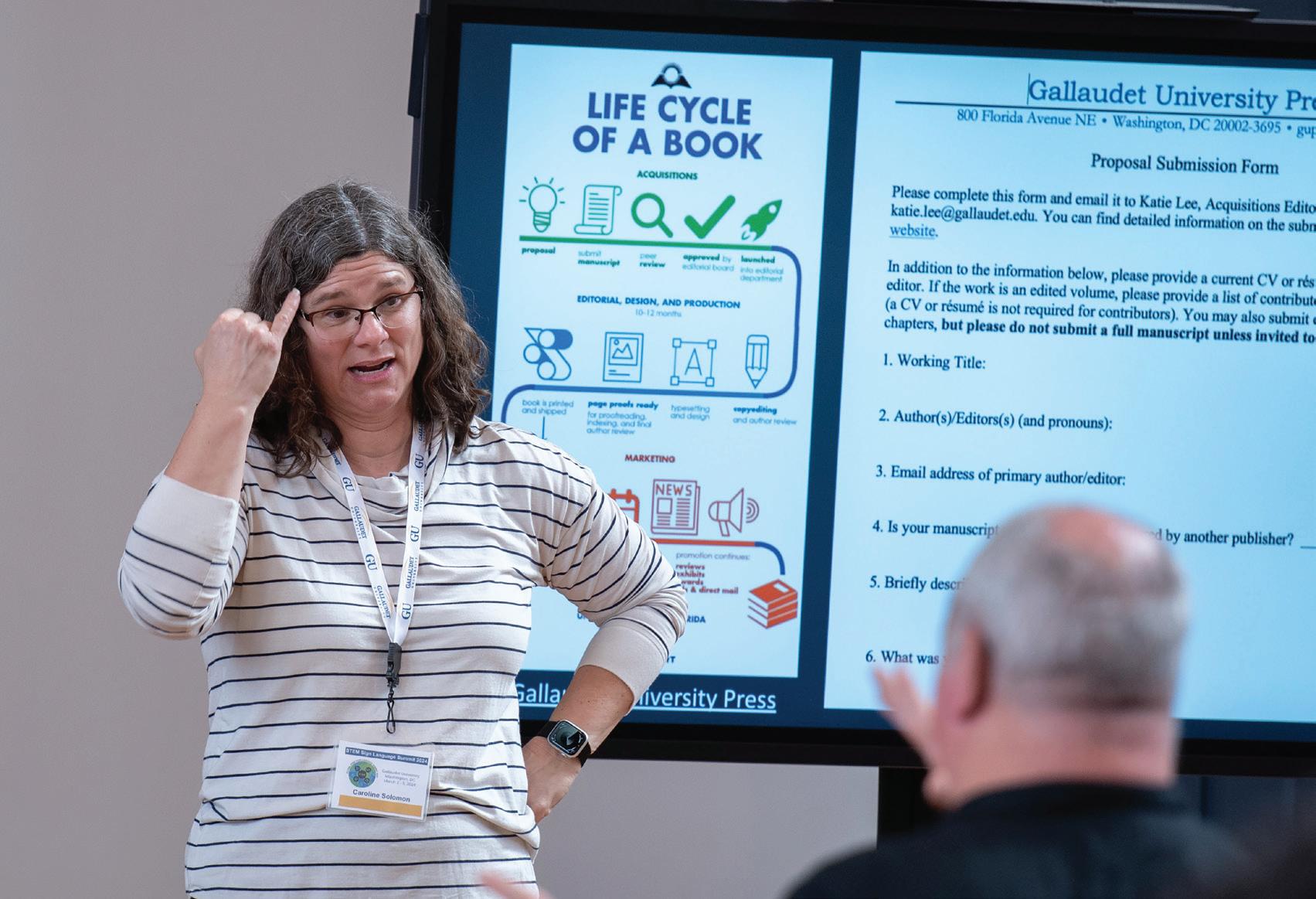
together to discuss STEM itself in a natural setting for them,” Hayes says. “This is the first NSF-supported conference we know of where Deaf STEM researchers from a variety of backgrounds can present their technical STEM research, most of which is unrelated to deafness, to an audience of signers.”
“Moreover, this is a special opportunity for our students to see research by and network with Deaf experts from outside of Gallaudet.”
The four-day summit schedule contained presentations organized by five tracks:
STEM Education for Students Who are Deaf and Hard of Hearing (K-12, college, and graduate studies)
Development and Dissemination of STEM Signs
Interpreting in STEM
Research by Deaf and Hard of Hearing Scientists
Sustainability of Signed Language Lexicons
These topics build on work that began in March 2023, when Gallaudet hosted a Founders and Leaders Workshop, bringing together an international group of scientists, linguists, and educators who have developed STEM sign language dictionaries and other resources. They shared their strategies and struggles, and brainstormed ways to collaborate and improve overall efficacy. Presentations at other international gatherings, including the XIX World Congress of the World Federation of the Deaf in Jeju, South Korea in July 2023 and the Deaf Academic Conference in Vienna, Austria in September 2023, brought continued attention to these issues.
The summit featured presentations, panels, open discussions, and networking opportunities. All
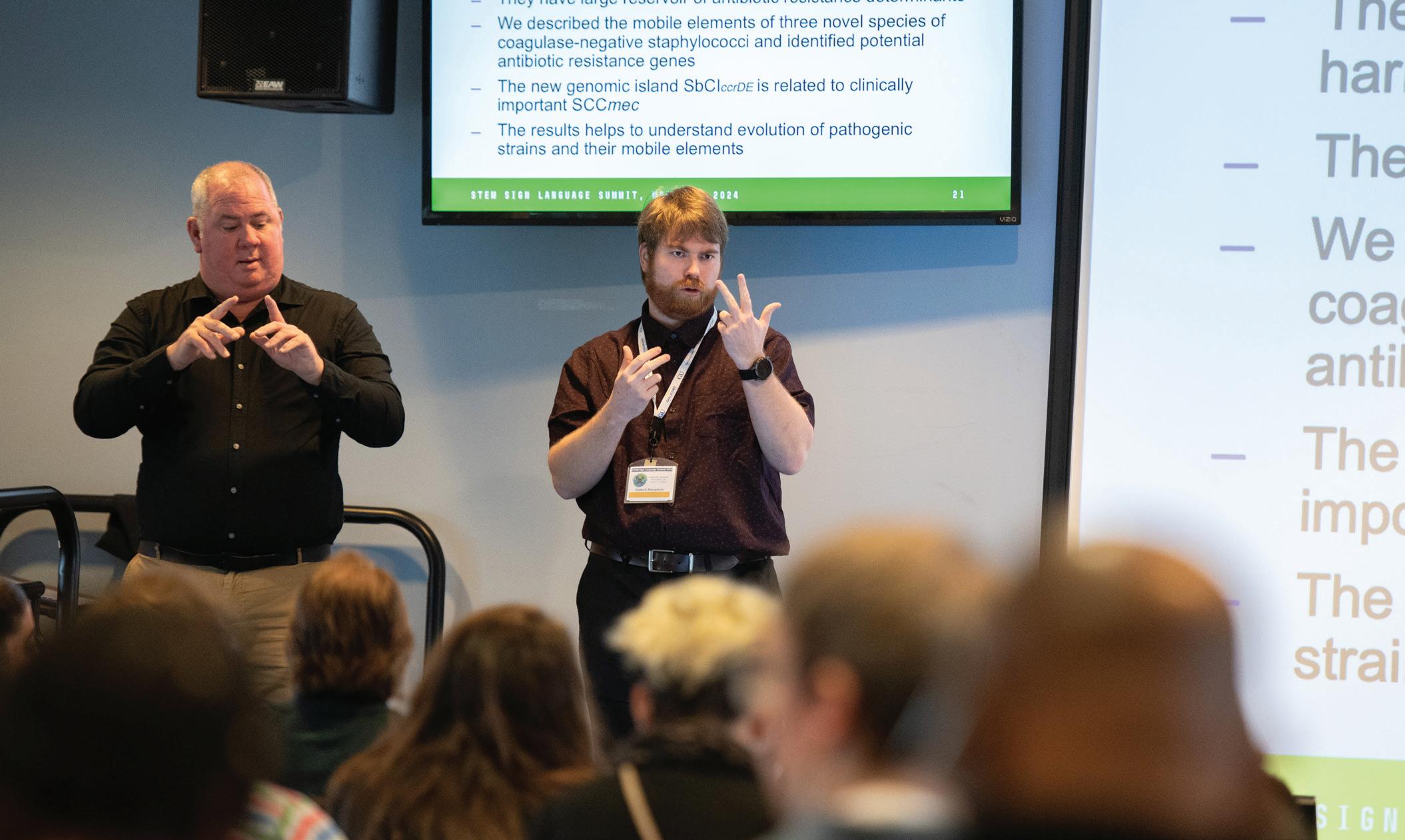
of the sessions, including titles such as “Issues for Sign Language Lexicon Sustainability: Membership, Ownership and Fluency,” “Storytelling in STEM,” and “Entangled Photons: Creation and Application,” focused on a common goal: ensuring that scientific concepts are accessible to deaf people at every level, starting with young children and building up through the top tiers of research. Attendees expressed their desire to remove barriers, encourage more deaf interest in science generally, and boost the numbers of deaf people who pursue careers in the field.
“We have received many questions about when the next Global STEM summit will happen, which showcases a need to continue this work,” says Wooten, who is excited to build up more research and support for these topics.
Another goal of this NSF-funded project is a book, already in development, that will collect


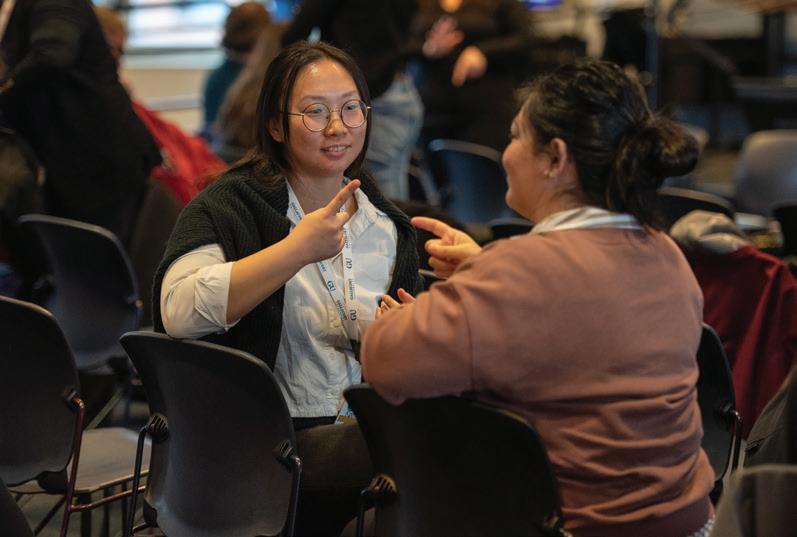
the past year’s findings. “The really neat thing about this book is that it is a huge collaboration by individuals from all over the world sharing their expertise on where we are, what we need, and how we can do it,” she says.
Combining this information globally, rather than focusing on just one country, is critical, adds Wooten. “Deaf in STEM is a universal thing,” Wooten says.
Participants came from all over the United States, as well as from Brazil, Bulgaria, Cameroon, Canada, Czechia, England, France, Germany, Ghana, Greece, India, Ireland, Japan, Jordan, Morocco, Nigeria, Poland, Scotland, Singapore, and Zimbabwe.
Among the academic institutions represented at the Global STEM Sign Language Summit were Gallaudet University, Barnard College, Charles University (Czechia), Massachusetts Institute of Technology, Michigan School for the Deaf, Montgomery County (Maryland) Public Schools, Purdue University, Rochester Institute of Technology, University of Connecticut, University of Edinburgh (Scotland), University of Illinois Urbana-Champaign, University of Toulouse (France), and Wellesley College.
This grant, A Review of the Current State of STEM Sign Language Lexicons (NSF 2309972), was awarded to Dr. Alicia Wooten of the Gallaudet University School of Science, Technology, Accessibility, Mathematics, and Public Health, for the period of April 1, 2023, to April 30, 2024.
by Victoria Hallett and Robert WeinstockGLKS Director Dr.
demonstrates some of the features of the Interactive World Map now on display in the Kellogg Conference Hotel lobby.
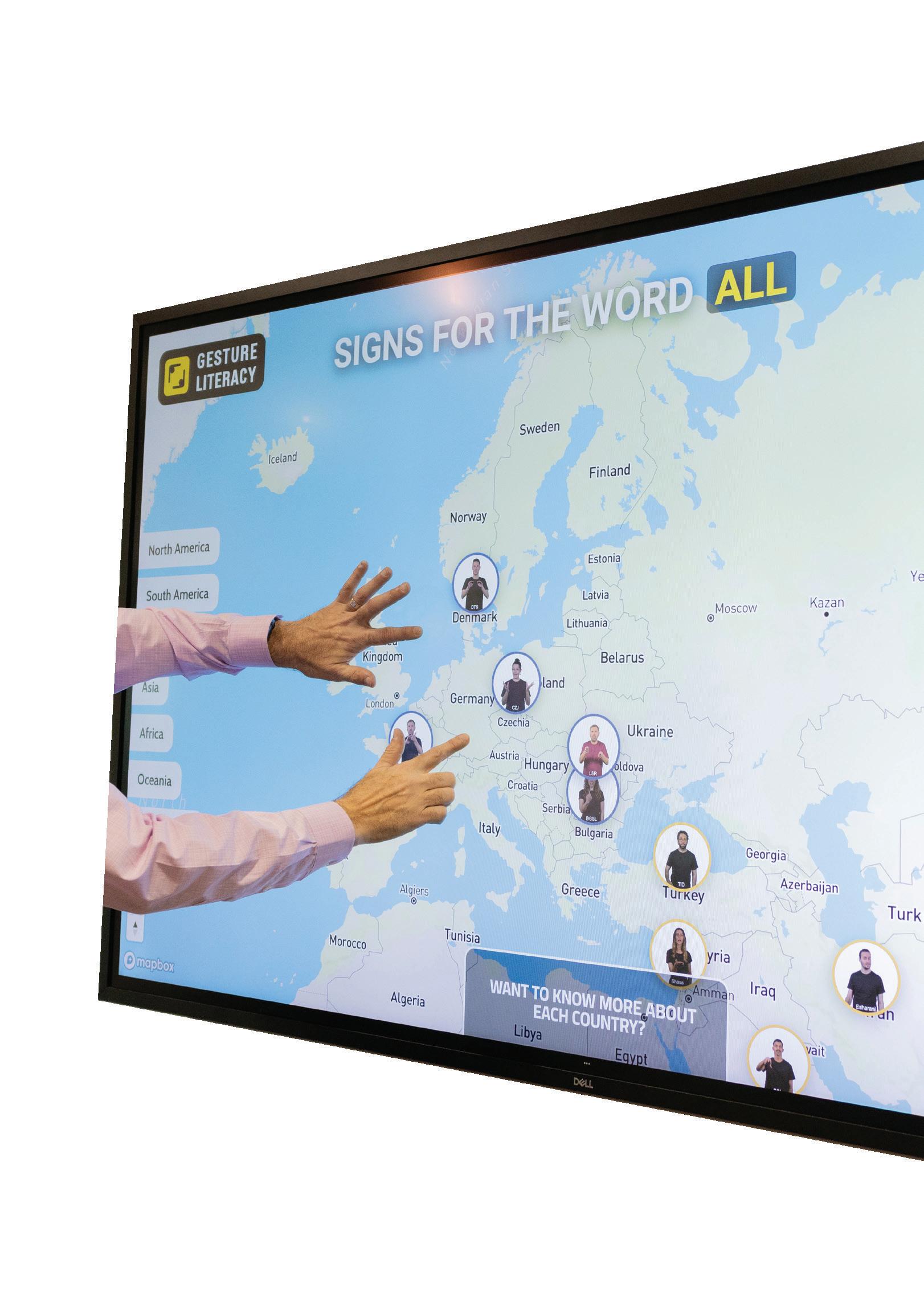
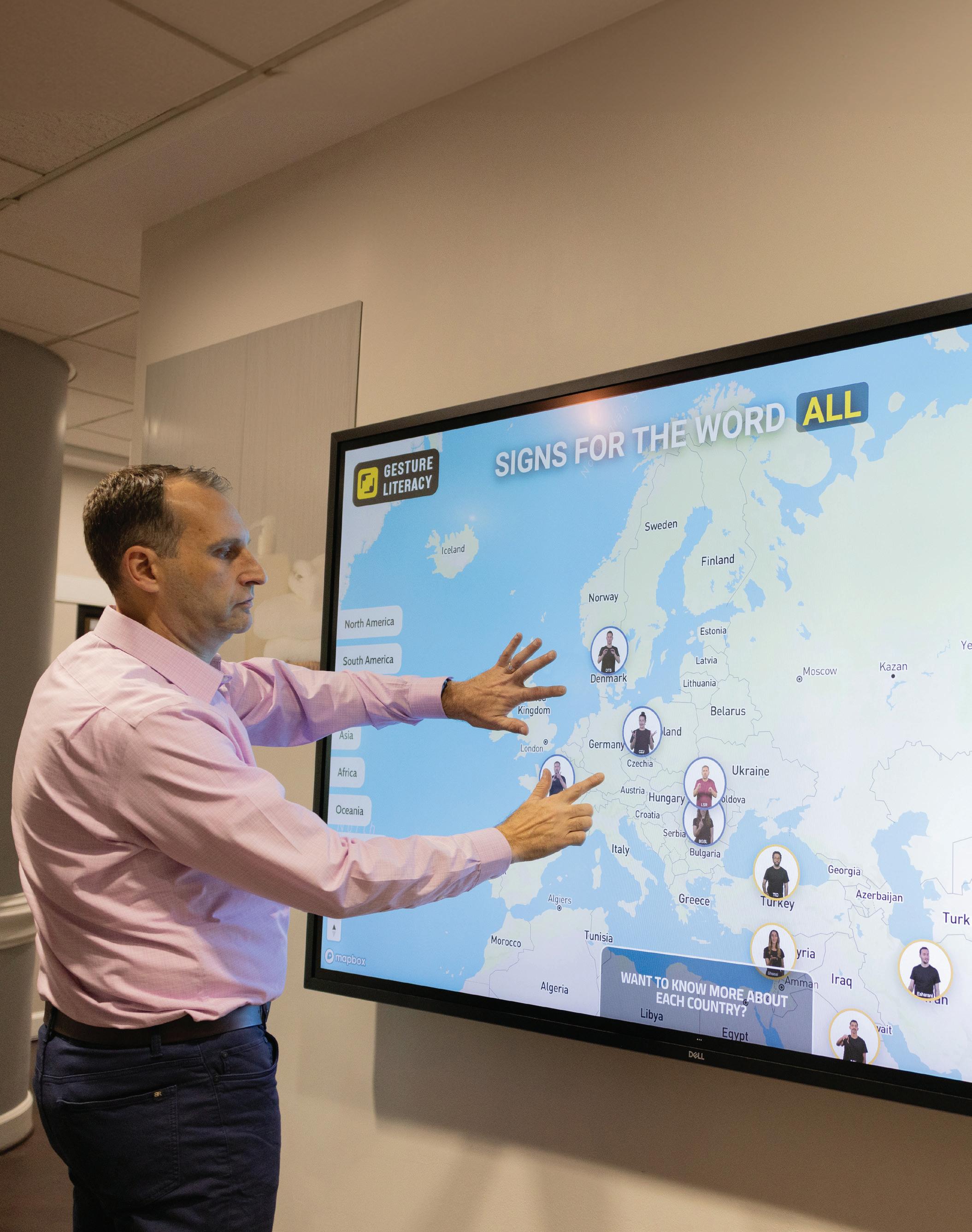

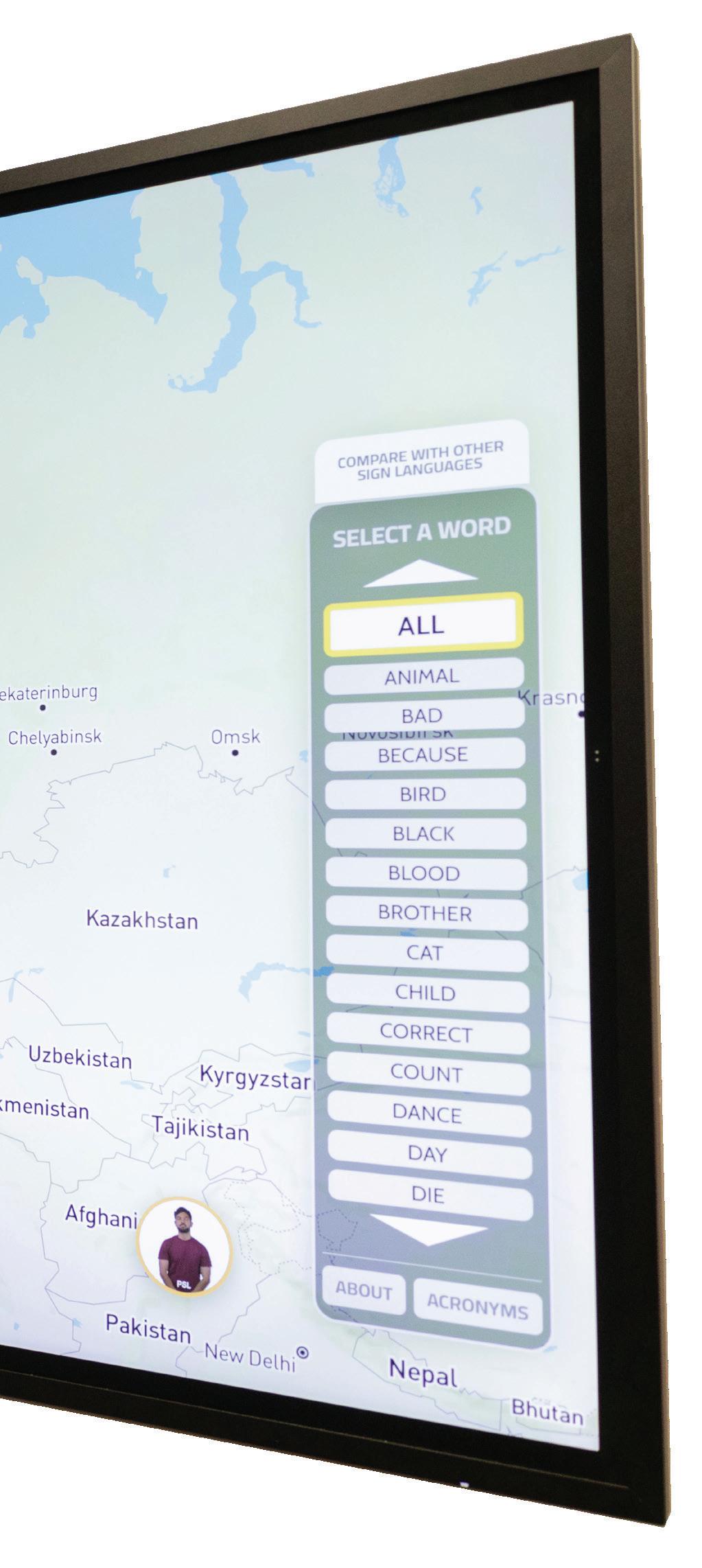
The new interactive world map on display in the lobby of the Kellogg Conference Hotel at Gallaudet University invites you to use your hands. With one tap, the familiar outline of continents fills with about 30 bubbles, each containing a Deaf person signing the word “all” in their native language. A man in Sri Lanka clasps his hands together, while a woman in Bulgaria wiggles her pointer finger, and a man in Uganda crosses one arm across his chest. In seconds, it showcases the incredible diversity of signs around the globe. And it can keep you busy for hours as you scroll through the list of 100 words.
This map is the product of a yearlong undertaking by the Gesture Literacy Knowledge Studio (GLKS), a Gallaudet research laboratory housed in the
Kellogg Conference Hotel. “Researchers in the 1960s and 1970s made breakthroughs in linguistics research on ASL, proving that it is a bona fide language, not merely random gestures.
Given the deep roots of gesture in the historical evolution of sign languages, we are examining the confluence of gestural, phonological, and semantic elements in signs through a Deaf lens at the lab,” GLKS Director Dr. Patrick Boudreault, E-’93, says.

The map is a way to visualize the linguistic commonalities across different sign languages and their proximity to gestural roots, explains Boudreault, who is featured on the map as a native user of Langue des Signes Québécoise.
“In other words, it’s etymology,” says research specialist Cem Barutcu, G-’23, a native of
Istanbul, Türkiye. Barutcu is responsible for managing the nearly 3,000 videos — so far — that GLKS recorded for this project, including ones of himself using Turkish Sign Language.
All the Deaf signers featured in this unique project have been filmed on the Gallaudet campus and have ties to the university as a student, faculty member, staff member, or visitor. This was important to GLKS founder Dr. Benjamin Bahan, ’79, who retired last year, because he wanted the map to highlight Gallaudet’s importance as a hub of global deaf activity, says GLKS faculty fellow Dr. Gaurav Mathur, an associate professor in the Linguistics program. “[Bahan] really emphasized that the purpose of the map is to show how many sign languages have touched Gallaudet from around the world,” Mathur says. As more people’s paths bring them to campus, GLKS hopes to highlight additional languages.
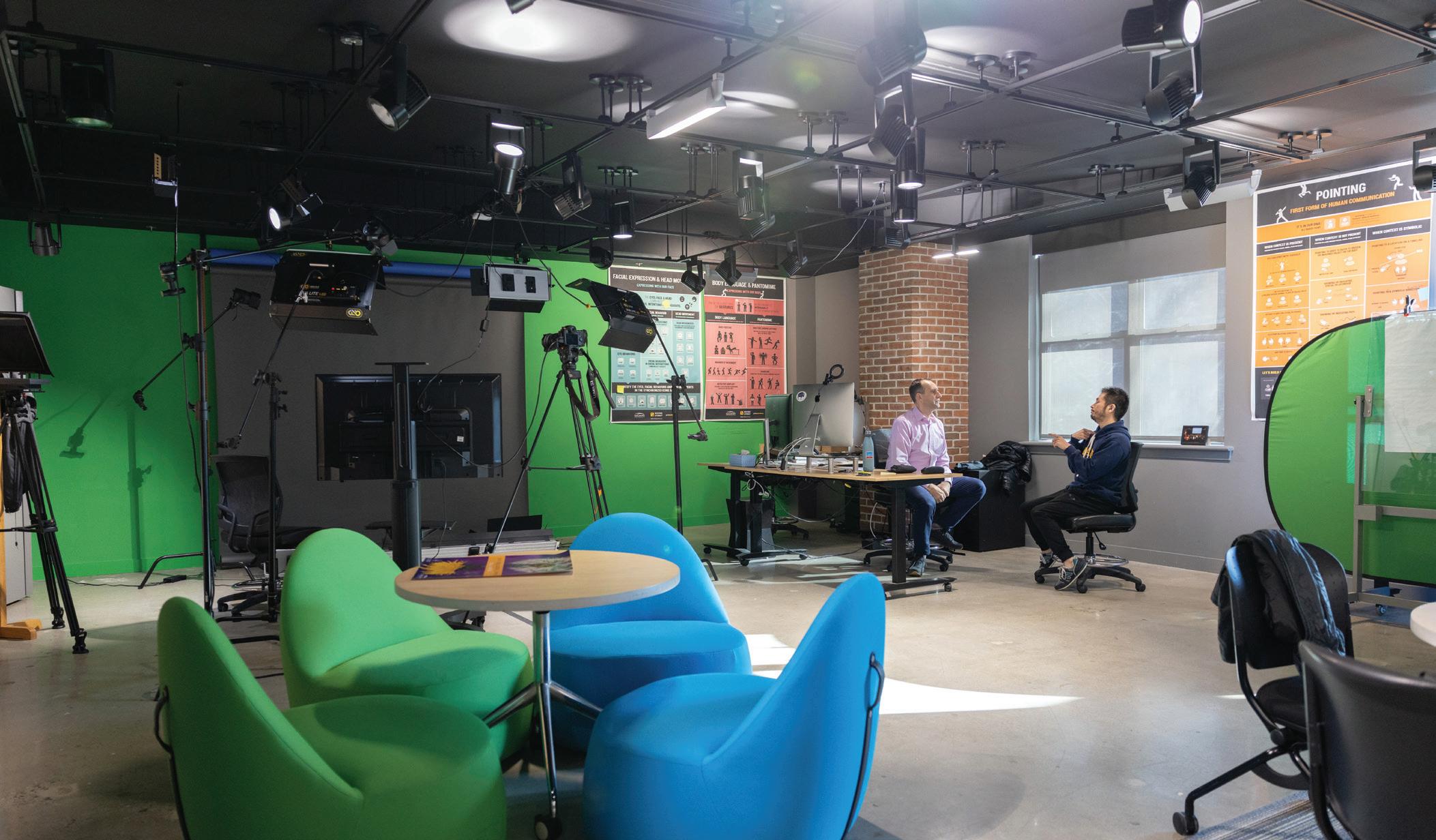
The 100 words on the map were drawn from former faculty member James Woodward’s adapted version of the Swadesh list, a tool used to facilitate cross-linguistic comparison. A note on the map acknowledges that sign variations are common even within a single language, but for display purposes, there is just one sign per word.
similar than signs for “brother” or “sister.” Overall, sign languages tend to have more in common with one another than spoken languages do, but there is still so much to learn about how they developed, branched off, and influenced each other over time. “The map project helps us understand the connections,” Mathur says.
Users can easily compare neighboring countries’ signs by zooming in on a continent for a larger view. They can also tap on a specific country to learn its sign language recognition status based on information from the World Federation of the Deaf. “When I see everything on there, it’s amazing,” Mathur says. Guests at the hotel who have seen the map have expressed their enthusiasm for learning about the diversity of sign languages and their unique characteristics.
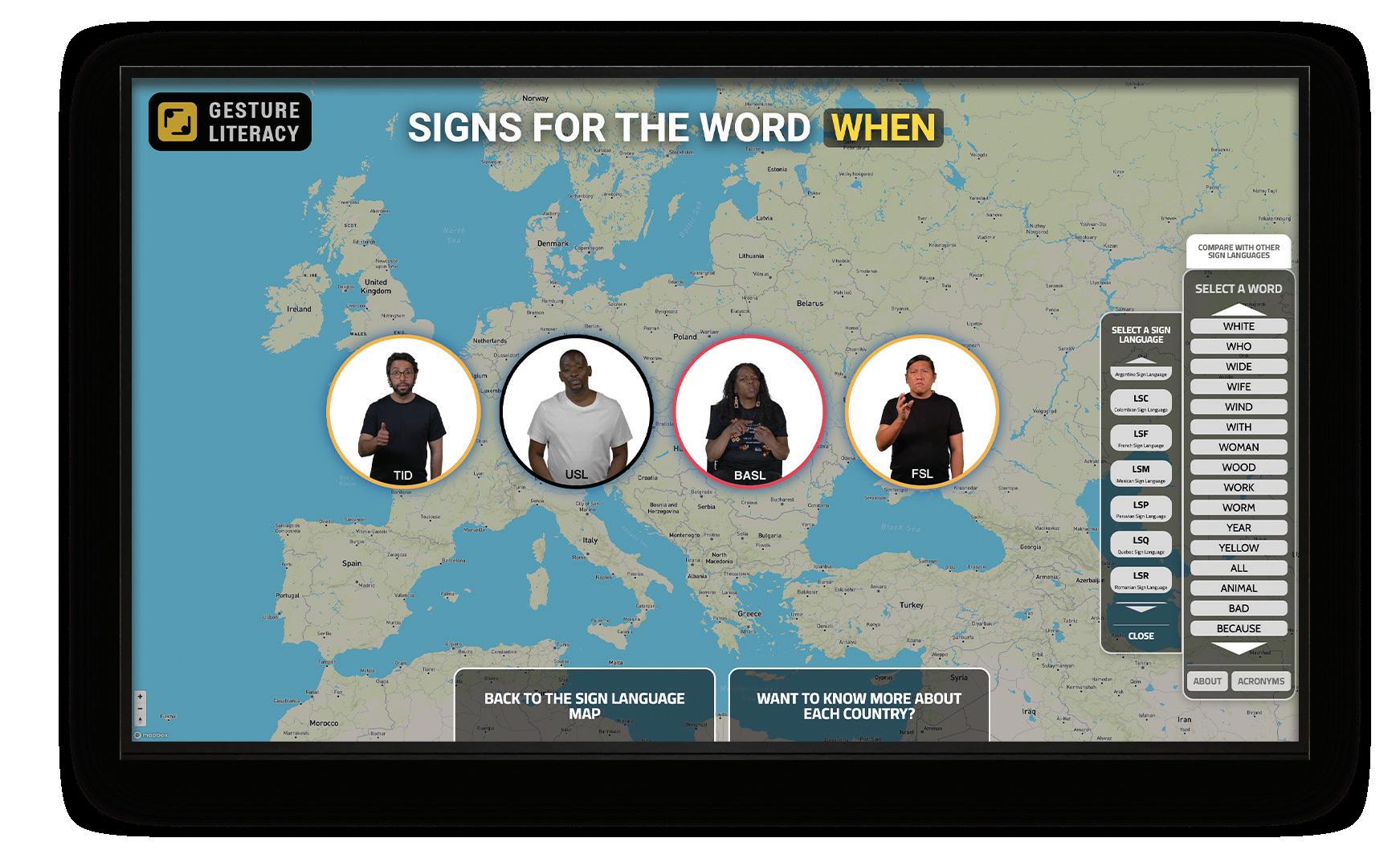
GLKS unveiled an early version of the map at Homecoming last fall, and more than 50 attendees had a chance to test it out. Boudreault says they often noticed many of the same patterns, such as how sign languages express “animal.” “Most countries use the act of walking with front hands forward with claws,” he says, noting that American Sign Language is an outlier for signing it in a more abstract way.
To probe this issue, GLKS plans to study how people perceive sign language. In particular, the team would also like to explore how iconicity has led to some categories of signs that are more standardized than others. For example, across multiple sign languages, “drink” is much more
The goal is to make the map available to a wider audience by installing it in other venues. GLKS has been in contact with Planet Word, a museum in Washington, D.C., about how this tool can build on the maps featured in its exhibits. “We want to educate people,” says Boudreault, who hopes that this work will increase interest in gesture and its close relationship to sign language. “Even though we process sign language and gesture in the brain differently, we see strong historical connections between them.”
by Victoria Hallett
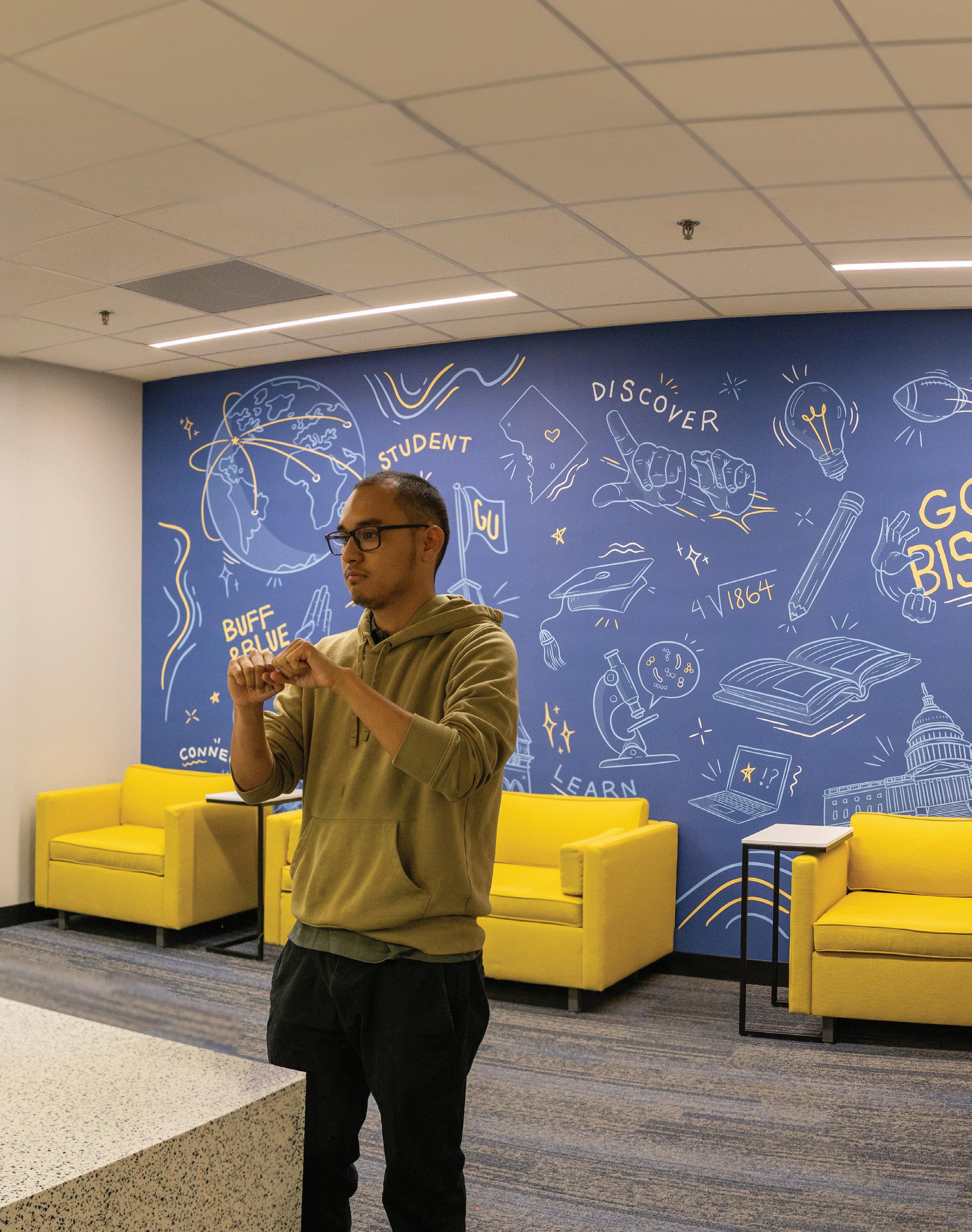
The new one-stop Student Services Center on the first floor of the Sorenson Language and Communication Center held its unveiling on February 28, 2024. This new center brings together the Office of the Registrar, the Office of Financial Aid, and Student Financial Services, and features a central front desk and dedicated office space for each unit. The project was led by Office of Campus Design and Planning, which features an all-deaf staff led by University architect Richard Dougherty, an expert in DeafSpace design principles. Dougherty announced the next phase would see the addition of interior “storefront” doors and a new exit door. “At Gallaudet, we want our students to have a CHAMP! Experience.”
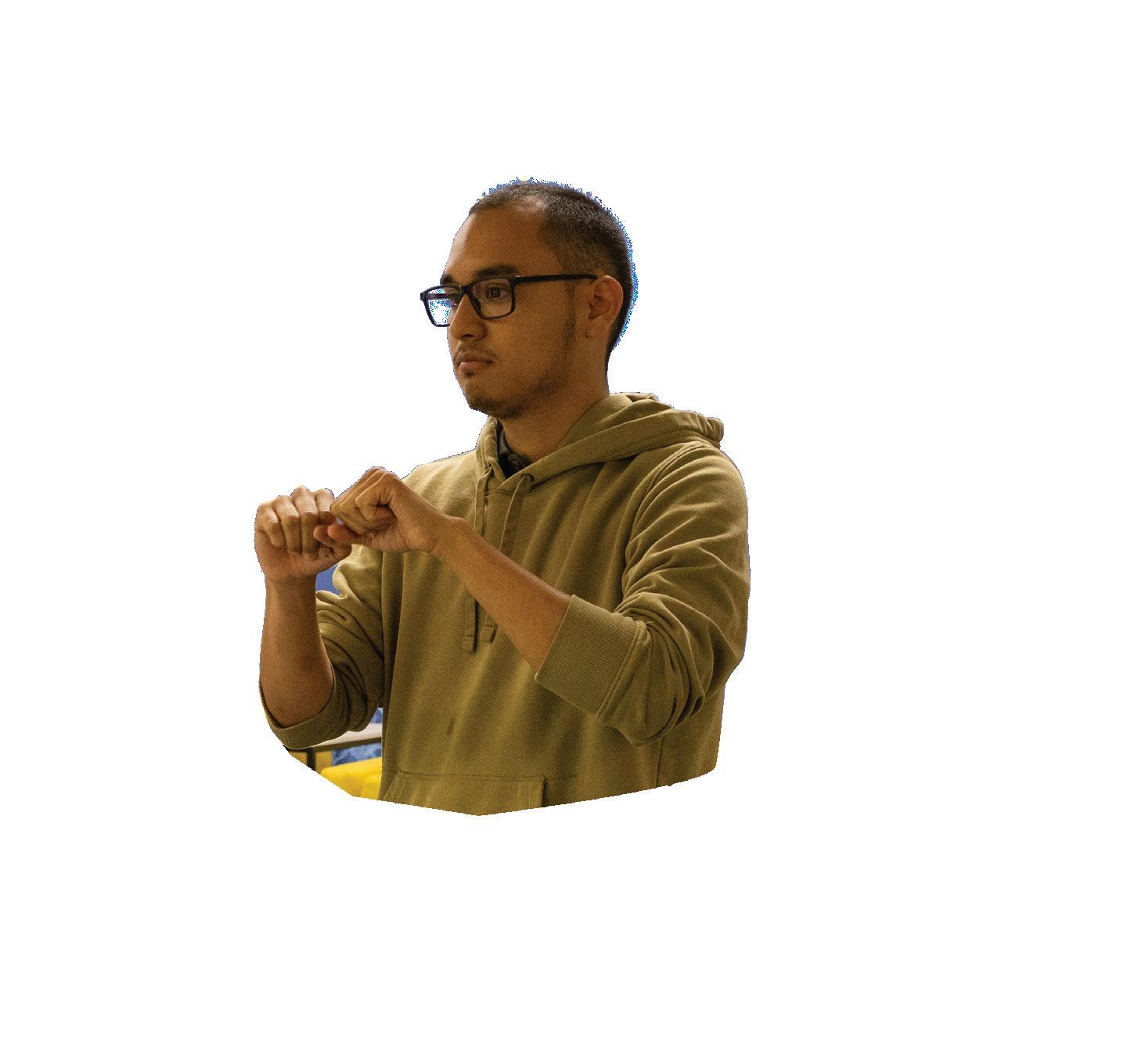
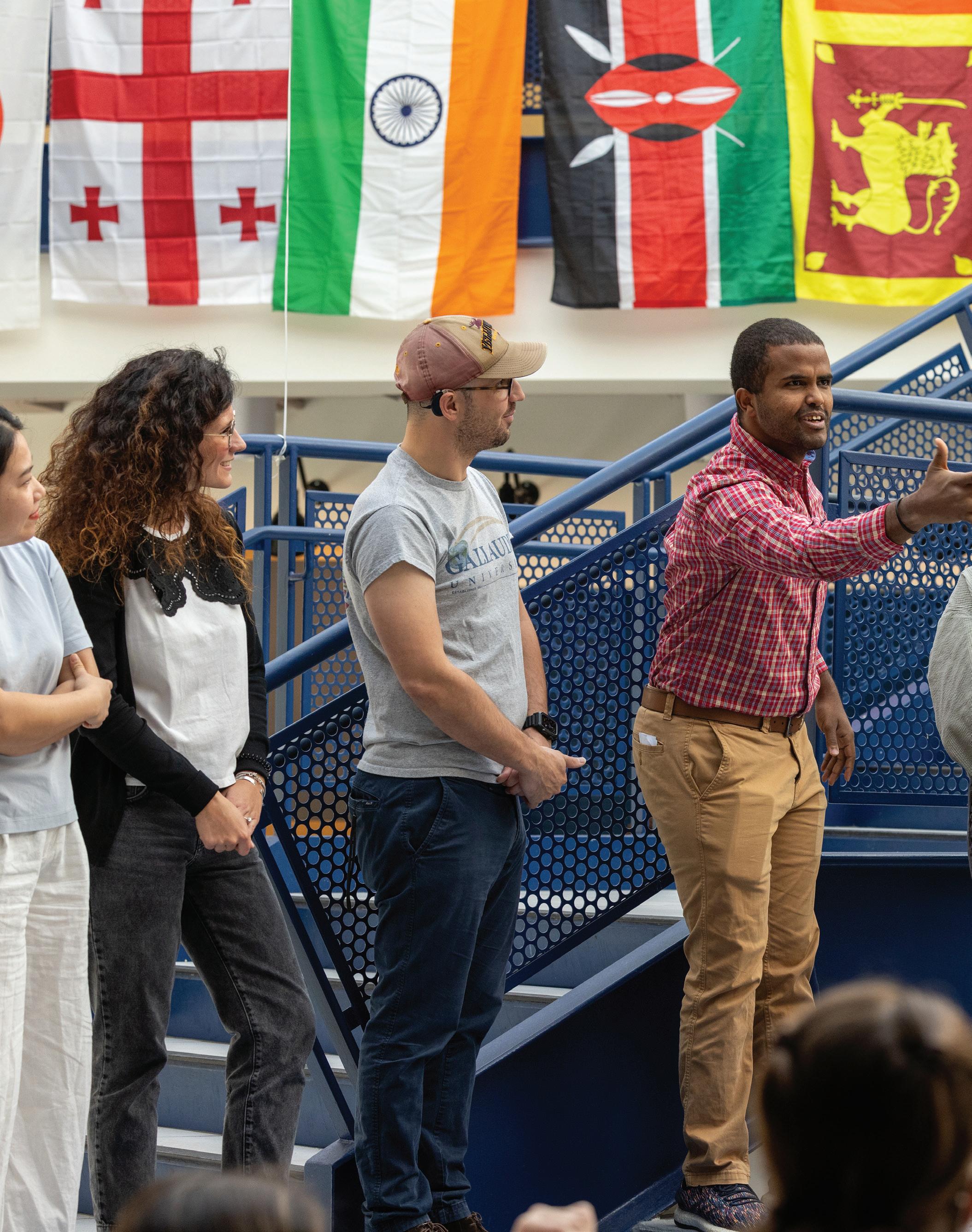
SIXTH ANNUAL GLOBAL FAIR
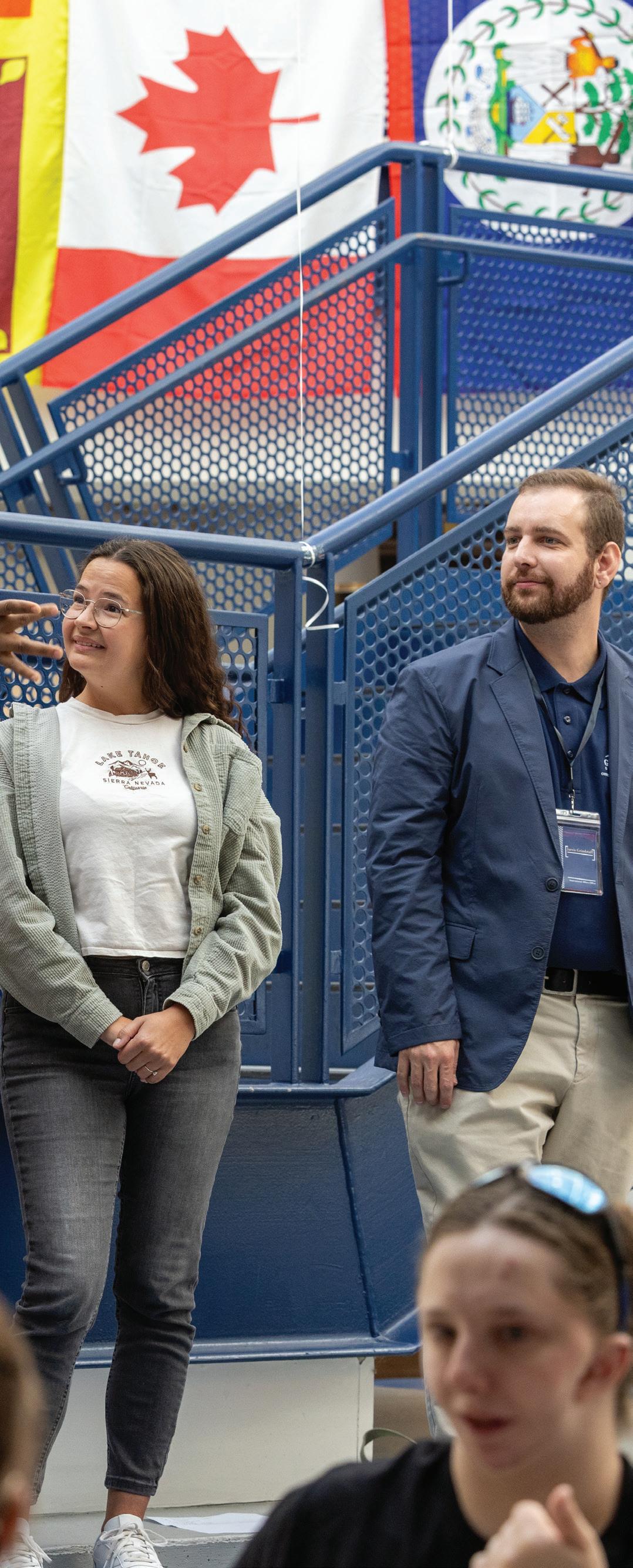
Gallaudet community members received a glimpse into the numerous possibilities that global learning offers at the Office of International Affairs’ (OIA) annual Go Global Fair (GGF), held November 8, 2023 in the I. King Jordan Student Academic Center. The GGF demonstrates that the personal enrichment an individual gains through a global learning experience goes far beyond academic knowledge: cultural immersion, new language skills, exposure to new perspectives, and the awareness of being a citizen of the world.
Now in its sixth year, the GGF attracts on-campus and international education organizations to offer information about available scholarships, fellowships, study abroad programs, internships, and jobs with an international component or focus.
The fair has proven to be an ideal venue for helping students find ways to make education abroad part of their academic program, and linking them with organizations — some very prestigious — that offer funding opportunities (e.g., Boren Awards, Critical Language Scholarship, Gilman Scholarship). The event benefits faculty as well, making them more aware of opportunities they can share with students and providing information about teaching opportunities such as the Fulbright U.S. Scholar program.
The GGF organizers, Fiona Grugan, manager of OIA’s Education Abroad and International Fellowships Program, and Tracy Dunlap, ’21, Education Abroad Advisor, agree that the fair offers a unique venue for study abroad agencies to connect with the Gallaudet community. “I spoke with some of the exhibitors, and they were very enthusiastic about the conversations they had and how engaged the Gallaudet students were,” said Grugan.
GGF attendees chatted with representatives from 13 external education abroad organizations and 11 on-campus programs that offer or support global learning opportunities. New to the fair this year was VoluntEars, which provides opportunities to the Deaf community to volunteer abroad with access to sign language. The organization is based in England, making it the first organization outside the U.S. to travel to the GGF.
Other components of the fair were International Sign Language demonstrations in the Marketplace and “Buff, Blue, and Beyond: Live Discussion,” intended to encourage curiosity about the world beyond the U.S. Host Darrius Doe, ’18, interviewed Dr. Erin Moriarty (Fulbright) and students Ashley Harlicker (Madrid, Spain program 2022) and Jeffrey Levitt (Siena, Italy program 2023) about their experiences abroad.
A second panel discussion, “Communication, Language and Information Access for Deaf Persons: High Income and Low Income Countries,” was held by the International Development Master of Arts (IDMA) program to discuss the challenges with disparities in language and information access in different countries who are either labeled high income or low income. The goal was to demonstrate the ways in which various countries provide access to deaf people, and how deaf people learn to navigate the challenges.
Panelists Binta Badjie, Claire Coffey, Eric Hidalgo, Latavia Roberts, ’23; Robert Todd, ’15; Tina Tremblay, ’23; and Jose Rodrigo Uresti presented country study cases aimed at dispelling misconceptions about Deaf development around the world. Unlike some other development sectors, Deaf development (i.e., Deaf, DeafBlind, DeafDisabled, and hard of hearing) cannot be characterized according to the country’s economic gross domestic
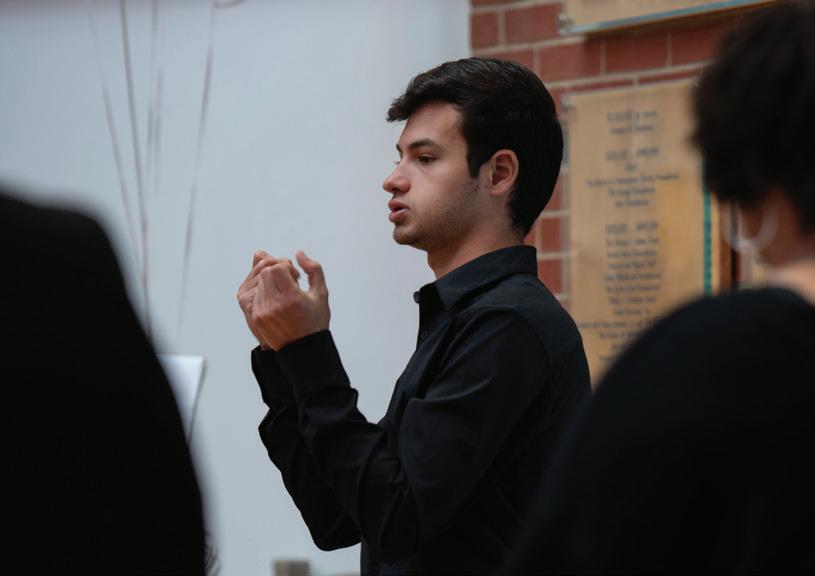
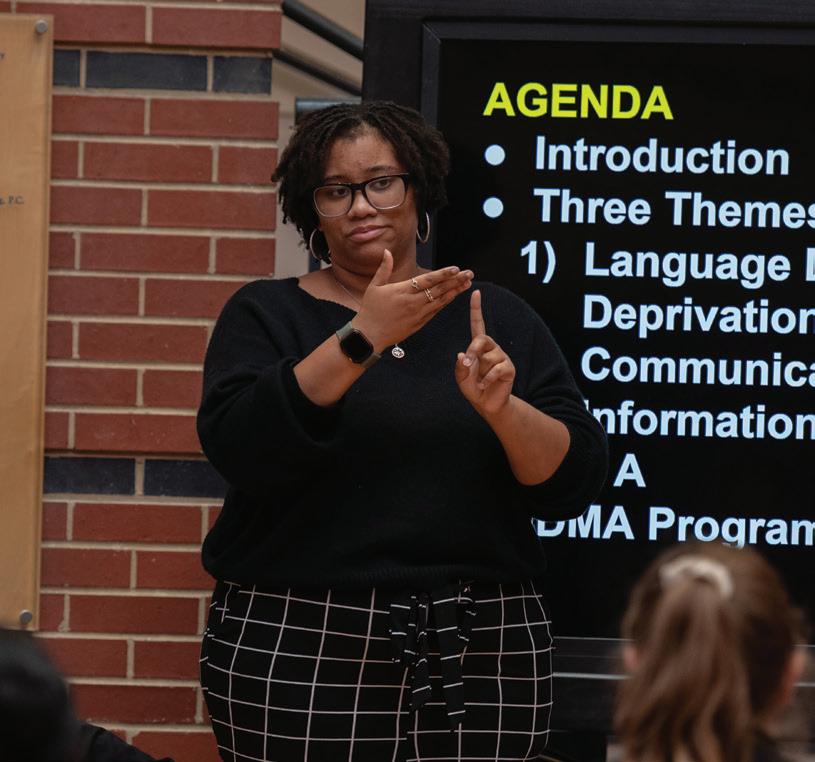
product. For example, it is often assumed that Deaf people in high income countries (HIC) have wide access to bilingual education in a signed language, employment, and civic and political participation, and that Deaf people in low income countries (LIC) do not. In reality, Deaf development is quite variable, with LIC and middle income countries performing on par with or better than HIC on some Deaf development indicators.
Another new feature of this year’s GGF was a “passport” for students to take to external exhibitor tables, where they asked representatives questions such as “How can
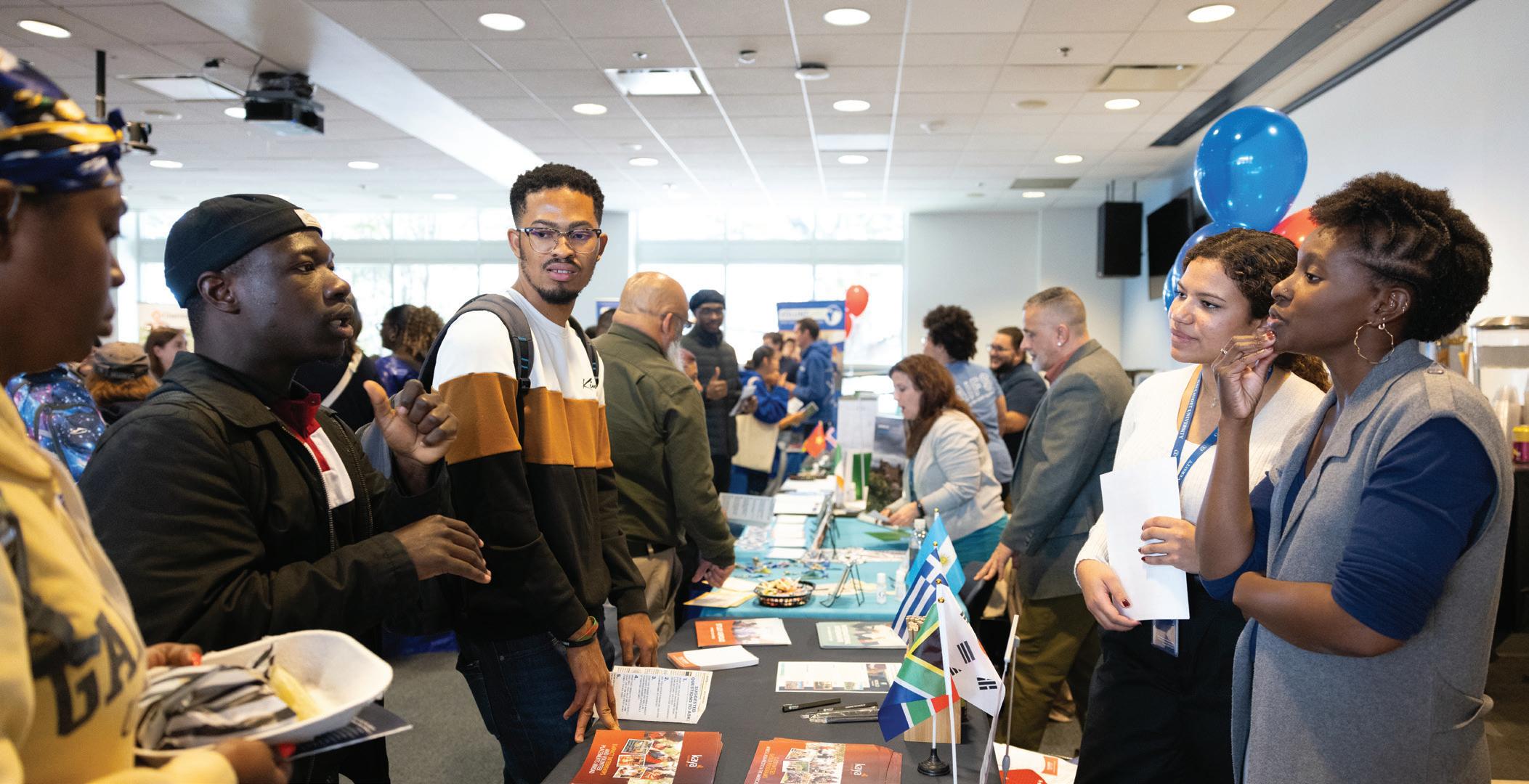
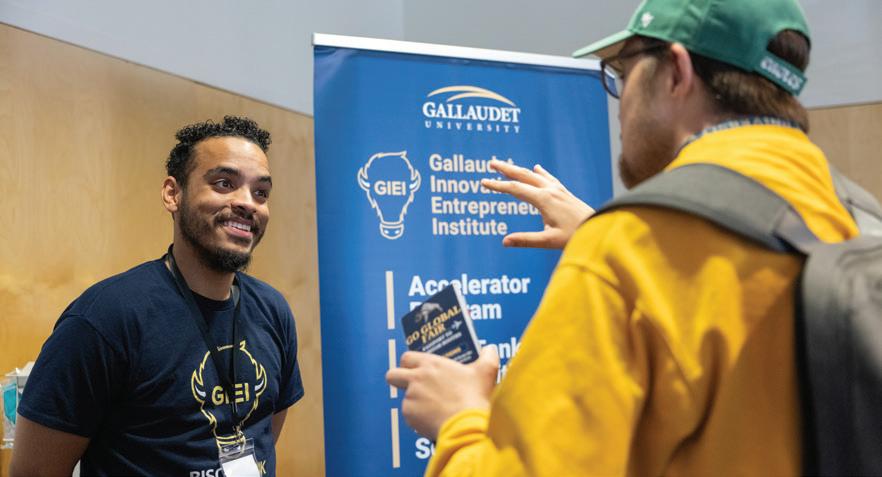
your programs work for students who are deaf, low-income, or first-generation college students?” “How do your programs help people understand the world better?” “Can you share stories about students who did well in your programs?” and “Do you offer financial aid for low-income students?” Students in turn received stickers from the organization to enter in their passports. Those who visited at least seven organizations were eligible to enter a raffle to win items donated by the Patagonia apparel company.
Grugan added that the GGF is far more than an event to get information about study abroad

and internship opportunities. “The fair is more of an international learning experience, a place to learn about the world and the Deaf community abroad, and the global experiences of other Deaf people.”
A student volunteer at the fair, Katelyn Stone, an interpretation and translation major from Littleton, Colorado, said she thinks the annual fair “benefits students by providing them with information about traveling around the globe, and opportunities – scholarships, the educational journey, and overall experiences for the students.”
by Todd ByrdToday’s college-bound high school students ask themselves many questions about college. Did the pandem
Experiencing college while in high school to see if it “fits” has become popular through the means of dual enrollment. This means that high school students can earn college credit instead of or in addition to taking Advanced Placement courses and tests.
Gallaudet’s new program, Charge Ahead Dual Enrollment (CADE), now in its first year, is a unique opportunity for deaf and hard of hearing students to begin their college education while still in high school, with no financial obligation.
Students can earn up to 12-13 credits from Gallaudet University, provided that they receive grades of C or better.
And crucially, says program manager Allison Gibbons, students in the CADE program benefit from direct communication and interaction. “They learn from their high school teachers or from Gallaudet faculty members, who use pedagogical methods designed for Deaf students and who communicate in ASL and English. Taken together, this makes the experience of trying out college less daunting and more enjoyable.”
“It is a very enriching experience because it gives me a taste of what college looks like,” said Levi Wood, who is a senior at the Model Secondary School for the Deaf. He took two courses at MSSD and one at Gallaudet.
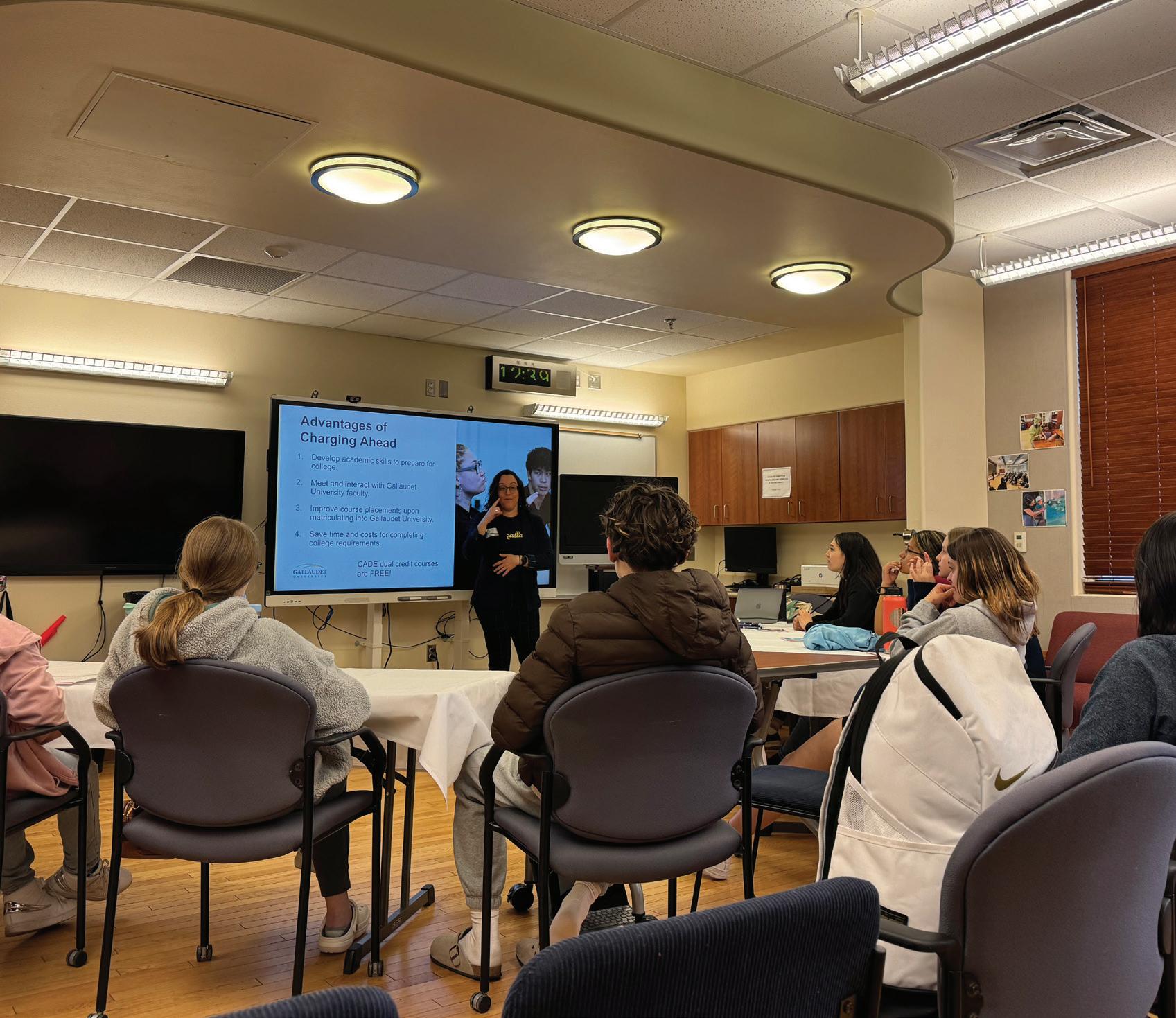
The courses are taught by experienced high school instructors who have been trained by Gallaudet faculty, allowing students to earn college credit at their high school. These dual credit courses also allow students to interact with college faculty, improve course placements, and minimize the time and costs needed to complete general education and major/minor courses.
Four schools and programs have partnered with Gallaudet to offer dual enrollment opportunities, with more in the pipeline. These four schools are:
California School for the Deaf, Fremont, California
Indiana School for the Deaf, Indianapolis, Indiana
Model Secondary School for the Deaf, Washington, D.C.
Tennessee Schools for the Deaf, Knoxville, Tennessee
Eligible high school students have the option to take courses either at the Gallaudet University campus, enrolling in courses taught by Gallaudet faculty and receiving the full college experience, or at their high school, in courses taught by high school instructors, allowing them to earn college credit without leaving their high school campus and remaining with their peers, campus schedule, and support system.
Teachers at local high schools that participate in CADE are trained through CADE’s annual Summer Instructor Training (SIT), in which they learn alongside Gallaudet faculty over two days. Gallaudet professor Brendan Stern, ’06,
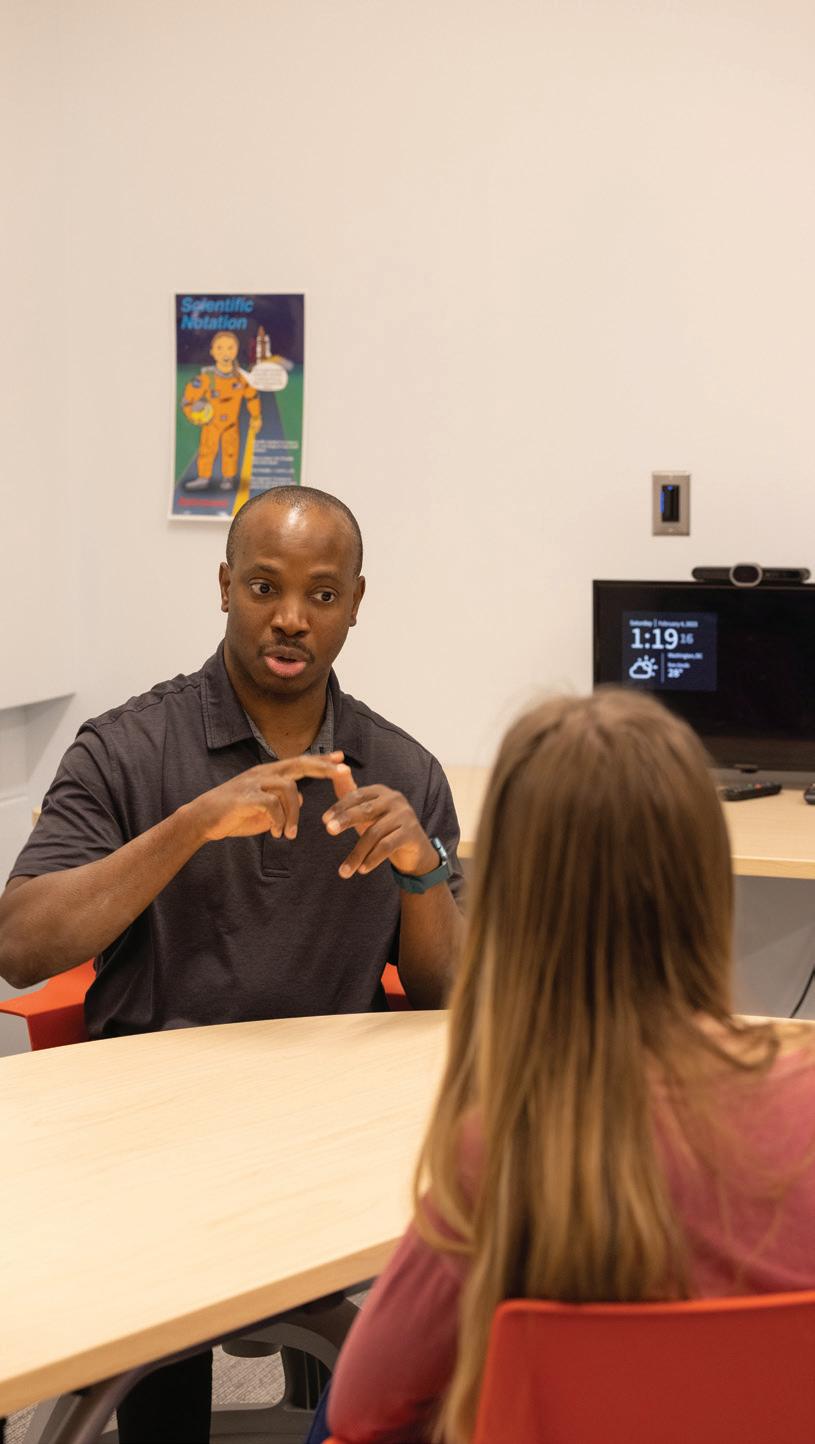
commented at the end of the Fall 2023 semester that “It was uplifting – and a lot of fun – to work with high school teachers and students from the Model Secondary School for the Deaf and Tennessee Schools for the Deaf, Knoxville.”
California School for the Deaf teacher Darah Odelson, who attended the 2023 SIT, said, “It was amazing to meet other educators and learn about their approaches to instruction and how they organize their students’ learning. The Gallaudet training curriculum was comprehensive, scaffolded, and designed to set high school students up for success.”
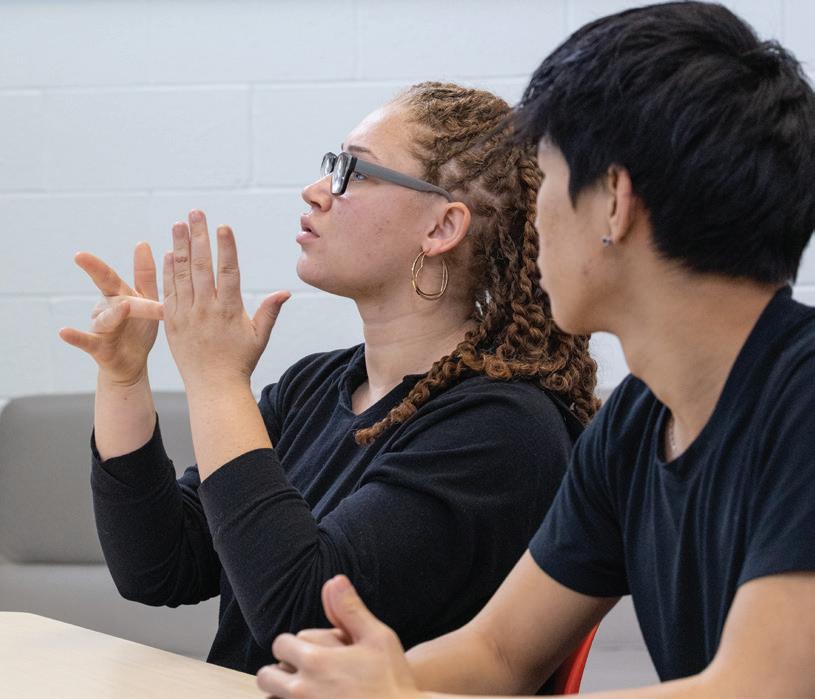
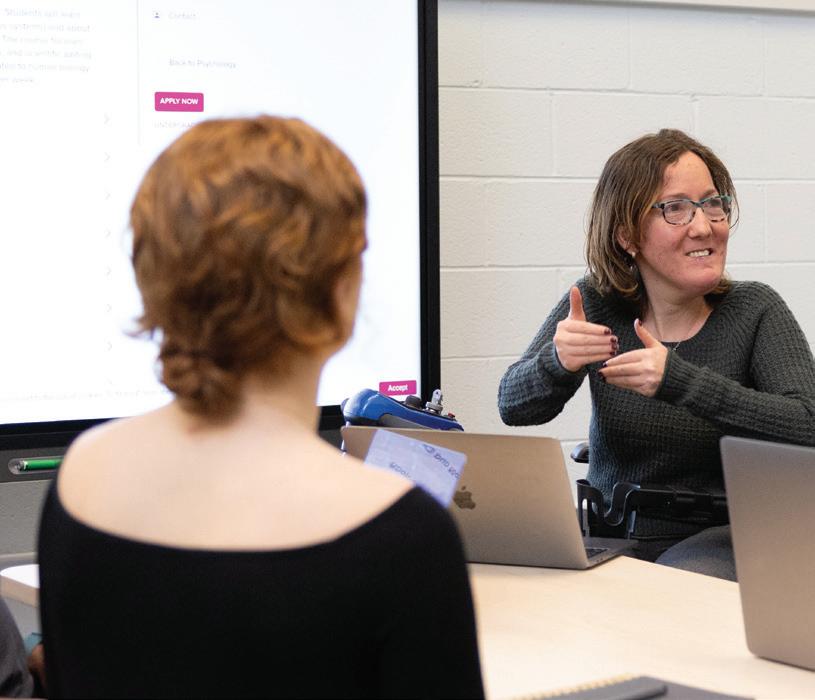
Introductory courses currently available to CADE students include biology, art, business, digital media, government, information technology, mathematics, and psychology. Future additions will include data science, Deaf studies, education, and public health.
“The Charge Ahead Dual Enrollment program offers many advantages and benefits, including the potential to narrow the equity gap,” says program manager Allison Gibbons. “Research shows that dual enrollment students from lowincome backgrounds are about ten percent more likely to attend college.
Gibbons also says that through CADE, high school students showcase their academic abilities in more ways than just a high-stakes examination such as an Advanced Placement

test. “They participate in discussions, assignments, research, projects, and examinations. They meet with Gallaudet faculty to learn more about their potential areas of interest. They earn college credit by meeting course requirements, shifting the emphasis from high-stakes exams to comprehensive learning outcomes.”
This approach makes transitioning to college more appealing, allowing students in CADE to also gain insights into fields not always offered at the high school level. As these students charge ahead, they can explore their potential and future career paths, closing the gap between secondary and post-secondary education more seamlessly.
Gallaudet is an active member of the National Alliance of Concurrent Enrollment Partnerships (NACEP), which ensures that the Charge Ahead Dual Enrollment program meets rigorous standards. CADE is an exciting and no-cost opportunity for high school students to charge ahead with their academic careers and prepare for their future at Gallaudet.

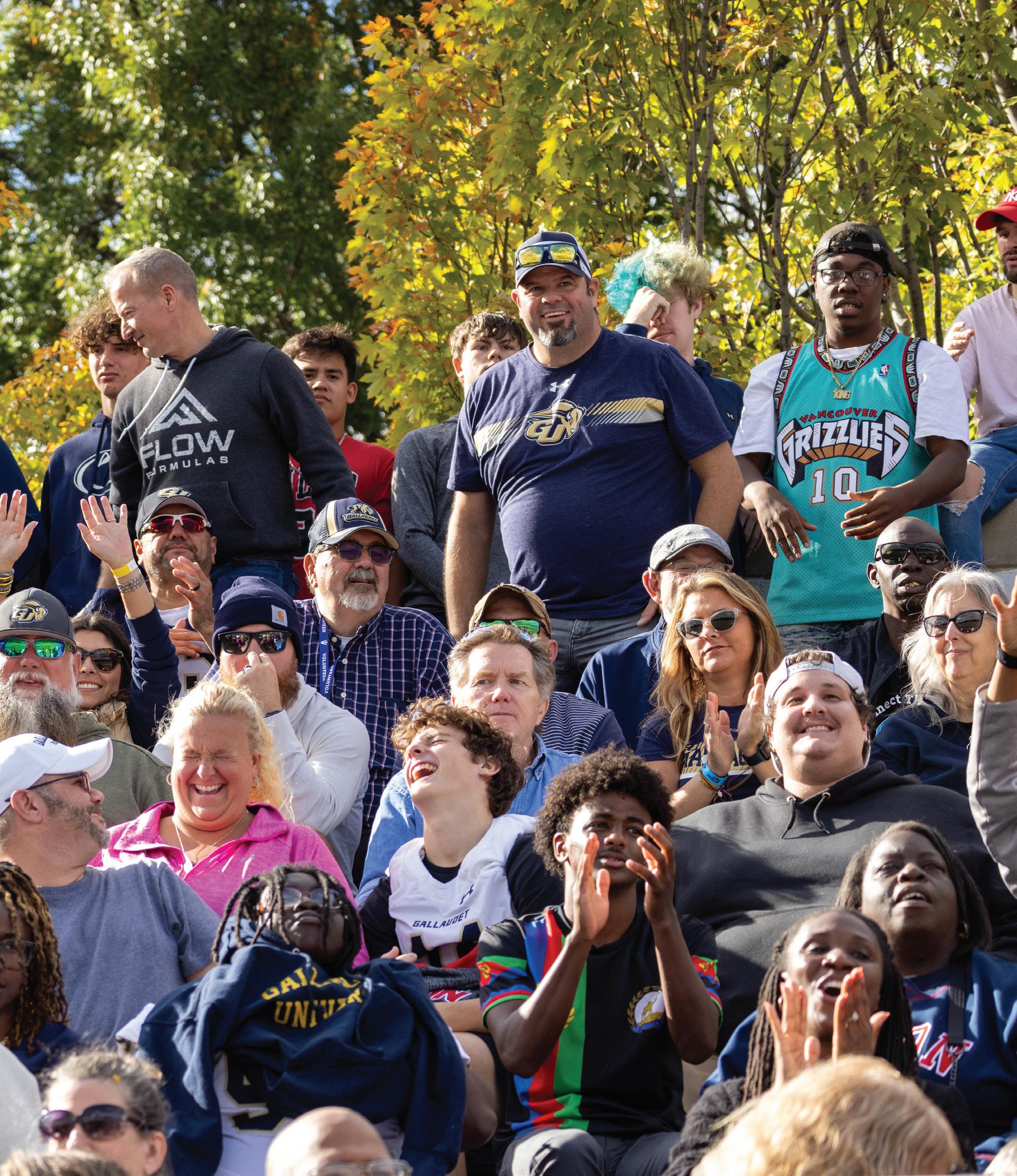
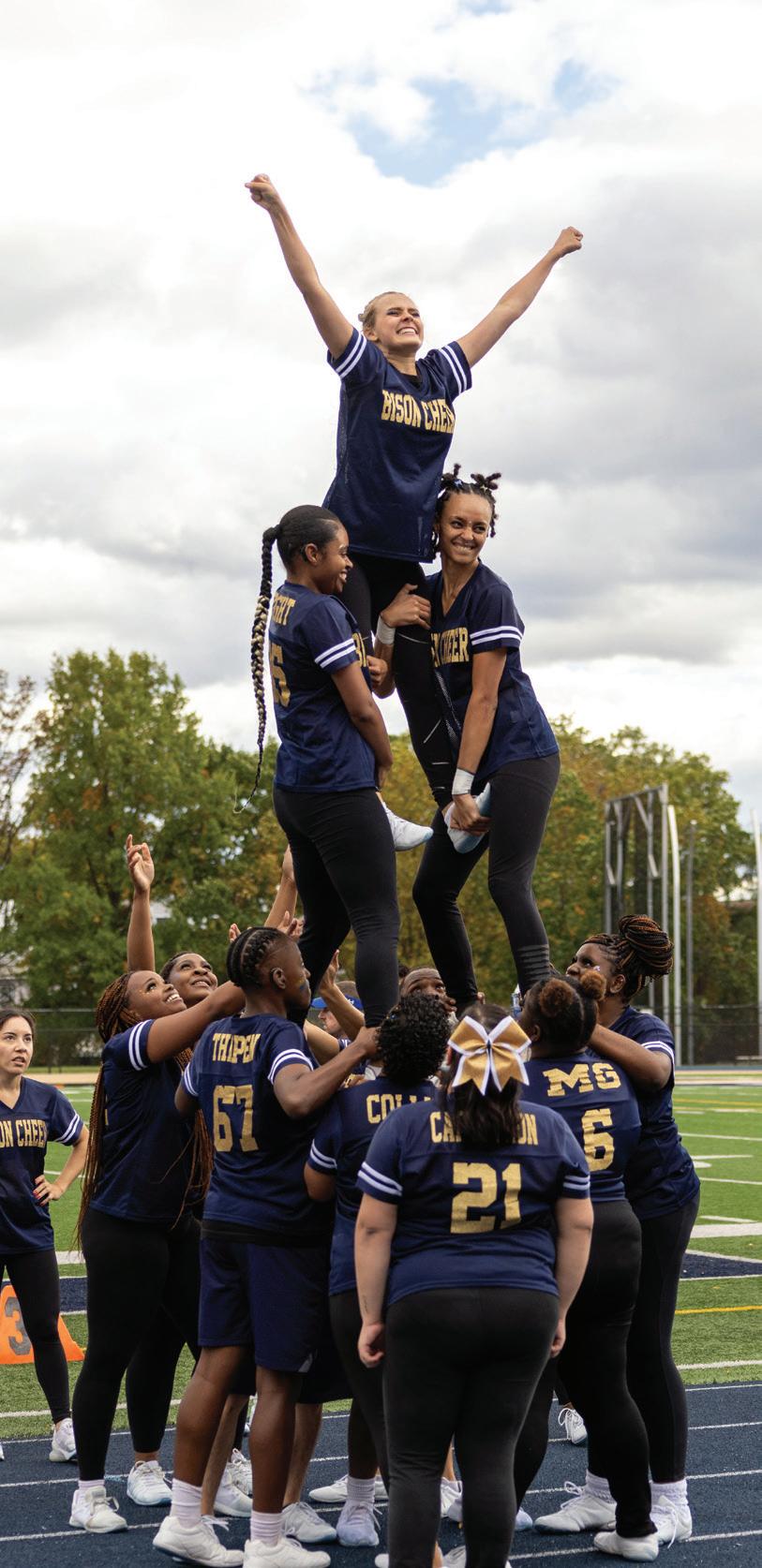
1
The Gallaudet University cheer team mounted this three-story pyramid In one of Its routines during the Homecoming football game.
2
Nearly 60 members of the Class of 1983 celebrated their 40th anniversary reunion. Left to right: Kenny Lee, Davis Funckes, Lori Jones, and Charles Holmes.
2
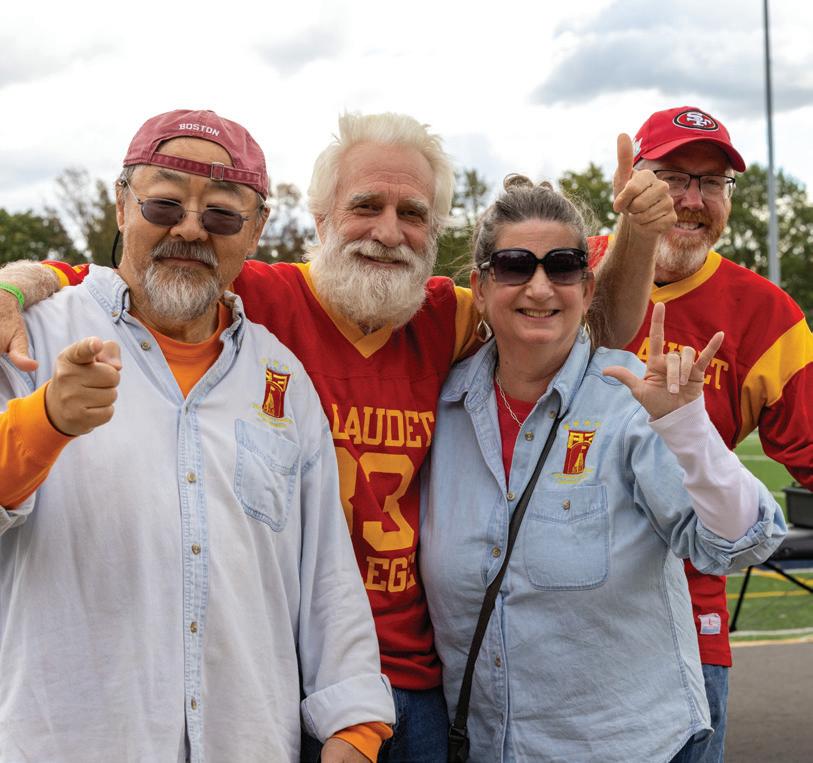

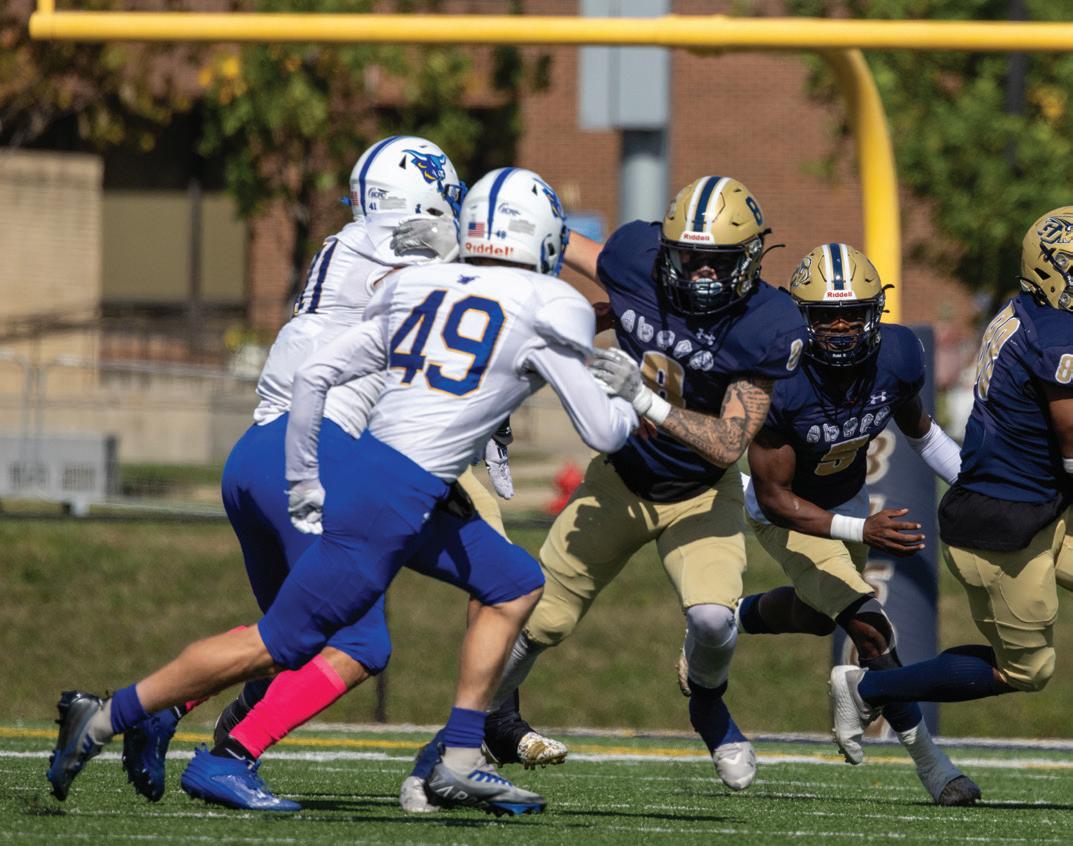
3
3
Our football team defeated Alfred State College, 38-24, on Homecoming Day. They finished the season In a three-way tie with Alfred State and Anna Maria College. All three teams had 3-1 conference records, but Alfred State advanced to the NCAA tournament on the strength of tiebreakers.

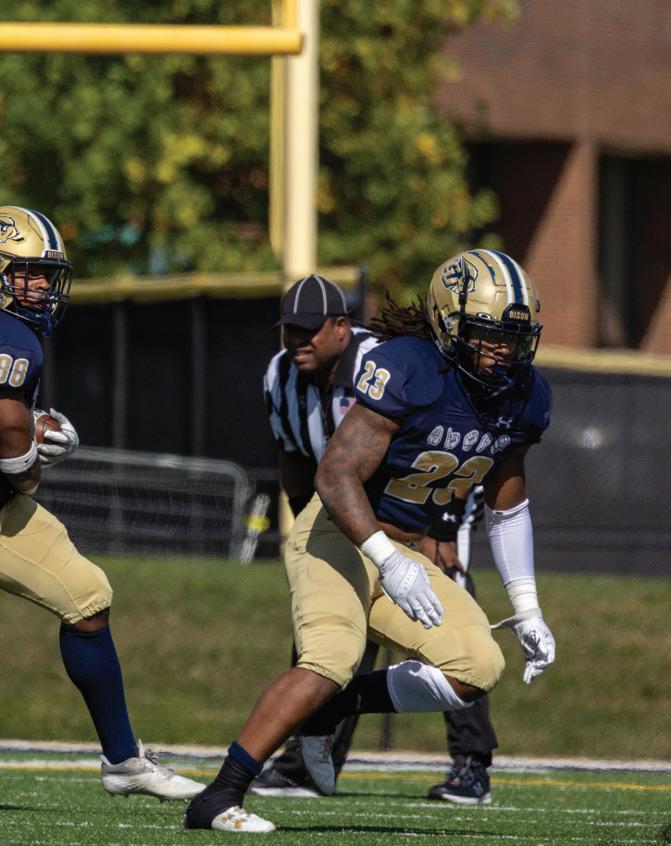
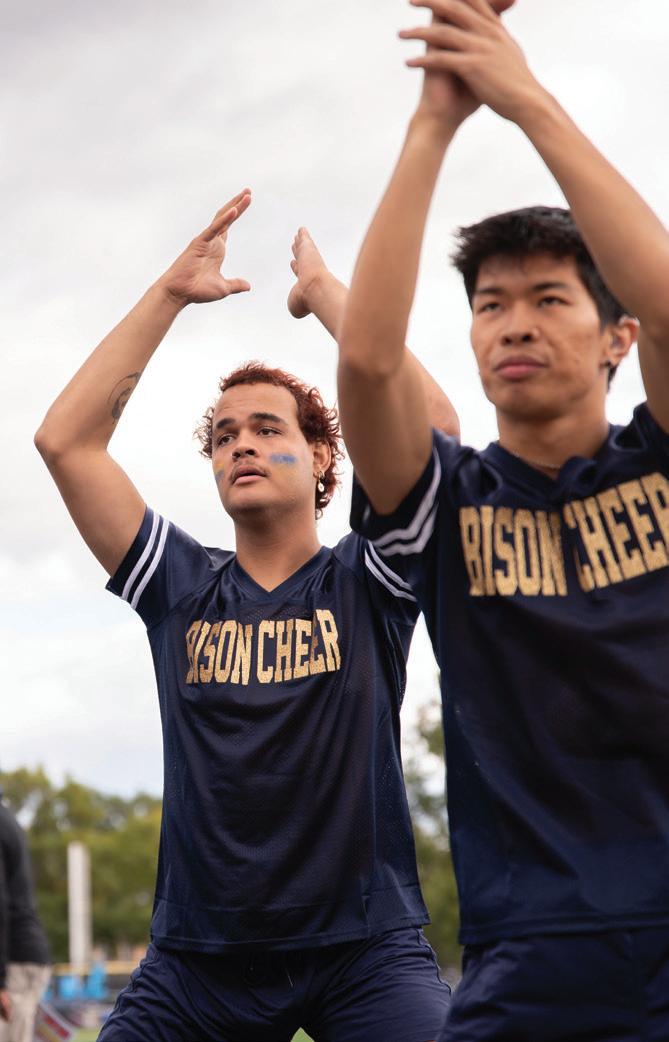
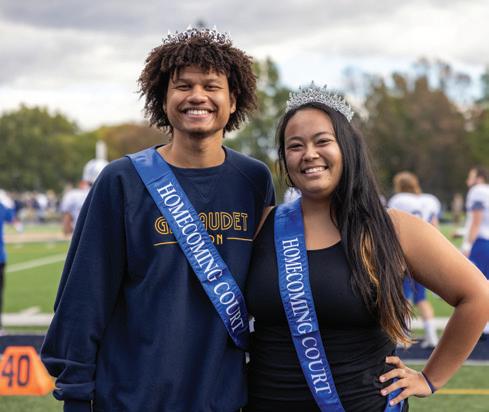
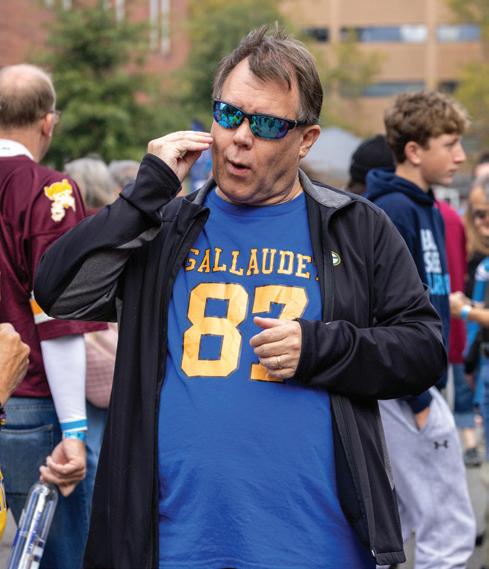
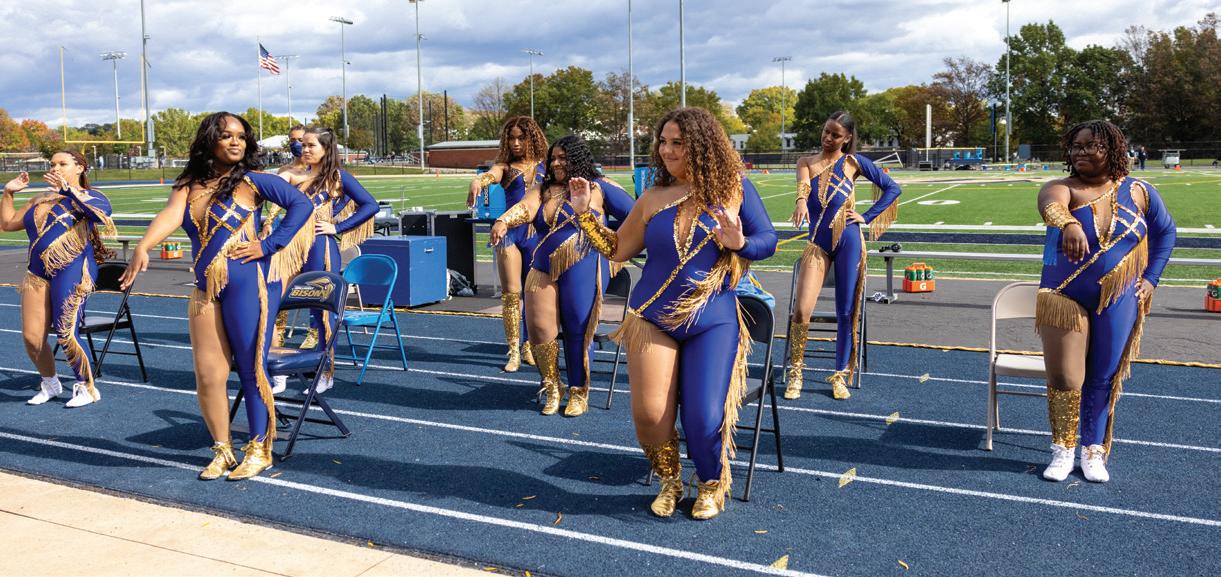
4
The Class of 2013 came out In force for their tenth anniversary reunion. Eleven classes In all celebrated milestone anniversaries, from the Class of 2018 (five years) to the Class of 1953 (70 years). The Class of 1953 was represented by President Emeritus Robert R. Davila, ‘53 & G-’88.
5 Bison cheer team members Gabe Cadette and Elijah Lee rev up the crowd during the Homecoming football game.
6 Aaron Laikram and Serenity Fry were chosen by their peers as this year’s Homecoming Laureates.
7 Jeff Padon, ‘89, signs “HOME” -- and Indeed, Gallaudet Is home. Nearly 2,000 people attended Homecoming 2023, the second In-person event since the pandemic
8
The new Motion Z majorette troupe performed at halftime.
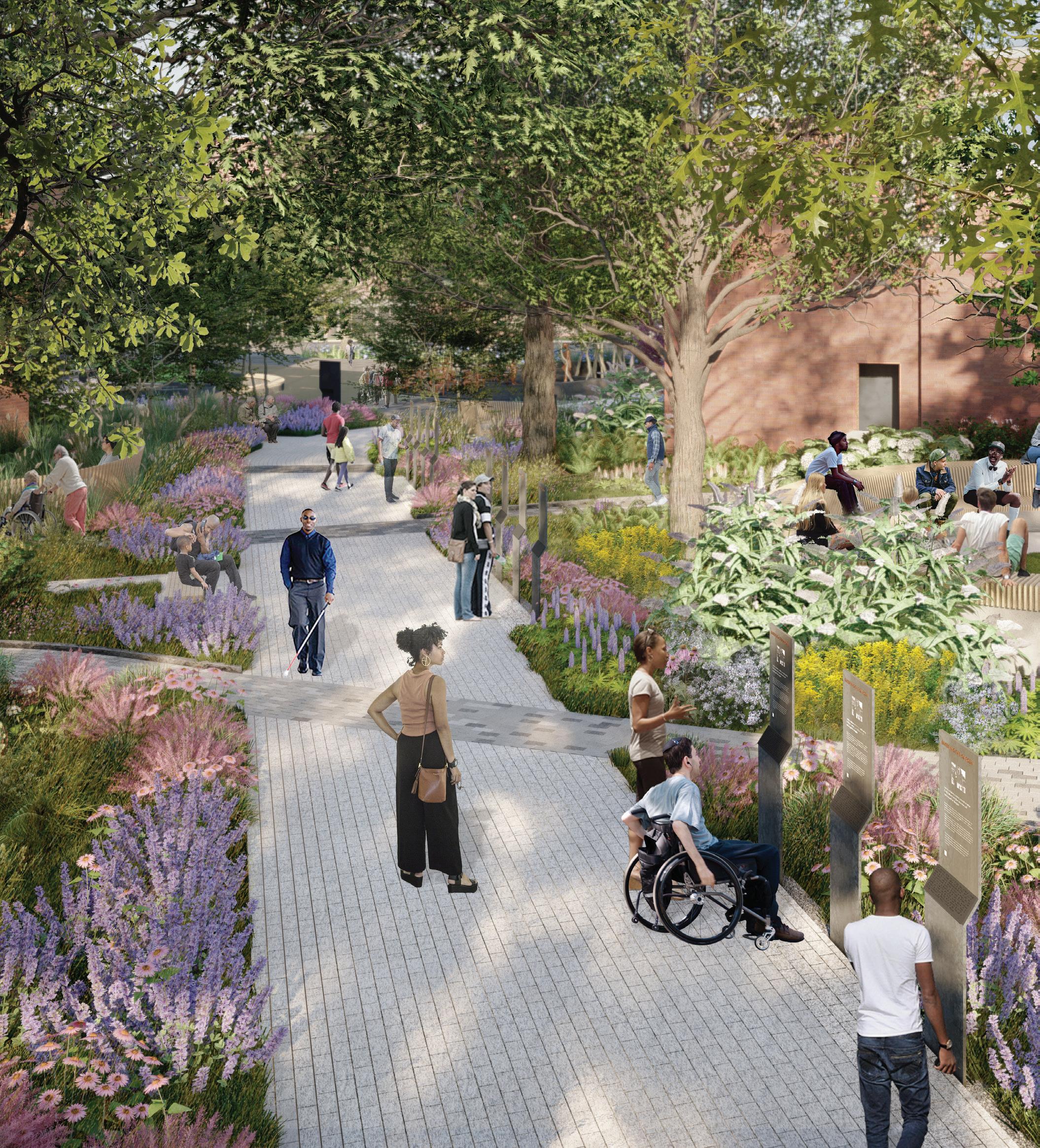
A deeper look at the forthcoming Louise B. Miller Pathways and Gardens: A Legacy to Black Deaf Children

A historical marker on Gallaudet’s campus, tucked away on the backside of a brick wall, tells the story of an important, yet overlooked milestone in America’s civil rights history. The plaque describes the segregated school for Black Deaf children that once stood at the site of the Kellogg Conference Hotel. But what the marker does not explain was how the mother of one of those children, Mrs. Louise B. Miller, changed the course of history through her fight for Black Deaf children.
Gallaudet student activists brought the story of that school, the Kendall School Division II for Negroes, and Mrs. Miller to light in 2016, many decades after the school was shuttered once segregation was dismantled, and years after the building was bulldozed to make way for the Kellogg Conference Hotel.
“The battles fought by the Millers and other Black leaders, both deaf and hearing, who joined
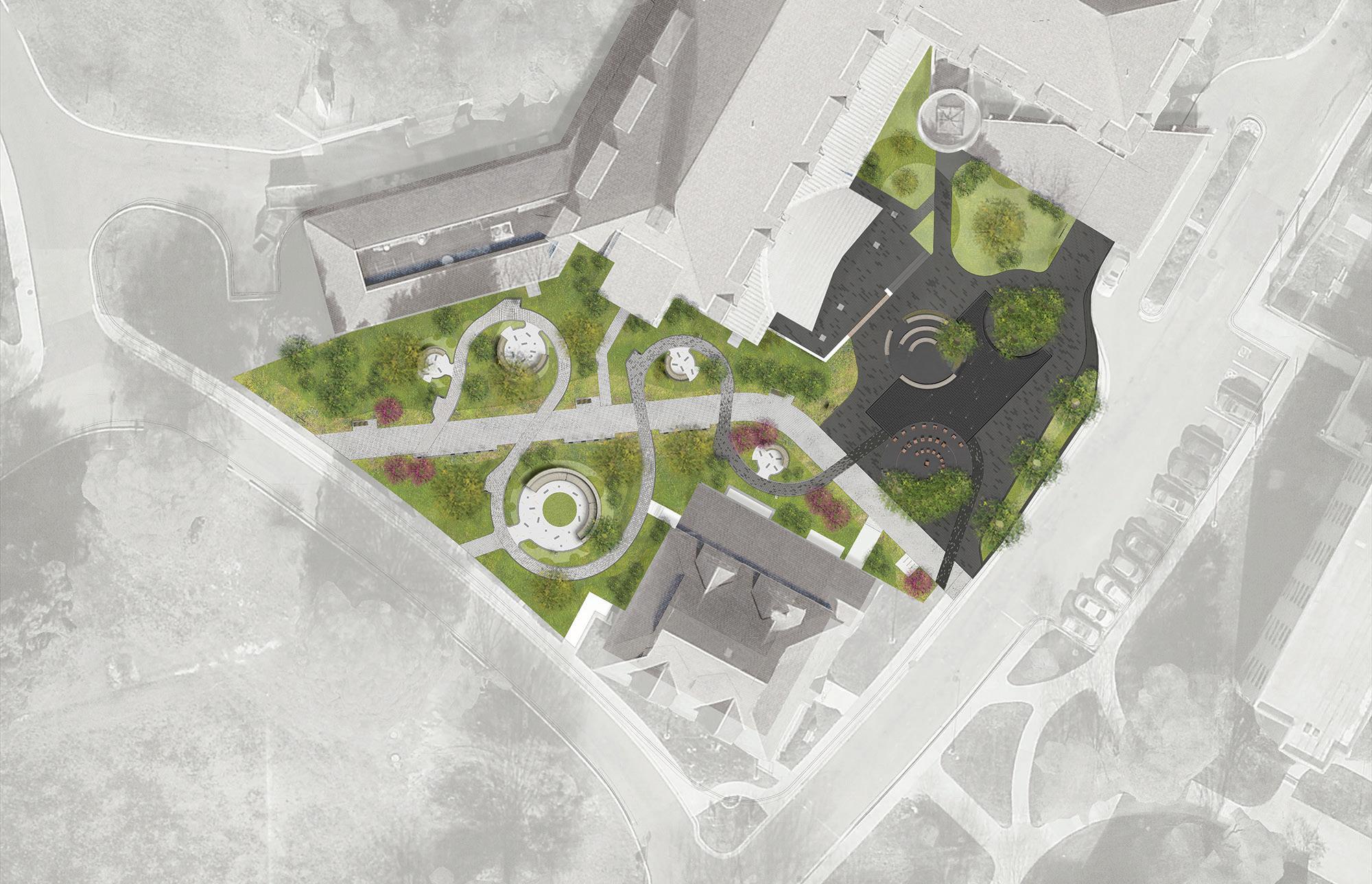

the Millers and stood by them every step of the way to ensure a brighter future for Black deaf children everywhere, is an incredibly inspiring story that must be told,” said Edgar “Bernie” Palmer, ’78 & G-’03, who, along with two other Black Deaf consultants, Teraca Florence, ’12, and Michelle Morris, ’12, compiled a historical report on Black Deaf history in America. “The pivotal and lasting importance of the ruling opened a path to the eventual integration of Kendall School and the twelve segregated deaf schools in the United States.”
The story of Kendall School Division II began long before the school even existed. In the 1940s, during segregation, Mrs. Miller’s eldest son, Kenneth, was denied entry into Kendall School, their local school for deaf children on Gallaudet’s campus, because he was Black. For six long years, Mrs. Miller did everything in her power to give Kenneth the education he deserved. Her efforts began with letters and
meetings, and culminated in two lawsuits filed with other local parents of Black Deaf children against the District of Columbia Board of Education. The second lawsuit was successful. The ruling, on July 3, 1952, meant that Black Deaf children in D.C. had the right to be educated within the District. In late September 1952, the Kendall School Division II was built, separate from the Kendall School which served white Deaf children.
Two years after Kendall School Division II opened, the Supreme Court ruled in Brown v. Board of Education of Topeka that school segregation was illegal. Mrs. Miller’s lawsuit is considered to be an important precursor to that ruling which changed the course of education in America.
Mrs. Miller, the 24 students and four teachers from Kendall School Division II, and the Black Deaf community will be honored in the future

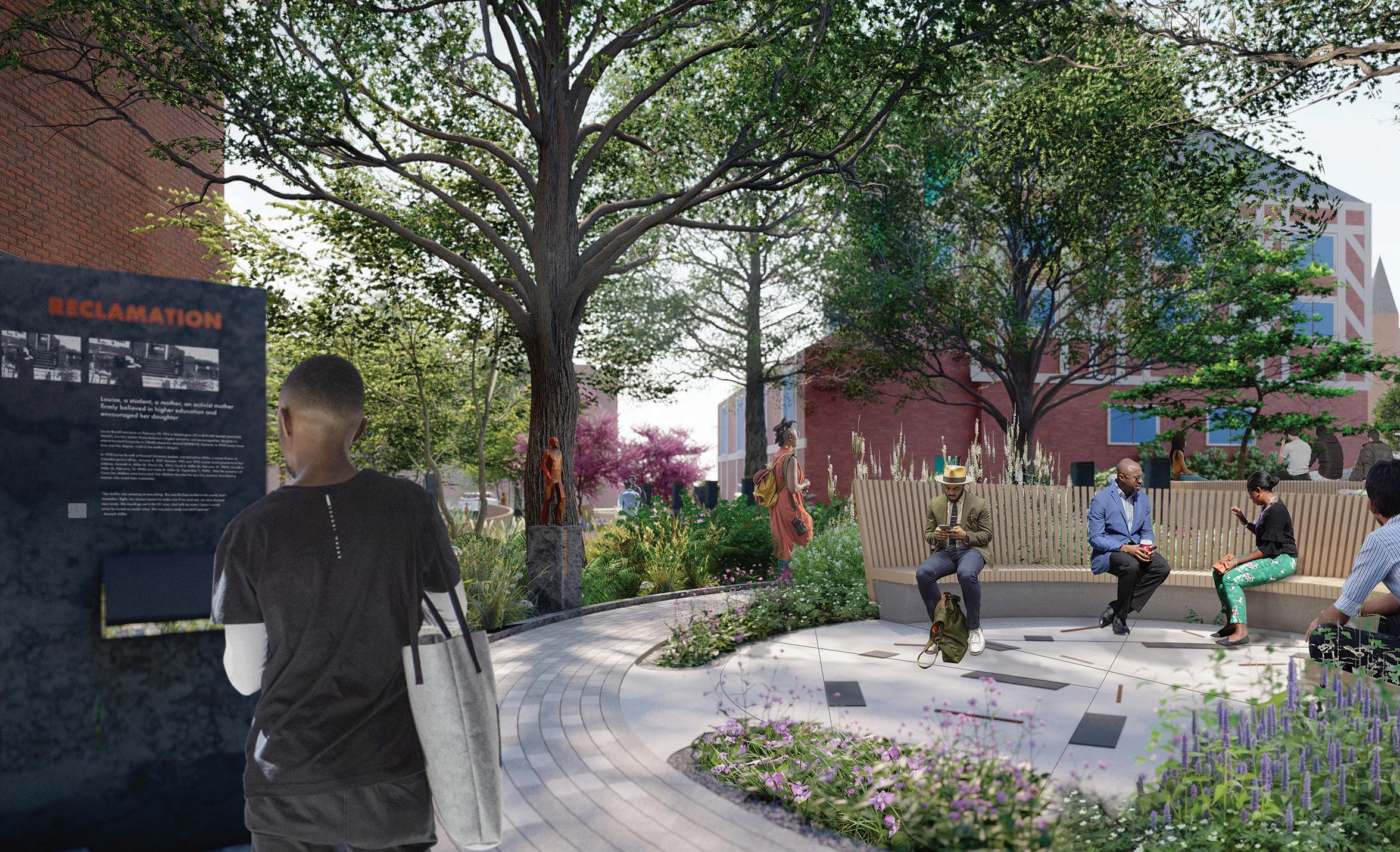
Louise B. Miller Pathways and Gardens: A Legacy to Black Deaf Children on Gallaudet’s campus.
Located at the site where Kendall School Division II once stood, the memorial will be an outdoor learning space for people to gather, learn, share stories, and support one another.
“The space will become a place to remember how far we have come and how much further we have yet to go. For too long these stories have been swept under the rug and hidden. Now they will be set free and shared with the world. Maybe, just maybe, it will also become a place for collective and individual healing through the reclamation of our history,” said Florence, Morris, and Palmer in their research report. Florence, Morris, and Palmer were brought into the project to serve as co-developers with the companies that will design the Pathways and Gardens. Their research took them to the Gallaudet University Archives as well as the National Archives.
“After being selected to work on this project, I felt a great weight on my shoulders,” shared Morris in the report. “The importance of this project and what it would mean for our Black Deaf community was evident long before I was brought on board. I remember sitting in on one of the design team’s community engagement sessions and seeing the impassioned faces of the Black Deaf community members in the virtual room. I felt how much they cared about this monument to Black Deaf history, specifically that the Louise B. Miller memorial gardens be done right.”
The Pathways and Gardens is part of Gallaudet University’s fundraising campaign, the Necessity of Now (NOW). The $23 million NOW campaign will fund the Pathways and Gardens as well as research and programming at Gallaudet’s Center for Black Deaf Studies (CBDS) and student scholarships.
“Having historical roots and stories placed on a landscaping atmosphere are not just a powerful reminder of what happened, it is the remembrance and inner peace knowing the difficult truth about the past is permanently revealed,” said Florence in the report. “This is the true reclamation of the Black Deaf community. This is the start of collective healing in the Black Deaf community.”
Florence, Morris, and Palmer developed an interpretive framework for the Pathways and Garden alongside architects and designers from TEN x TEN and MASS Design Group to ensure that the project is grounded by the Black Deaf experience. Their involvement helped shape the project and produced four overarching themes: Awareness, Freedom, Remembrance, and Healing:
Awareness of Black Deaf people’s joy and triumph in the face of oppression;
Freedom that arose from the arduous journey from being denied access to a local education on Gallaudet’s campus by the Board of Education of District of Columbia, to educational justice which Mrs. Miller’s advocacy won for Black Deaf students, including those from Kendall School Division II;
Remembrance obligates us to give tribute to the parents who were successful in Miller v. Board of Education of District of Columbia which shifted the landscape of Black Deaf education and calls our attention to the fact that the struggle they addressed began before their lawsuit and has continued since their victory;
Healing We must remain vigilant as we confront the painful legacy of inaccurate dominant narratives that have perpetuated injustices in the Black Deaf community. We
acknowledge the harm caused by these narratives, which have marginalized and silenced voices, perpetuated inequality, and fractured our sense of unity. Yet, in acknowledging this pain, we find strength in our commitment to reconciliation, equity, and fairness.
The resulting Pathways and Gardens will be the only place of its kind in the world – a landmark to the Black Deaf experience that will complement African American historical sites in D.C. such as the African American Heritage Trail and the National Museum of African American History and Culture.
Florence, Morris, and Palmer also coordinated four community engagement opportunities between March and July 2021 entitled the “Journey Through the Black Deaf Experience.” The events were designed to capture the feelings of the Black Deaf community to ensure that the Pathways and Gardens truly embodied the spirit of the Black Deaf community. Each community event focused on a different theme:
A screening of the 1990 film The Class of 1952 by Lonnelle Crosby was held. The film discussed the history of Black Deaf children at the Kendall school, and the screening was followed by a discussion with community members. To view the video, gu.live/Classof1952Movie
An “open mic” night was held, inviting members of the community to share what the word “freedom” meant to them using their preferred medium. This event was only open to the Black Deaf community.
Florence, Morris, and Palmer led a small group discussion with local Black Deaf students
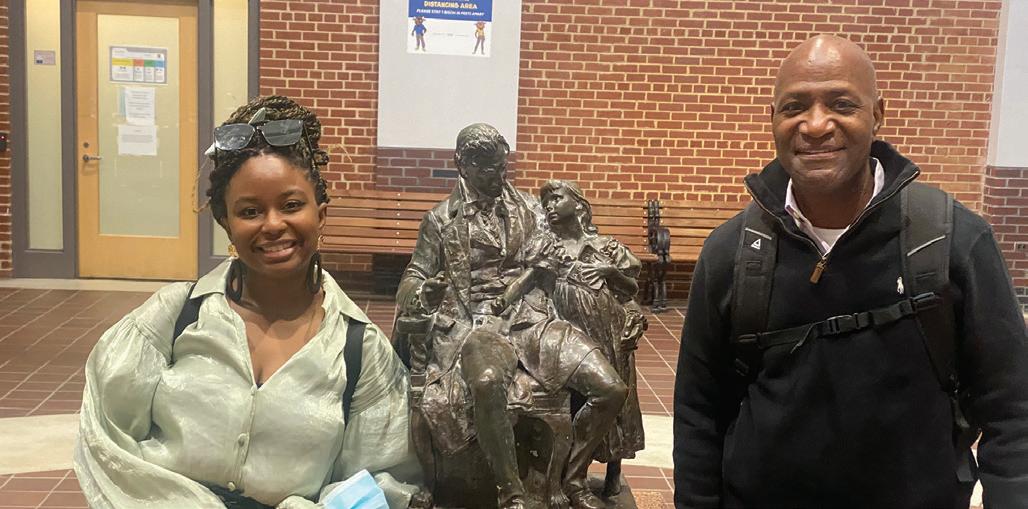

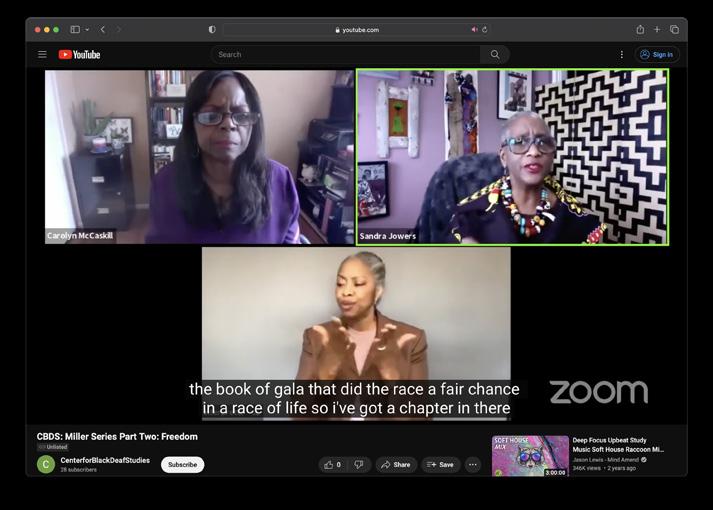
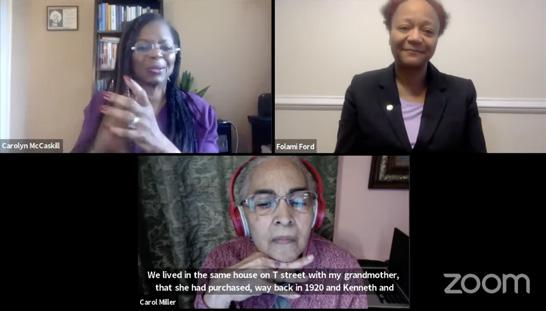
with the support of a Black Deaf teacher. The students were asked what they knew about Mrs. Miller’s story and invited to share their experiences as students.
The final event was a discussion on healing within the Black Deaf community with four Black Deaf therapists who gave their professional and personal input on what Black Deaf joy and healing looks like.
Through these events, the trio identified five additional sub themes of the Black Deaf experience – Grief, Reclamation, Assertion, Defiance, and Empowerment. Those sub themes will be incorporated into the Pathways and Gardens design through sculptures of Black Deaf people signing the words in Black ASL.
Florence, Morris, and Palmer felt their own deep connections to this project.
“It was through this journey that I am now able to put the competing emotions of anger, grief, indignation, heartbreak, pain, and pride into perspective as I researched, read, and learned new revelations of the incredible courage and resolve of Louise B. Miller and the host of allies who fought on behalf of Mrs. Miller and the Black Deaf children and their teachers who took up the unflinching task of providing educational instruction and a love of learning for Black Deaf children everywhere,” said Palmer.
“As a Black Deaf woman, I couldn’t help feeling like half of my story was incomplete. Working on this project has not only taught me so much about Black Deaf History, but I feel like I have gained a new inheritance that speaks to a large part of my identity. I have learned a story that can be told to generations to come,” shared Morris.
To learn more about Mrs. Miller’s story and Kendall School Division II, and to make your gift to the NOW campaign, please visit gu.live/NOW
Michelle Morris and Bernie Palmer in HMB in May 2022 Images from a webinar hosted by CBDS with interviews with the Miller familyFor the last two years, Gallaudet University worked closely with AT&T to develop a new football helmet that combines 5G connectivity with augmented reality, projecting real-time information to the player wearing it via a built-in visor. Coaches on the sideline have a tablet with the team’s playbook. They select plays, punch them in, and send them via AT&T’s ultra-fast 5G network to the quarterback, who sees the play on his visor and relays it to the team. The result – faster play, fewer false starts, offsides, and delay of game penalties – and in the case of the one game last season when the helmet was used, victory.
Watch the AT&T technical explainer video
The two football quarterbacks, Brandon Washington and Trevin Adams sat down with me to discuss their experience using the AT&T helmet in practice and an actual game. They also talked about the aftermath – extensive media coverage, a trip to Houston for the College Football Playoff championship game, and more.
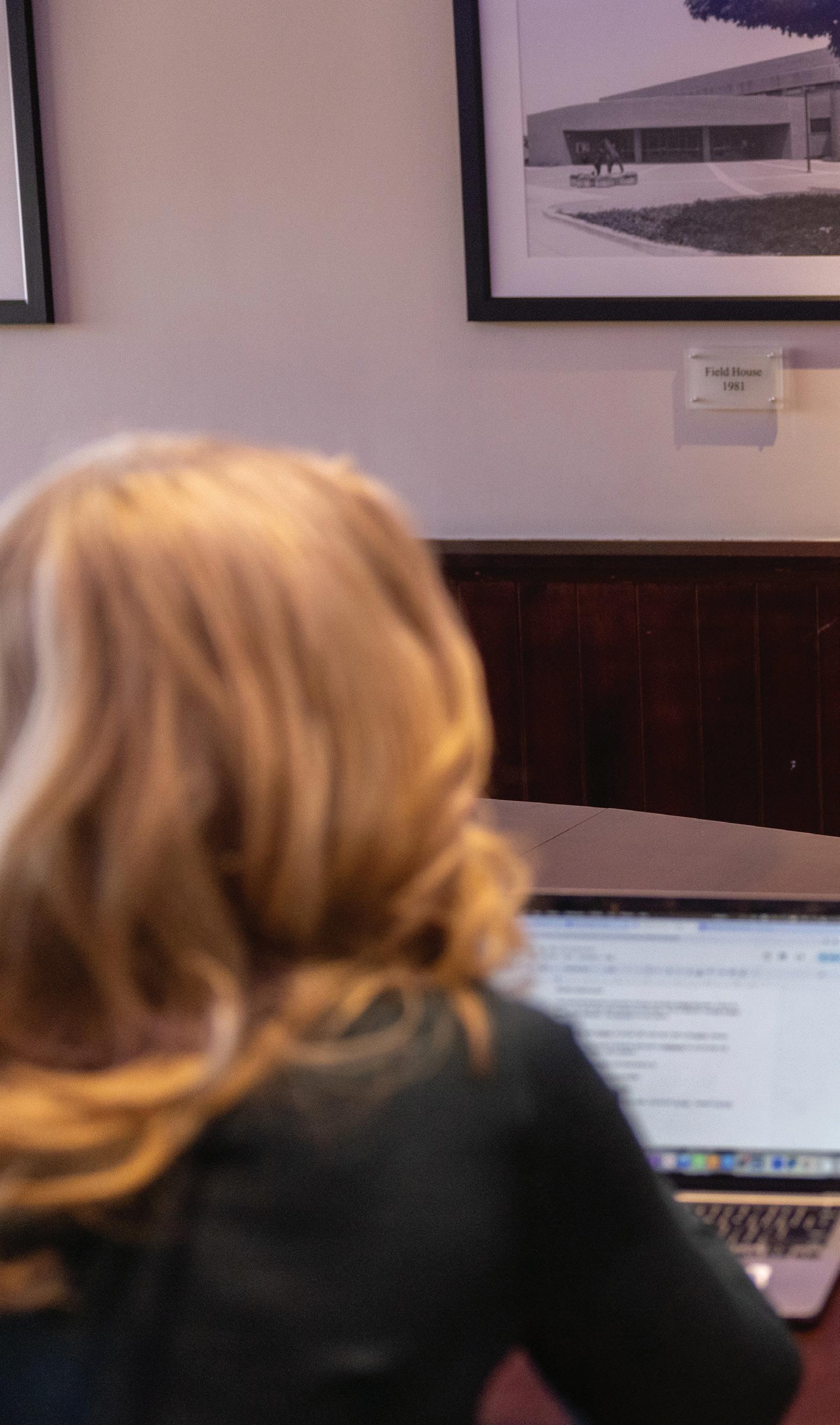
Brandon and Trevin –our superstars! I am super excited to talk with both of you today about your experience this past year. I feel as if I am sitting in the room with two celebrities.

That’s about right! (laughter)
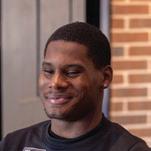
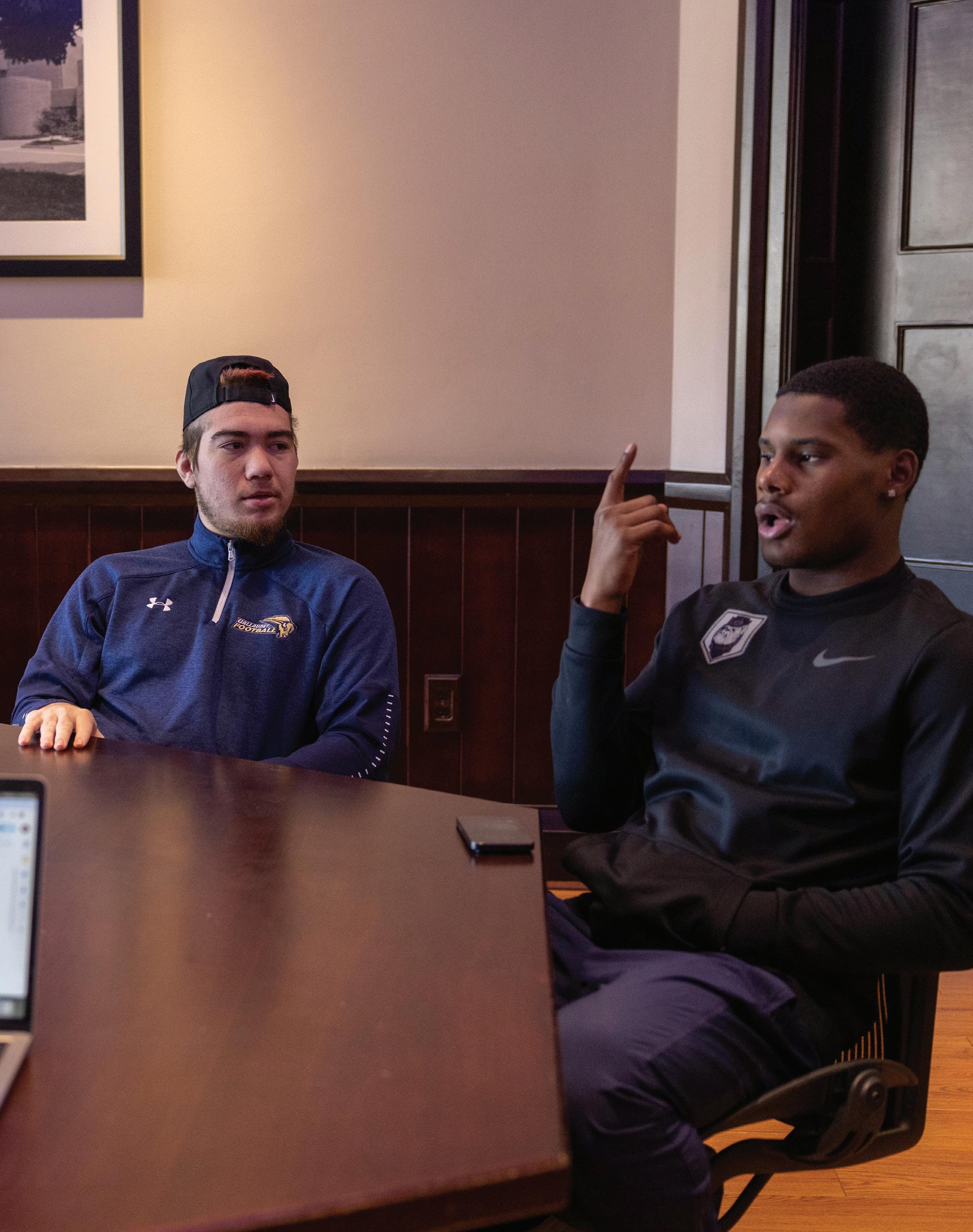 Brandon Washington Junior, Alabama
Brandon Washington Junior, Alabama
Let’s start with each of you. Tell me where you are from, what you are studying here at Gallaudet, and your class year.
I am from Mobile, Alabama, studying physical education and recreation. This is my third year at Gallaudet.
I am from Riverside, California, and I am also studying physical education and recreation. This is my first year here. My parents are proud Gallaudet alumni. Dad is a PE teacher and coach, and I saw the impact he had on the lives of his students. That was always inspiring to me. I decided to go to Gallaudet because of them.
What about you, Brandon?
What made you choose Gallaudet for your college education?
My uncle is an alumnus and encouraged me to consider
Gallaudet when I was a senior in high school. Though I didn’t know any ASL, I knew he was looking out for me so I took his advice. I started learning ASL in the JumpStart program. It has been a journey.
I’m glad you both made the choice to come to Gallaudet! I understand that both of you played quarterback for our football team this year and had the opportunity to wear the AT&T 5G-connected Helmet. What was that like?
It was pretty cool. I wore it during our game against Hilbert College in October when the NCAA gave us permission to use it. I was able to read the plays, and of course, we won the game!
I used the helmet during practice, and when AT&T was filming us for a commercial, but did not get a chance to use it in a game. Alas, I separated my shoulder on the last day of filming. This put me out of commission for
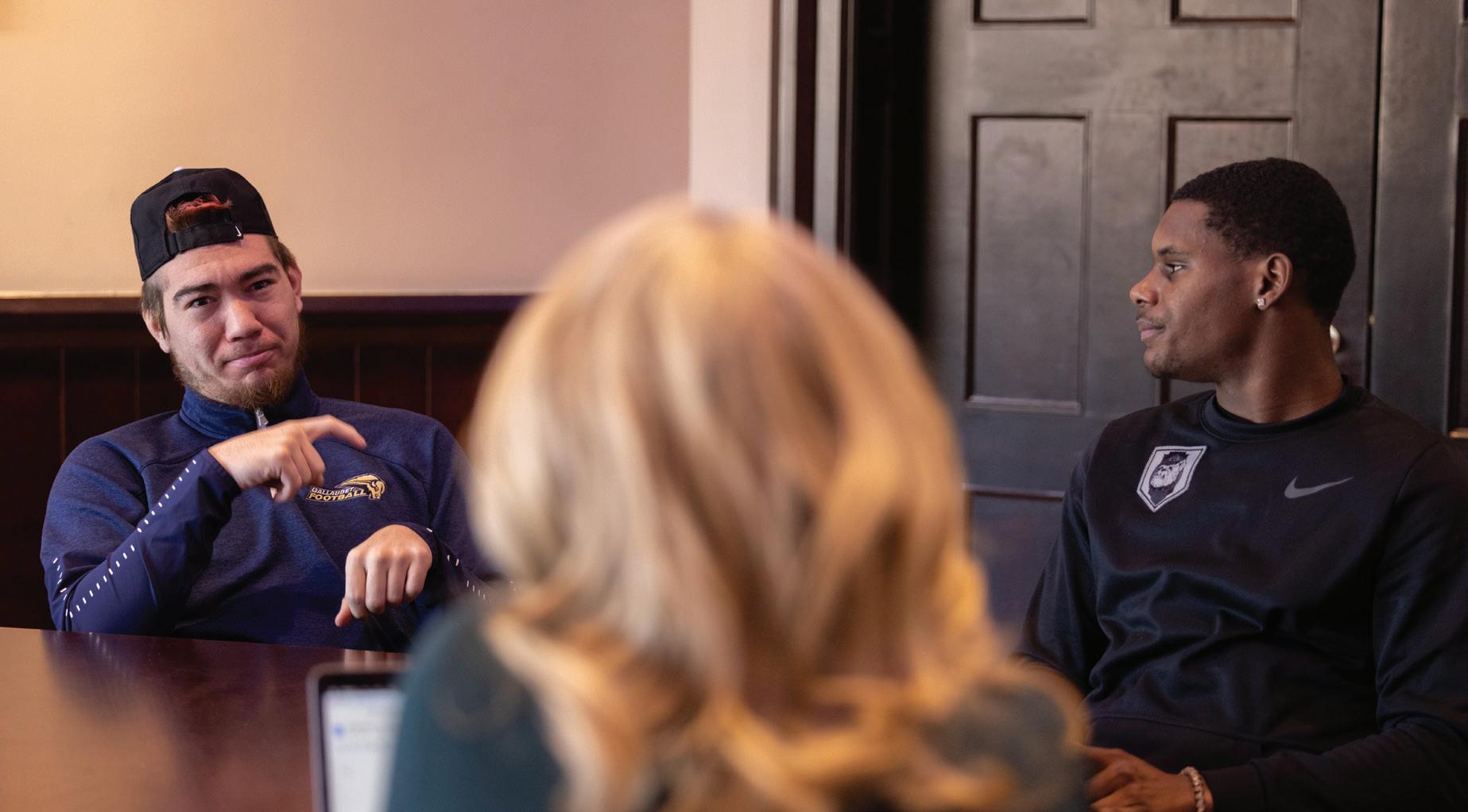
Oh wow, Trevin, I am sorry. I know that must have been hard for you – not being able to play while witnessing all the publicity and the hoopla surrounding our team and the helmet – the entire campaign that featured you and Brandon so prominently. What did you take away from this experience?
I come from Riverside where we had an exceptional football season in 2022 and were featured on ESPN and participated in the coin toss before Super Bowl LVI at SoFi Field in Inglewood, California, so I had experience with the media. This campaign was different in that it felt as if we were making history here at Gallaudet – just as we did in 1894 when we invented the football huddle. This was also a much larger campaign.
The AT&T commercial also ran on the large screens at Times Square in New York City, where it could be viewed by thousands of people walking on the street. Did either of you make the trip to see it for yourself? That would be a thrill!
No, I didn’t make the trip to Times Square. In fact, everyone I know has seen the AT&T commercial either on television or online. Everyone, except for me. I seem to always miss it for some reason.
One evening, I was out with my friends in a sports bar when the AT&T commercial came on the screen. That was a surreal moment.
That’s awesome, really. Gallaudet is full of opportunities for our students, and this was certainly one of the more unique ones. It is not every day that you see yourself on a Jumbotron in Times Square or on national television during college football games. Thank you for representing Gallaudet and being a part of this! the remainder of the season.
Same here, I didn’t go to New York City. However, I did catch the commercial several times. I was back home in California during the winter break.
This campaign gave us a platform to showcase the next generation of technology and spotlight what it means to really level the playing field. We do not want special treatment; we just want a chance to play fairly against our opponent. It has also made me want to work harder and do better. I hope to participate in the NFL tryouts in 2025.
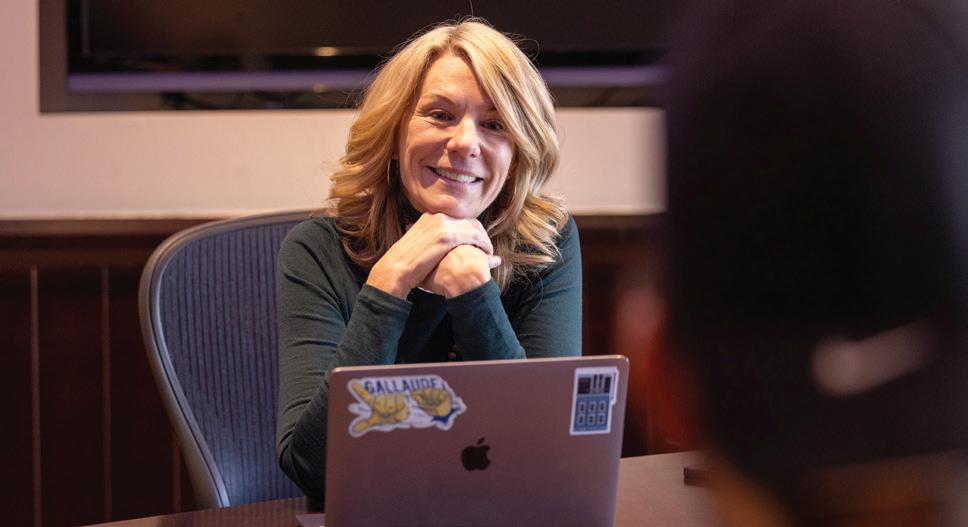 and Admissions Officer
Brandi Rarus Chief Communications
Rarus
Trevin
Brandon Rarus
Rarus
Trevin
and Admissions Officer
Brandi Rarus Chief Communications
Rarus
Trevin
Brandon Rarus
Rarus
Trevin
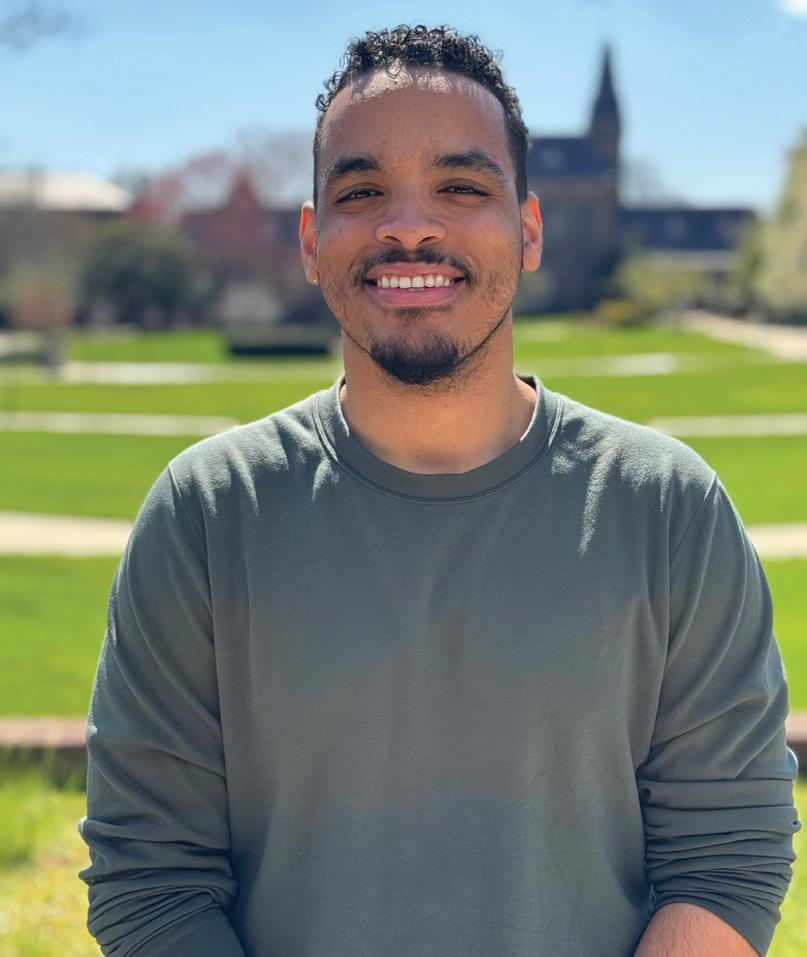
Lorenzo Lewis, ’19, may ask you for your opinion on touchy subjects. He is not trying to judge you or make you uncomfortable. He genuinely wants to know what you think.
Lewis, coordinator with the Gallaudet Innovation and Entrepreneurship Institute, also works as the Ambassador of Disagreement for Gallaudet’s Center for Democracy in Deaf America (CDDA). This unusual role was created for him by Dr. Brendan Stern, ’06, CDDA’s executive director, who admires Lewis’ drive to understand a range of viewpoints. “Lorenzo is an exceptional human being because of his humility and curiosity. He is
never afraid to ask tough questions and to listen as if he is wrong.”
It’s easy to look at someone and think you know who they are and what they stand for, says Lewis. “In my case, they think, ‘Lorenzo is a Black man, so he must have a certain world view.’” But, he says, every individual is shaped by countless forces, and there is no way to grasp these nuances without engaging.
Last fall, Lewis was the first-ever deaf participant in the Better Arguments Ambassador Program, run by the Aspen Institute’s Citizenship and American Identity Program, Allstate, and Facing History and Ourselves. He built a network with 12 leaders from various backgrounds and organizations around the country. To his delight, when the group met weekly to discuss issues such as historical context and emotional intelligence, they welcomed his viewpoints and allowed him to explain why disability needs to come into play, too. “My cohort would say we need more people involved with disabilities, and not just focus on political beliefs, gender, and race. I helped them open their eyes to why it’s important to include deaf people.”
Mainstreamed throughout school in Chattanooga, Tennessee, Lewis came to Gallaudet in 2014 as an outsider. His hearing family had a strong political bent, particularly his grandmother, who was known as Countess X because of her association with her penpal,
Malcolm X. But Lewis avoided confrontation.
“I was a people pleaser. I agreed with them and them and them, and I kept my views and opinions to myself.”
Over time, he realized that never rocking the boat wasn’t healthy — and that there wasn’t enough disagreement on campus in general.
“The Gallaudet community has its sacred political and cultural beliefs, and anyone who may disagree is often afraid to say anything,”
Lewis says. A class with Stern, who challenges all his students to consider various perspectives, was an eye-opening experience. One of his classmates was a DeafBlind man who was a staunch supporter of then-President Donald J. Trump. “I might disagree with my classmate,” Lewis notes, but he appreciated being able to explore his classmate’s reasoning.
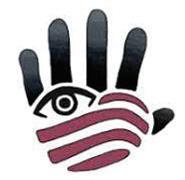
“The world is not black and white,” Lewis says, noting that the CDDA logo is gray. When he first met Stern, who is from a multigenerational Deaf family, he thought they were complete opposites.
“I didn’t think we’d get along,” he says. But they found common interests and began to relate to each other more. From there, they established a close friendship, and now, nothing is off limits in their conversations.
“The world is not black and white.”
- Lewis
Lewis and Stern even discuss the conflict between Israel and Hamas with passion, notwithstanding that Lewis’ family is mostly
Muslim and some of Stern’s Jewish family members escaped the Holocaust. “I enjoy having conversations about controversial topics that make people sweat. In today’s ‘cancel culture,’ it doesn’t matter if you’re left or right — everyone is walking on eggshells,” says Lewis.
As an undergraduate, Lewis facilitated a town hall for the Black Student Union to address what support from Gallaudet looks like for BIPOC students. “Over 200 people showed up, including the president, the provost, and the dean. It was a bit scary for some students to give their opinion and speak up,” he says. This dialogue resulted in a redesigned multicultural student program with more direct support services.
In 2019, Congressman Tom Cole was selected as Lewis’ class’s Commencement speaker. The Republican from Oklahoma is a staunch advocate for early language acquisition for deaf students, but his other positions — including his support for Trump — shocked many of Lewis’ friends. Some of them considered walking out of Commencement in protest. “I tried to remind them where Cole was from. Could he ignore what his constituents wanted? If so, he would have been out of a job. My favorite president of all time was Obama, but I don’t agree with everything he did,” Lewis says. In the end, no one left the Field House during Commencement.
These experiences were foundational for Lewis, who strives to create more opportunities for people to confront new and different ideas. With Stern, he is developing a video podcast that will invite deaf people of all kinds to talk about their upbringings and worldviews. “We want to normalize having conversations about politics. Some views are taboo, and they shouldn’t be,” Lewis says. He hopes that by helping people learn to disagree, they will also figure out how to move forward.
The Gallaudet University women’s volleyball team posted a 31-3 regular season record last fall.
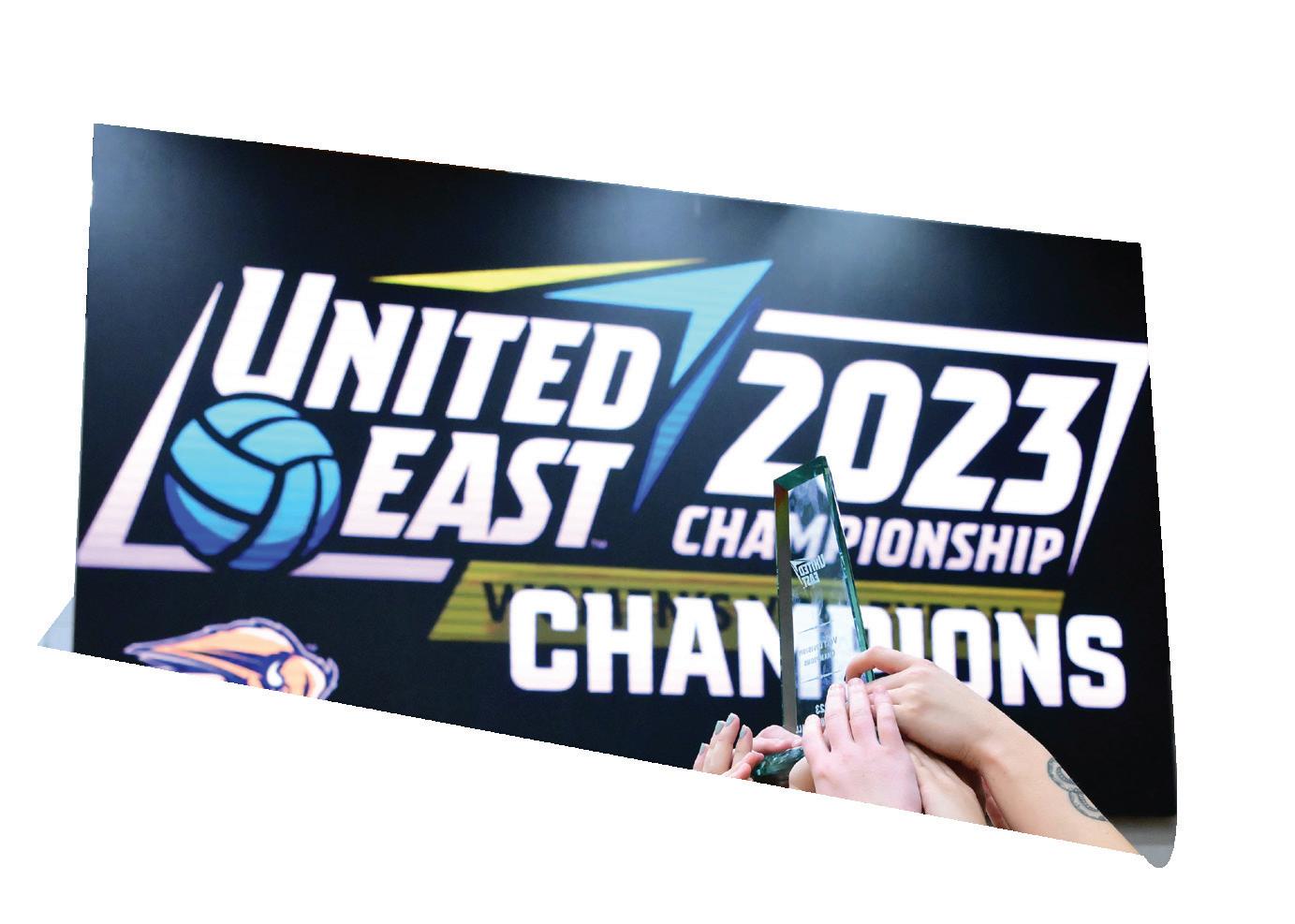
They won the United East Conference tournament and an automatic bid to the NCAA Division III regional tournament, held November 16-18, 2023, at Johns Hopkins University in Baltimore, Maryland. Facing regional top seed and national #16-ranked Wesleyan University in the first round, they
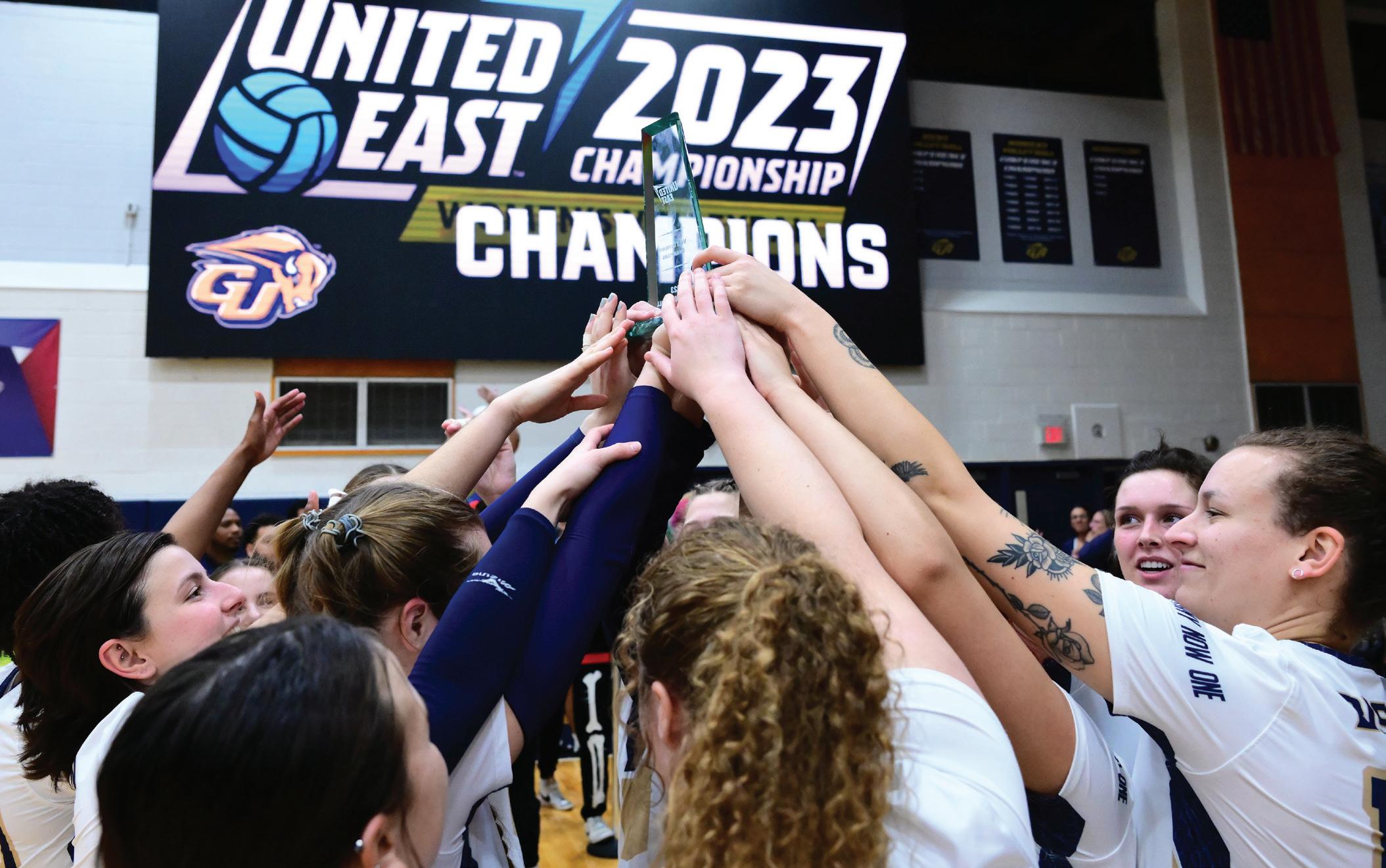
lost, 25-22, 25-21, 25-21. The team’s final record of 31-4 and win percentage of .885 was its best ever under 18th-year coach Lynn Ray Boren.
Senior outside hitter Natalie Clayberg had 15 kills and nine digs, while junior Cassidy Perry had 14 kills. Junior setter Ella Gamble had 32 assists, four service aces, including three in the first set, and 10 digs. Senior libero Leila Sicoli led the team with 17 digs. Wesleyan was led by Bella Ahearn, who had 12 kills. Wesleyan amassed nine blocks across three sets, which ultimately provided their margin of victory.
Behind 10-3 in the first set, Gallaudet fought back, bolstered by Gamble’s three service aces. They fell behind again, 19-11, but mounted a rally to narrow the margin to one point, 23-22, before dropping the last two points. The second and third sets proceeded similarly, with the Bison losing ground, then clawing back time and again.
Wesleyan lost to host school Johns Hopkins University in the regional championship match. Johns Hopkins lost in the national quarterfinal match to Hope College, which lost to eventual national champion Juniata College, which won its second consecutive championship and fourth overall.
In 2006, Juniata’s path to the national championship was through Gallaudet, as the Bison won in the first round of the regional competition before losing to Juniata in the second round. This was during Boren’s second season as coach.
Women’s volleyball has been one of the university’s most successful programs over the past 40 years. Under Coaches Peg Worthington, Patrick O’Brien, and Boren, the Bison have won 12 conference championships and made 14 NCAA tournament appearances.
Boren reached the 400-win mark last season. Like his predecessors, Worthington and O’Brien, he has placed heavy emphasis on excellence on and off the court. His teams consistently have multiple players win academic accolades. Last fall, four players -- senior Leila Sicoli (for the second time), juniors Ella Gamble and Cassidy Perry, and sophomore Citrine Lummer -- were named to the College Sports Communicators Academic All-District® Women’s Volleyball Teams. Subsequently, Gamble was named to the NCAA Division III Women’s Volleyball Academic All-America first team and Perry to the third team, joining Ann Whited Behm, ’13 & G-’17, as the only Gallaudet players so honored.
Gamble was named conference offensive player of the year, and Boren was named coach of the year. Clayberg, Perry, and Lummer joined Gamble on the first team.
With most of this year’s team returning and promising newcomers arriving this fall, Gallaudet can expect to continue to set the highest standards of athletic and academic performance.
by Robert Weinstock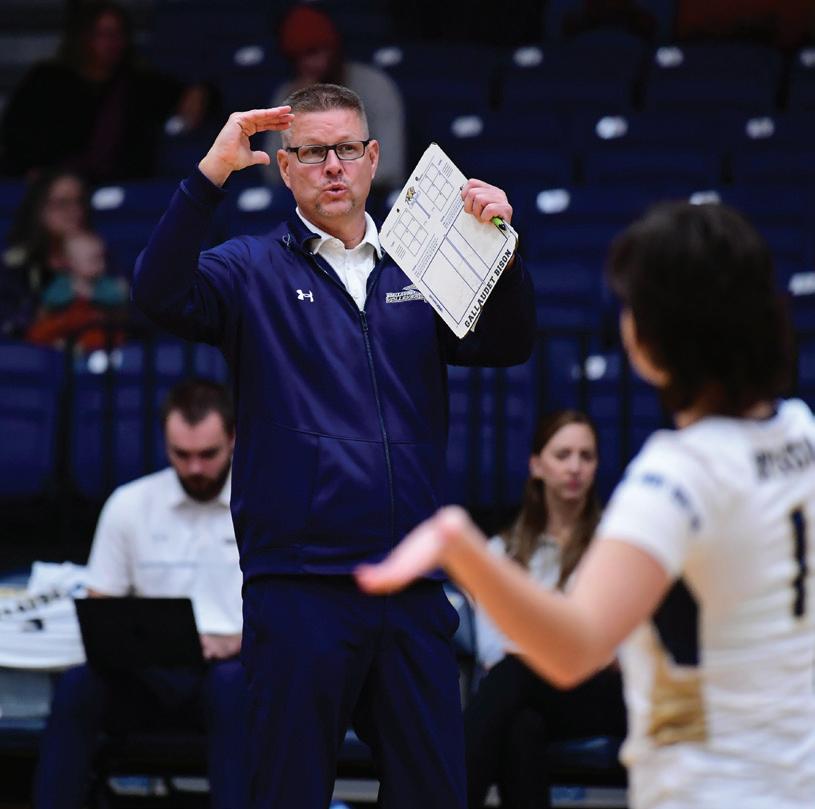
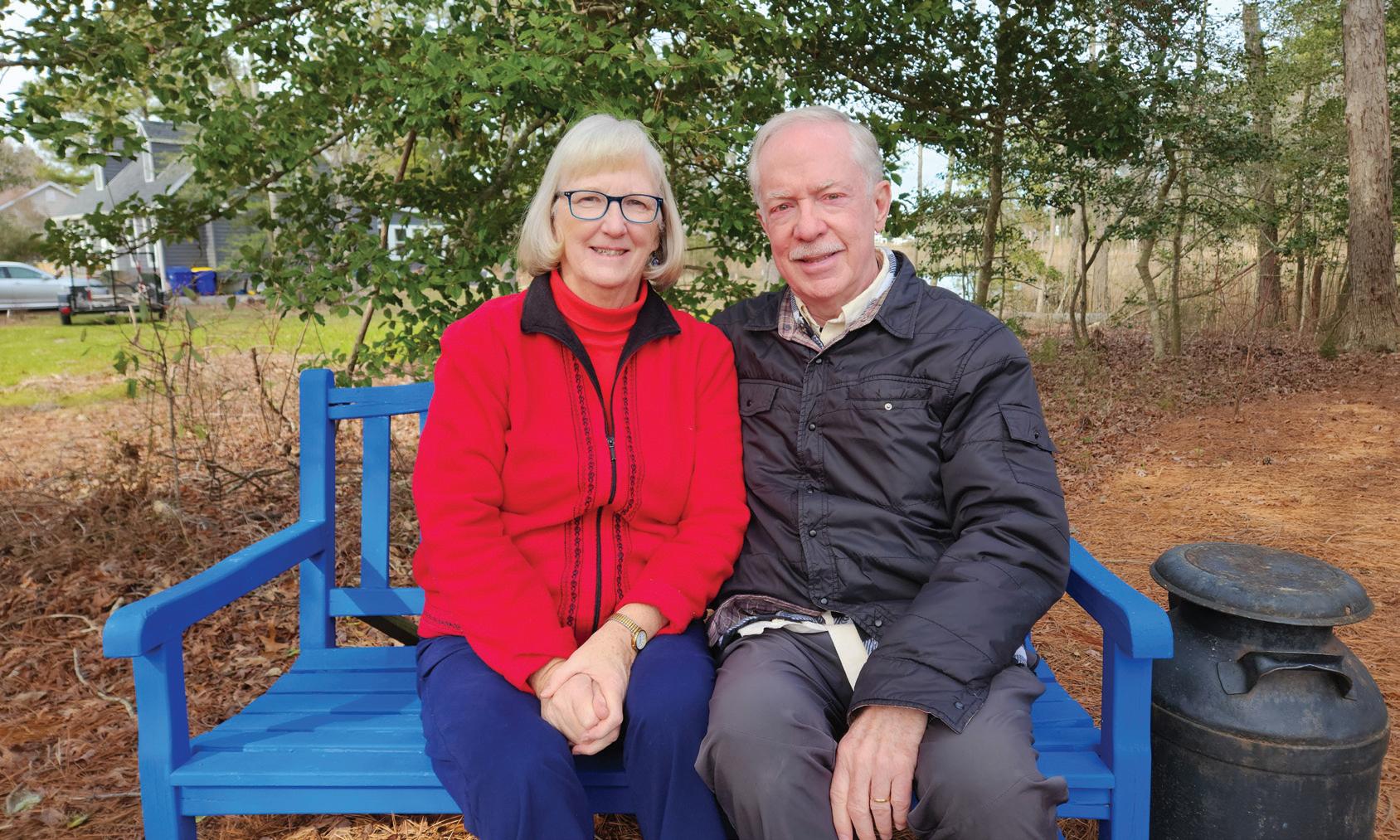
Dr. Barbara J. White, ’76, and Dr. Bruce A. White, professors emeriti, have endowed a scholarship fund in their names to support students in the Gallaudet University Social Work program. This scholarship will be offered for the first time during the 2024-2025 academic year.
In announcing the fund, Dr. Barbara White wrote, “My husband Bruce and I are pleased to establish this endowed scholarship fund for Master of Social Work students. As an undergraduate student when the social work program was first established in the 1970s,
and later as a faculty member in the Social Work department when the MSW program was established in the late 1980s, it has been gratifying to witness the tremendous growth of the field of social work with Deaf and hard of hearing people. We hope the fund will help increase the number of professional MSW-level social workers who are Deaf, DeafBlind, or hard of hearing to meet the growing demand for social workers with the knowledge and skills in working with the Deaf population at all system levels.”
Dr. Barbara White started her career as a clinical social worker at Family Service Foundation in Maryland and was a faculty member in the Department of Social Work at Gallaudet University for 31 years. She retired in 2014. She taught both undergraduate and graduate students, was department chair, and served on a member of faculty governance committees. She also served on various community boards serving deaf and hard of hearing communities. Her career interests encompassed mental health, adoption in Deaf families, macro and international social work, disaster relief, and advocacy for accessible social and mental health services to deaf and hard of hearing people.
Barbara White led student study abroad courses to Guatemala and Costa Rica, and was part of the disaster mental health response team during Hurricane Katrina in 2005. She has received numerous awards for her teaching and service. She is a graduate of Gallaudet University (BA), the University of Maryland at Baltimore (MSW), and the Catholic University of America (DSW). In retirement, she volunteers in different capacities and serves on the Patient Family Advisory Council of Beebe Healthcare. Most recently, she coordinated public relations for the Delaware Deaf Fest held in the fall of 2023.
Dr. Bruce White taught English at Gallaudet from 1978 to 2008. He served on many university committees and was vice chair of the University Faculty for two terms. He also served twice as chair of the English department, including during the time it had 40 faculty members teaching approximately 1,000 students per semester. He participated in the 1988 DPN movement and the 2006 Unity for Gallaudet protests.
Bruce White attended public schools in Massachusetts long before support services for deaf and hard of hearing students existed. He took sign language classes at the Learning Center for the Deaf and became that school’s
first student teacher after earning his M.Ed. degree. He then taught deaf students for several years at the new Keefe Vocational Technical High School before becoming one of the first hires at DEAF, Inc. After completing a master’s degree in English, he accepted a position at Gallaudet. His publications were mostly on American and Victorian literature, and his Ph.D. dissertation on Elbert Hubbard’s writings was published in 1989 and released as a paperback in 2018.
Like Barbara, Bruce White believes in volunteering and public service. He served in elected local office in Massachusetts, Maryland, and Delaware.
The Whites reside in Ocean View, Delaware.
To contribute to this new fund, go to giving. gallaudet.edu. For more information, contact Tamara Suiter, ’04 & G-’06, in the Office of Development.
This article contains information from multiple sources, including an announcement from the Social Work program in the School of Civic Leadership, Business, and Social Change.
by Robert Weinstock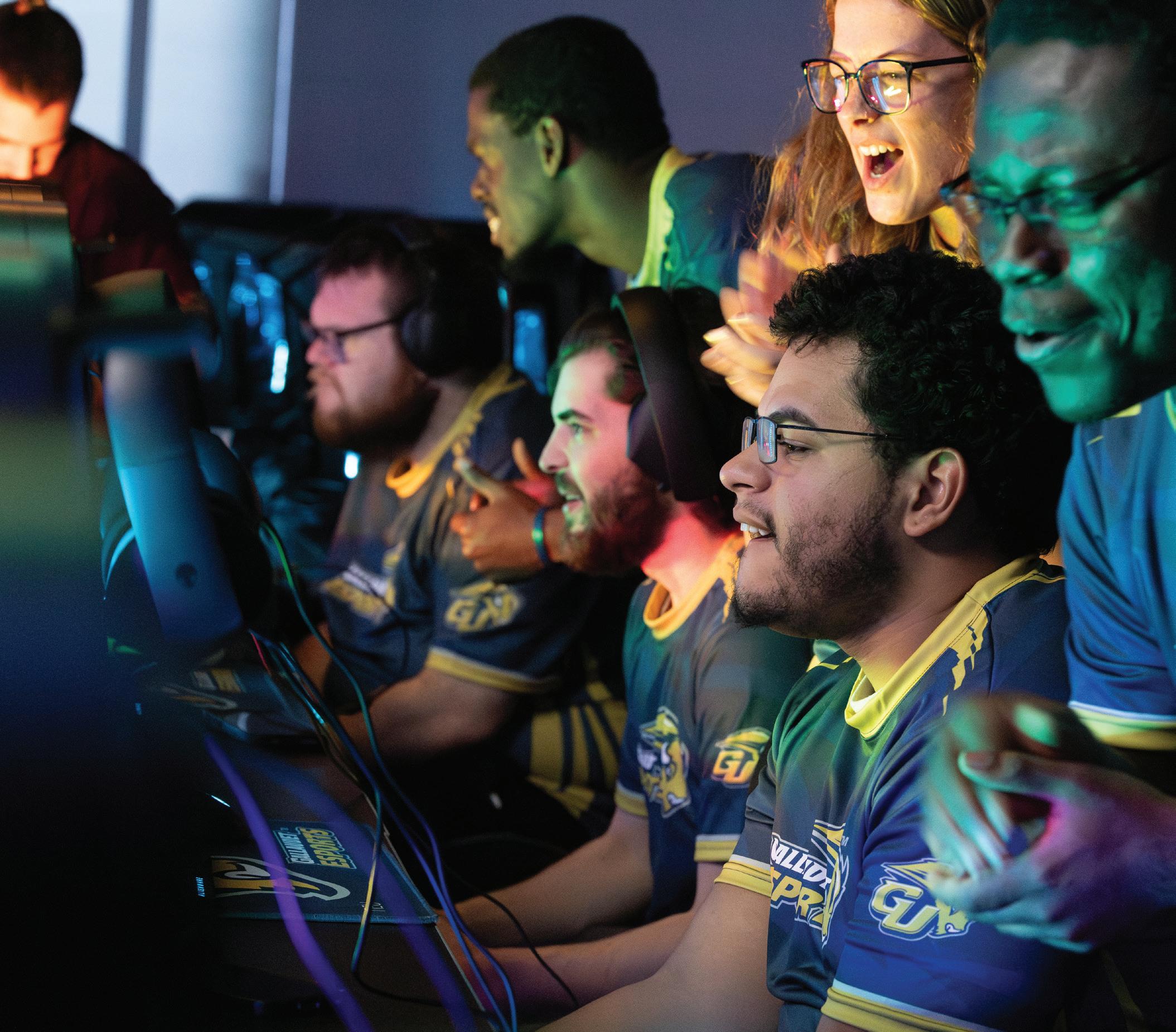

In less than one year, the new Esports Arena in Ely Center has become the most popular hangout on campus. The 1,850-square foot space, formerly a computer laboratory for the Department of Business and a storage area, has been upgraded to accommodate the latest in gaming technology while incorporating Deaf Space principles. The space is now filled with thrilling, energetic LED light strips and a vibrant, cozy gaming vibe.
Students flock to the Esports Arena every day to play recreationally. It is also available to faculty and staff, their families, and the local community. With dozens of computers and gaming consoles ready for use, it is a veritable paradise where gaming enthusiasts and “newbies” are equally welcome
Athletic Director Warren Keller, ’10, an avid gamer in his own right, had always wanted to set up something like this. When the stars aligned, he tapped Justin Arrigo, ’12 & G-’15, to spearhead the program as its coordinator and head coach. They did all of this with an emphasis on a competition-centric future. Esports Arena staff include Arrigo, assistant coach Spencer Willey, and seven student paraprofessionals.
The esports program launched in March 2023. Last fall, Gallaudet students began to play intercollegiate in virtual tournaments, including Easterseals Gaming and the Eastern Collegiate Athletic Association Esports. This spring, the esports program also hosted a Mario Kart tournament with the Catholic University of America, with seven Gallaudet players ranking in the top eight. These players were Tylo Broszeit, Von Burdsall, Joe Cherichello, Tristan Hencker, Tivon LeMaster, Josco Mast, and Spencer Willey. The esports program will host another tournament later this year, and hopes that this event will become an annual fixture and thereby build more ties with other universities.
The most–played games are Fortnite, Overwatch 2, Rocket League, and Valorant. Arrigo hopes to expand the inventory of tournament-based titles as more players join up.
Another aspect of the esports program’s mission is to publicize and seek solutions for the known accessibility gaps in game design and the gaming community. “We’ve always been at a disadvantage when playing because of the focus

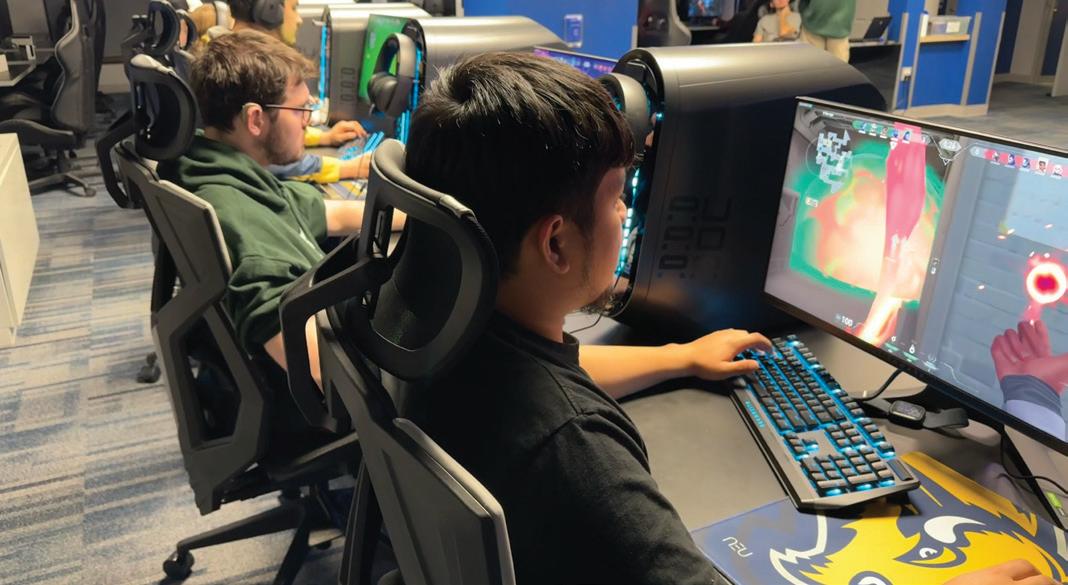
on spoken language and environment sounds,” says Arrigo. “The fact is that deaf players, and players with other disabilities, can play mindblowingly well, but sometimes they just need a little more help to be on the same level as other hearing players.”
Deaf players have dexterous hands and can play well, but they struggle with communication and auditory-based stimuli. “We can’t hear or communicate fast enough, and it’s detrimental,” continued Arrigo. “Of course, we can discuss strategy among each other during competition, but to do so, we need to use our hands, and when our hands are not on the game controls, that’s valuable playing time we are losing, which
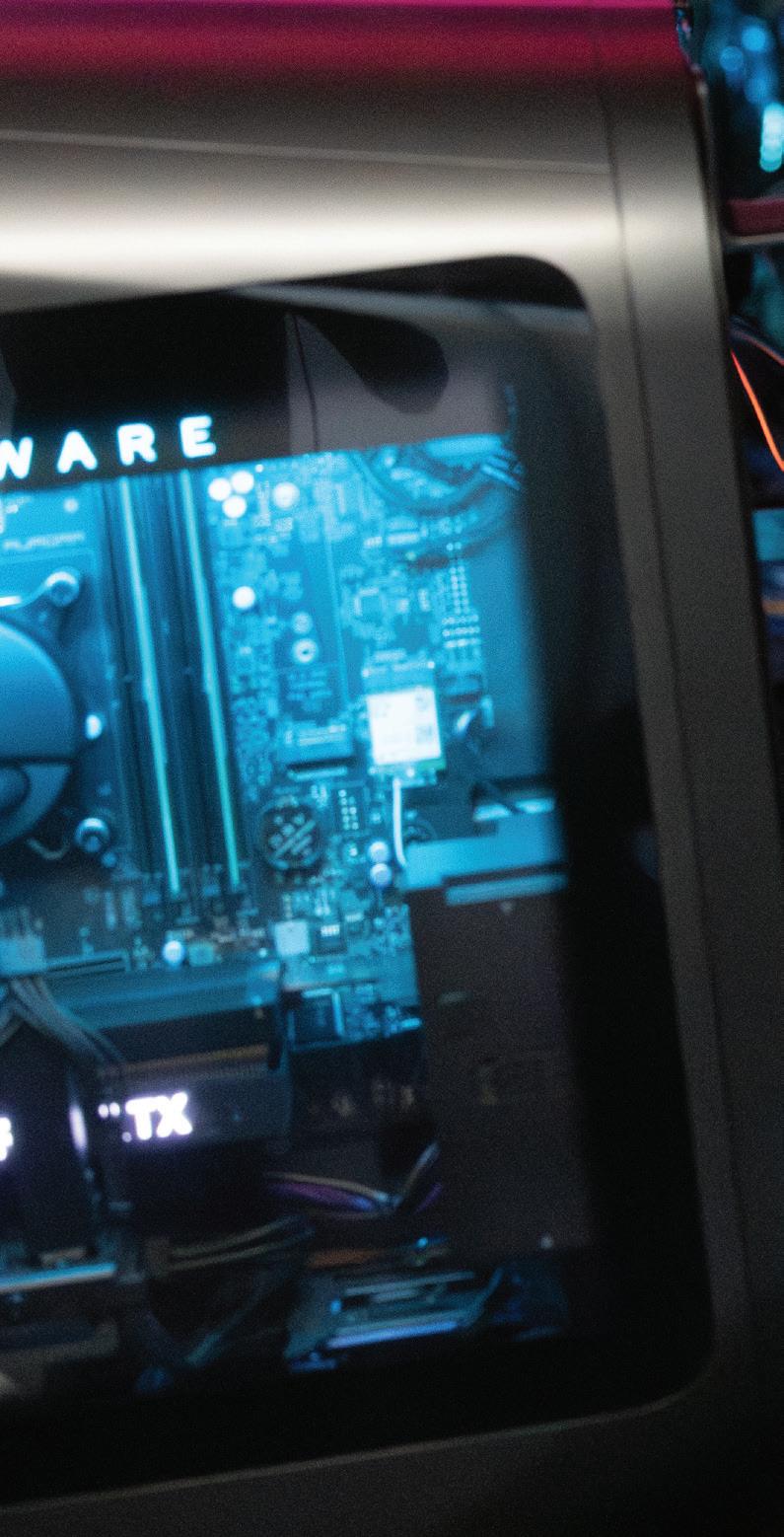
is why it is necessary to change the gaming setup.” With the current layout at the Arena, fellow teammates can keep an eye on each other using their peripheral vision. Still, this does not fully compensate for game designs that emphasize audio.
Deaf gamers do not yet have a sufficiently effective method to communicate with each other. They can type in chat or use pings, but these are slow and can be vague. Adapting a gaming setup to the team can be incredibly valuable. Strategy and team communication are crucial to any team sport, and Esports is no different.
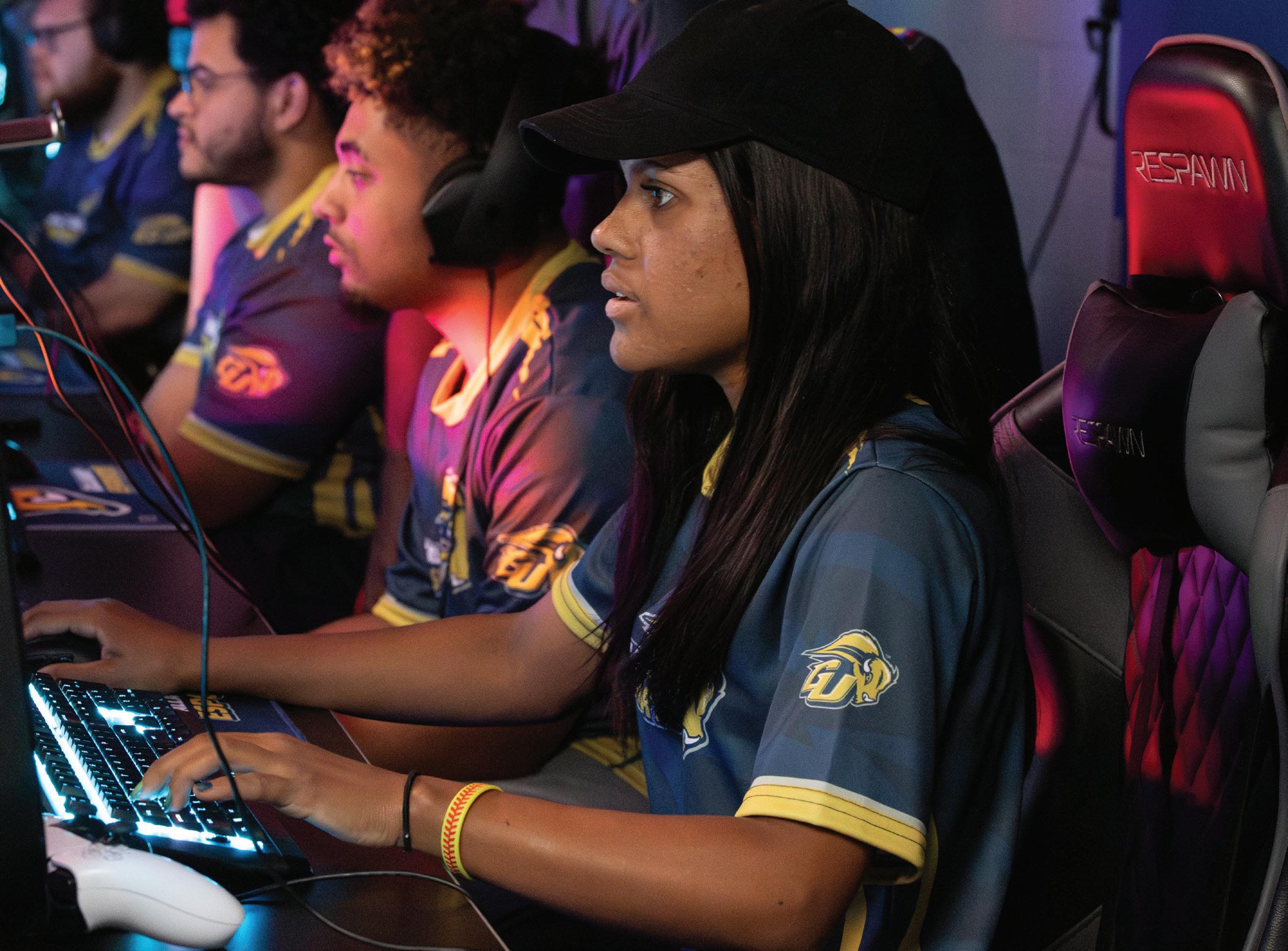
“We want to bring Gallaudet to a national stage in the gaming world, bring about change in the accessibility of modern games, and trigger conversations on this issue. We need game designers and manufacturers to adhere to the principles of universal design,” said Arrigo.
Fortunately, some designers are sitting up and taking notice. Arrigo has received inquiries from game developers looking to make games more accessible. Arrigo also expressed hope that this could someday grow into employment or consulting opportunities for the university’s most astute gamers – a subfield of game design dedicated to conceiving and producing accessible games and gaming systems.
Arrigo is excited to spearhead the Youth Esports Series, a competition for middle and high school students, ages 13 and up. The goal is to bring esports competition powered by Gallaudet Esports’ finest to deaf and hard of hearing students across the nation.
Gallaudet Esports is the first Deaf-led collegiate esports program in the world, and remains the only one. “I am honored to lead Gallaudet’s esports program and level up the student experience on campus,” said Arrigo.
“Game on, Bison!”
by Frederick Scott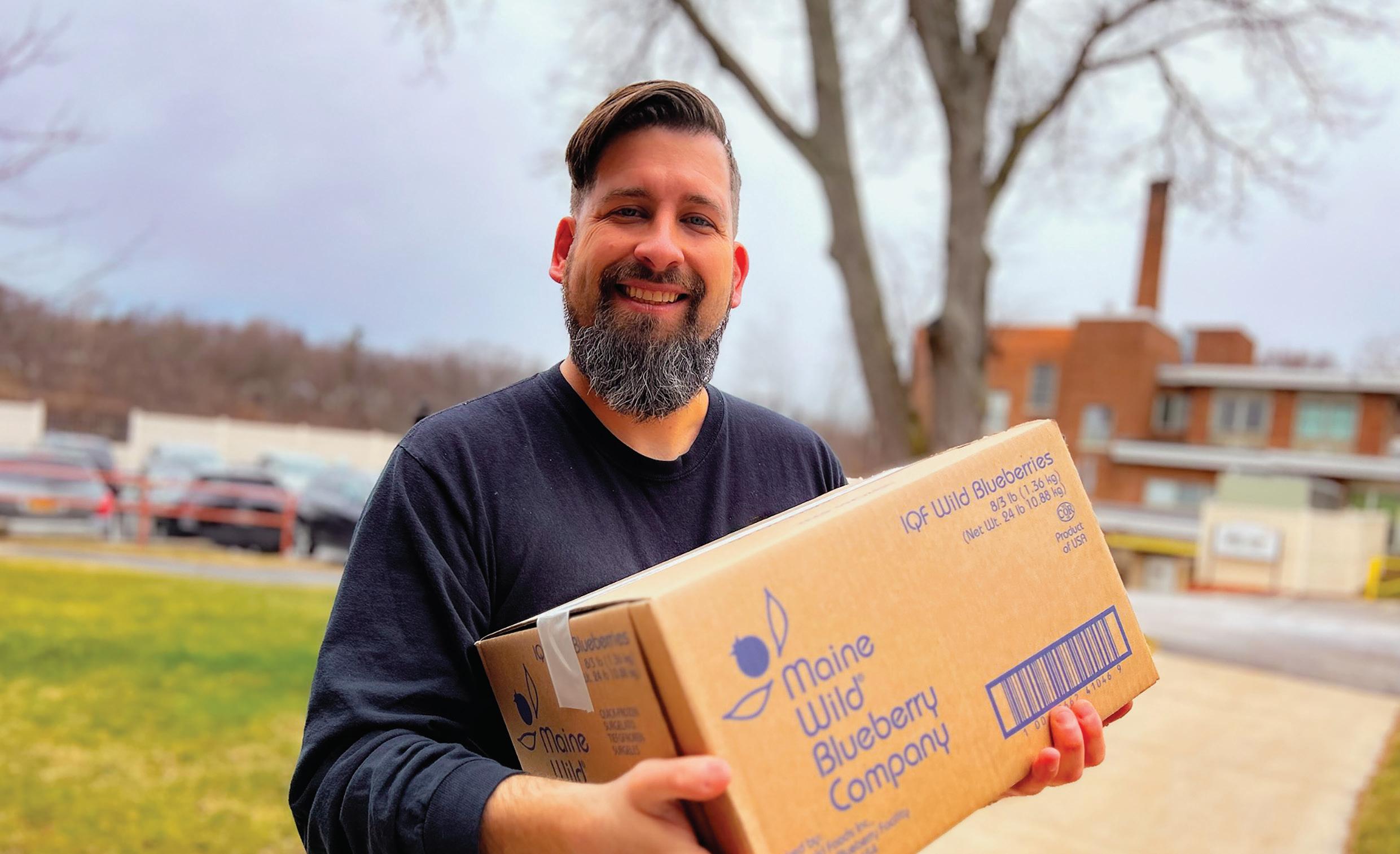
Zachary Ennis, ’13, is the founder and executive director of Rochester Deaf Kitchen, a food pantry based at Rochester School for the Deaf. Zach first envisioned the pantry in 2011 while he was a Gallaudet student, inspired by his own experience with food insecurity while growing up.
According to an article in Rochester City Magazine, “The Rochester Deaf Kitchen opened August 30, and in its first six weeks, it had more than 1,300 unique visits. As a separate organization with its own 501(c)(3) status, the pantry operates out of donated space behind the deaf school’s soccer field and welcomes visitors twice a week…Ennis credits the early success to community organizations, volunteers, and donors. He gives special thanks to RSD superintendent Antony McLetchie, ’92, and Foodlink’s [executive vice president and chief impact officer] Mitch Gruber.” The kitchen receives donations, conducts canned food
drives, and purchases food and hygiene products at substantial discounts.
Of special note is that the Rochester City Magazine article was written by a deaf person, Tom Willard, a long-time journalist based in Rochester. Willard also took the three photographs that appear with the article.
Gallaudet University also operates a food pantry for its students under the auspices of Health and Wellness Programs, a unit of Student Affairs. Visit their website for more information.
Gallaudet Today Magazine thanks Leah Stacy, editor of Rochester City Magazine, for granting permission to reprint their article about Rochester Deaf Kitchen, and Stacy Marie Lawrence for the photograph above.
by Robert WeinstockBinta Badjie, of Banjul, Gambia; Phanita Maiphone, of Vientiane, Laos; and Biruk Gizaw, of Addis Ababa, Ethiopia, have been selected from a field of 600 applicants as Gallaudet University’s World Deaf Leadership (WDL) scholars for the 2023-2024 academic year.
They began their studies at the university in the fall of 2023. Binta entered the graduate degree program, and Biruk and Phanita entered the undergraduate program. Selection for these highly competitive awards was made by Gallaudet’s WDL committee, in collaboration with undergraduate and graduate admissions offices.

Binta is co-founder of the Gambian Deaf Women’s Society and consults with civil and governmental organizations on measures that promote the inclusion of Deaf Gambians. She has also collaborated with the American International University West Africa to provide annual sign language training for its medical and nursing students.
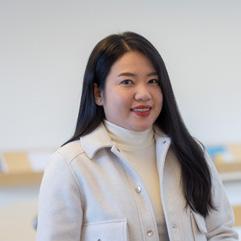
Phanita is highly involved in deaf and disability leadership, and has served as president of the Laos Association of the Deaf and support consultant for Asian Development with the Disabled Persons.

Biruk has an associate degree in business technology from Rochester Institute of Technology, worked as a secondary school teacher at Tikur Anbessa Secondary School for the Deaf in Addis Ababa, Ethiopia, and served as office manager for the Ethiopian National Association of the Deaf.
The WDL scholarship, which is funded by the Nippon Foundation of Tokyo, Japan, and administered by Gallaudet’s Office of International Affairs, makes it possible for deaf and hard of hearing leaders from developing nations to attend Gallaudet, with the provision that they return home after graduation and work towards improving the lives of deaf people in their home countries through education, advocacy, and partnering with influential leaders and organizations. Since the program was established in 2003, 22 scholarships have been awarded, and all 19 of the earlier scholarship recipients went on to complete their program of study and graduate from Gallaudet.
The WDL scholarship covers tuition, room, board, and health insurance, and provides an annual stipend for expenses such as books, supplies, laundry service, personal products, and local transportation. Additional support for a WDL Scholar includes mentorship from a member of the University faculty member and an internship in the scholar’s home country.
by Danilo E. Torres Vargas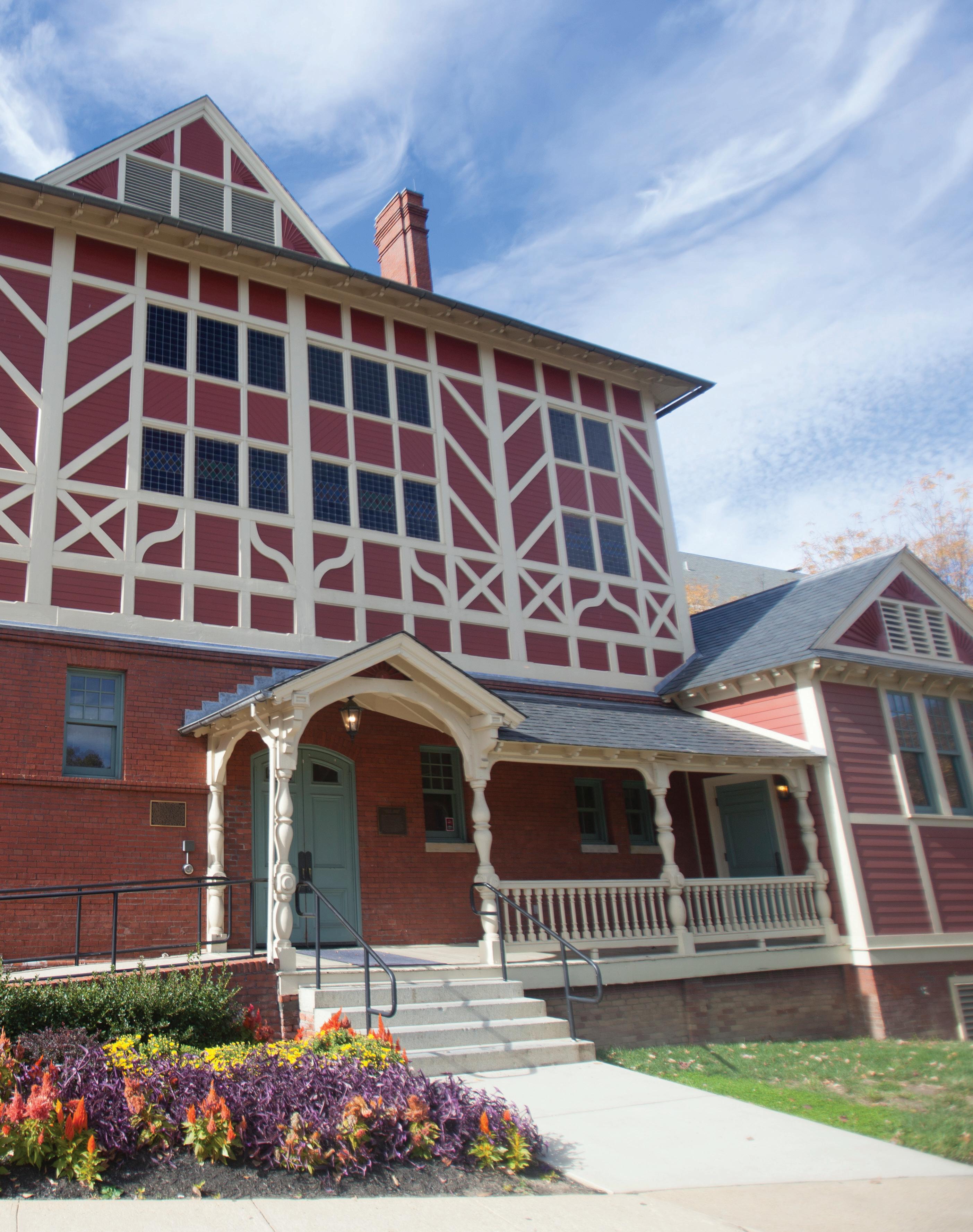
News from the Gallaudet University Alumni Association
When you graduate from Gallaudet, you will always be a part of the Bison family. When you become a member of the Gallaudet University Alumni Association (GUAA), you have the opportunity to get involved, have influence, and stay informed with everything happening at Gallaudet. GUAA Life Members also receive Gallaudet Today Magazine.
Learn more at gallaudet.edu/alumni-association
GUAA
The Free State Chapter selected Keanu Herzig Wilcox, a 2023 graduate of the Maryland School for the Deaf, as the recipient of its 2023-2024 Scholarship Award. The chapter held its biennial election during a meeting at the Maryland School for the Deaf in September 2023. Its new officers for the 2023-2025 term are Michele Westfall, E-’87; Colette Dumas Walker, ’96; Mary Lynn Lally, ’66; and Kathy Jones, ’72. There was a social gathering on January 26, 2024 at BJ’s Restaurant ad Brewhouse in Frederick. A good number of alumni and their friends attended.
The Buckeye Chapter continues to provide scholarships for a current Gallaudet student from Ohio. On September 23, 2023, the chapter hosted a cookout at Start Park Dogwood Shelter in Westerville. The chapter has committed to funding a new gravestone for Lenora Culpher, a Black and Native American student at the Ohio School for the Deaf who in 1919 became its first DeafBlind graduate. Chapter members volunteered at the Ohio School for the Deaf during the East Regional Academic Bowl in March.

The Central Florida Chapter, based in The Villages, hosted GUAA Executive Director Rebecca Rydstrom, ’02, as their guest speaker at Cheers restaurant in Summerfield on January 27, 2024. President Susan Dramin-Weiss, ’89, chaired the luncheon meeting, which was attended by 44 people. Members voted to host a luncheon to celebrate the chapter’s 15th anniversary, to be chaired by Louis J. Schwarz, ’68.

The Connecticut chapter provided scholarships for two Gallaudet students from Connecticut this year. The chapter held its annual summer potluck at Foote Memorial Park in Brandford last summer. The chapter hosted its holiday luncheon at the American School for the Deaf In December 2023, with GUAA Executive Director Rebecca Rydstrom, ’02, as the featured speaker.
Kentucky GUAA Chapter
The Kentucky GUAA Chapter and the Kentucky School for the Deaf (KSD) co-hosted the 48th annual Gallaudet and Clerc banquet on December 6, 2023. LeMarc Williamson, Major Gifts Officer with the Development Office, was the featured speaker. During his visit, he met with KSD students and attended a wreath-laying ceremony at the gravesites of KSD’s first superintendent, Rev. John R. Kerr, and his wife at Centre College.
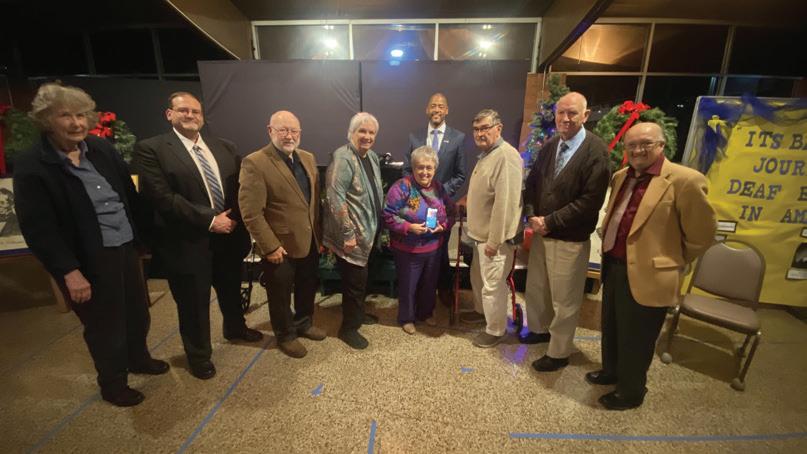
Valley of the Sun (Arizona) GUAA Chapter
West Region Representative Richard Jacobs, ’91, was the guest speaker for the chapter’s gathering on February 3, 2024 in Phoenix, Arizona. Richard shared updates on Gallaudet with the members. Following his presentation, the chapter elected Elaine Navratil, ’68, as its new president. The chapter continues to fundraise for scholarships to support Gallaudet students from Arizona.
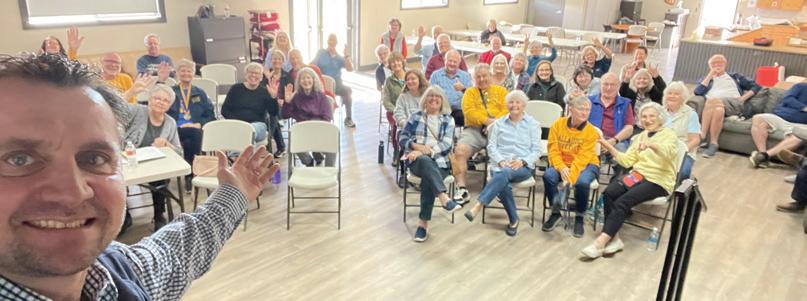
On February 11, 2024, the Washington GUAA Chapter and the Puget Sound Association of the Deaf co-hosted a Super Bowl party in Seattle to raise money for scholarships for Gallaudet students from Washington State. The chapter will host a wine and cheese fundraiser on June 1 in Lynnwood. Gallaudet University Provost Dr. Khadijat Rashid, ’90, will be the guest speaker.

GUAA and its Clerc Cultural Committee annually recognize individuals or entities for their contributions to the university and the Deaf Community with awards at its Charter Day Awards Reception. This year the reception took place on April 6 at Peikoff Alumni House.

The GUAA Above and Beyond Volunteer Award in Honor of Pauline “Polly” Peikoff, E-’36, was presented to Lisa A. McNiven, ’90, who has been a leading force in the creation of deaf housing in Albuquerque, New Mexico.
The GUAA Advocacy for Social Justice Award in Honor of Gertrude S. Galloway, ’51, PhD ’93, & H-’02, was presented to Dr. Christian Vogler, director of the Technology Access Program at Gallaudet University, for his long-time advocacy for communications access.
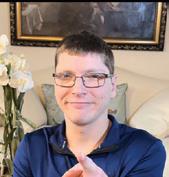
The GUAA Outstanding Young Alumnus Award was presented to Jeremy S. Smith, ’16, for his advocacy on behalf of the DeafPlus community in Virginia and beyond.
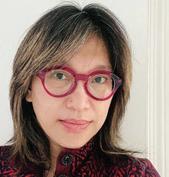
The Clerc Cultural Committee Award in Art was presented to Yiqiao Wang, ’09, creative designer in the Motion Light Lab at Gallaudet University. She is renowned for her art in public spaces that touches on many themes, including multiculturalism and Asian-America Pacific Islander culture.
The Clerc Cultural Committee Award in Advocacy was presented to Dr. Michael A. Schwartz, professor and director of the Disability Rights Clinic at Syracuse University College of Law, where he has trained generations of law students and attorneys in disability advocacy.
With our deepest sympathies, we note the passing of our alumni. Read the continually updated list on our website.
Visit Gallaudet’s Obituaries webpage: gu.live/obituaries
GUAA Board member Usherla DeBerry appointed by Maryland Governor
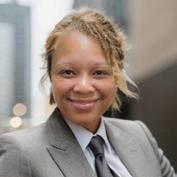
Usherla R. DeBerry, ’99, is the newlyappointed director of the Maryland Governor’s Office of the Deaf and Hard of Hearing (GODHH). “It is vital that we provide all resources and access to opportunities for Maryland’s Deaf and hard of hearing community. I am confident that we have the right team in place to accomplish that goal,” said Gov. Wes Moore. “I am grateful that Ms. DeBerry answered the call to serve. I thank Acting Director Katherine Breen, ’99 & G-’09, for her tremendous work and leadership in the Governor’s Office of the Deaf and Hard of Hearing during this search process and I look forward to all that the office and our administration will do together in partnership.”
The Maryland Governor’s Office of the Deaf and Hard of Hearing promotes equal and full access for all Marylanders by providing expertise that enhances the general welfare of Maryland’s Deaf and hard of hearing residents. The office addresses policy gaps, provides expertise related to Deaf and hard of hearing issues, and facilitates the ability to access resources and services.
DeBerry is an active at-large member of the GUAA Board. Prior to becoming ODHH director, DeBerry worked in K-12 and higher education, and managed a state agency in North Carolina. She holds bachelor’s, master’s, and educational specialist degrees.

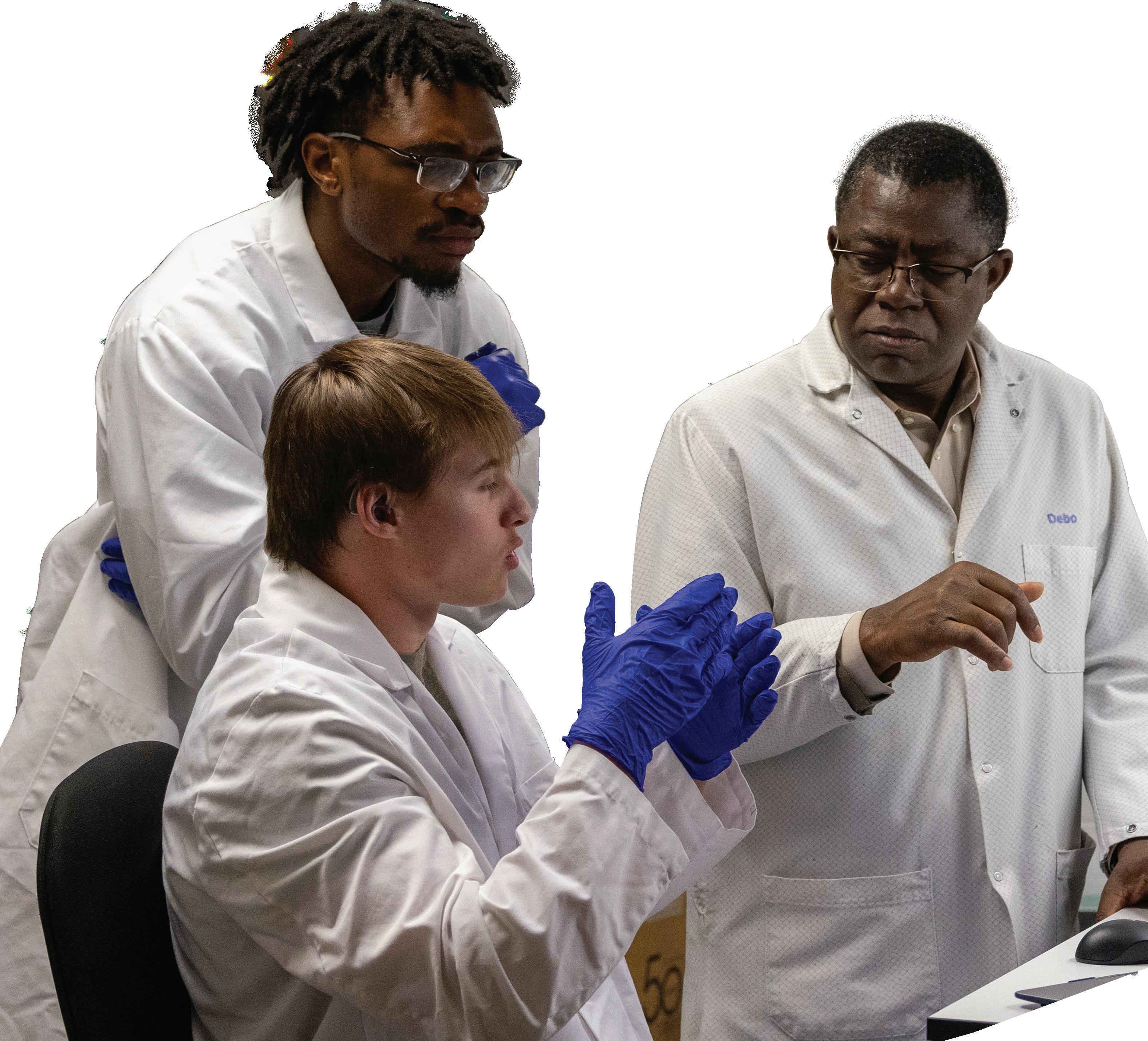
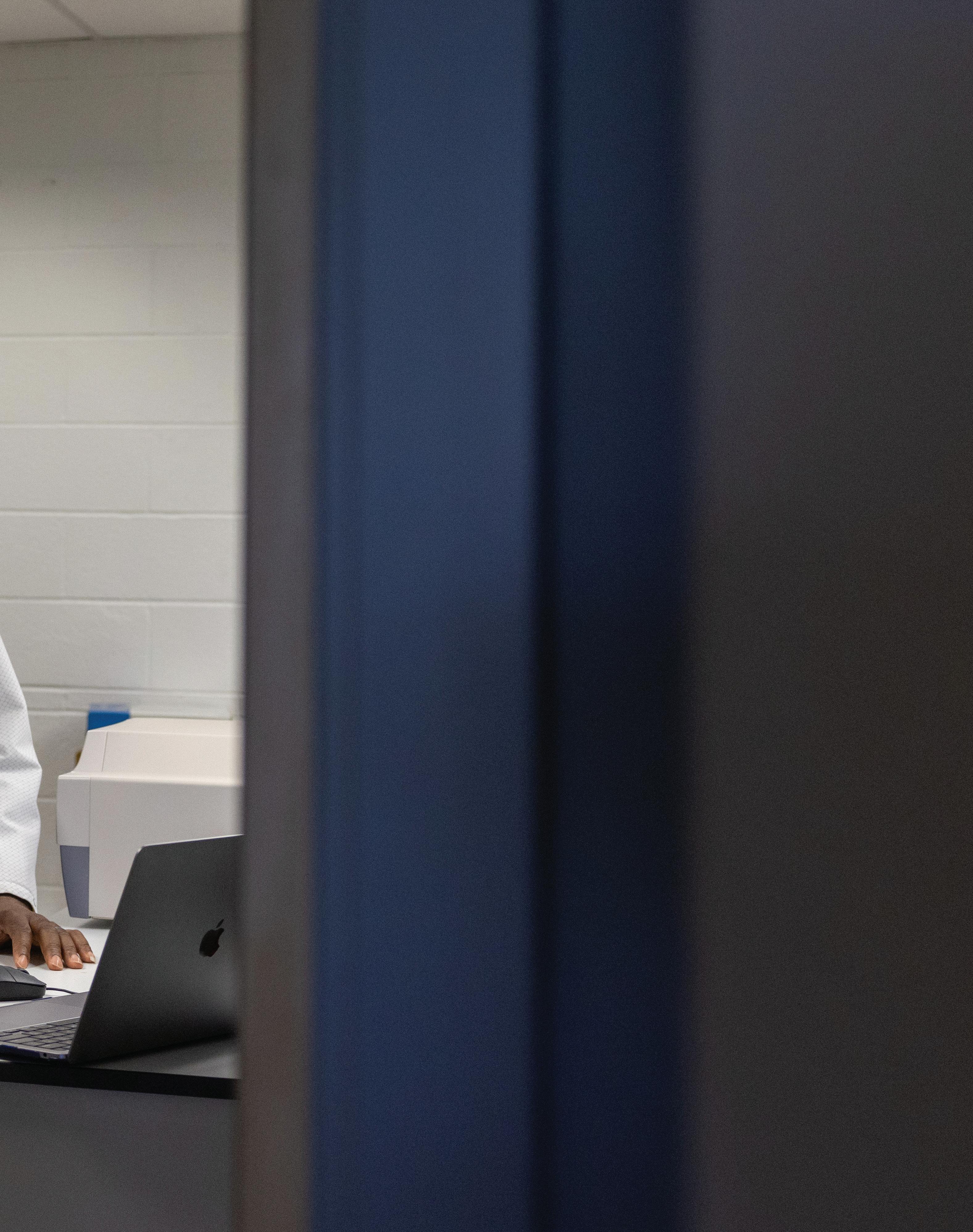
When your bold dreams are powered by the confidence of belonging, there are no limits! At Gallaudet, you’re not just a student - you’re a future leader in the making. Learn more about the admission process gu.live/apply